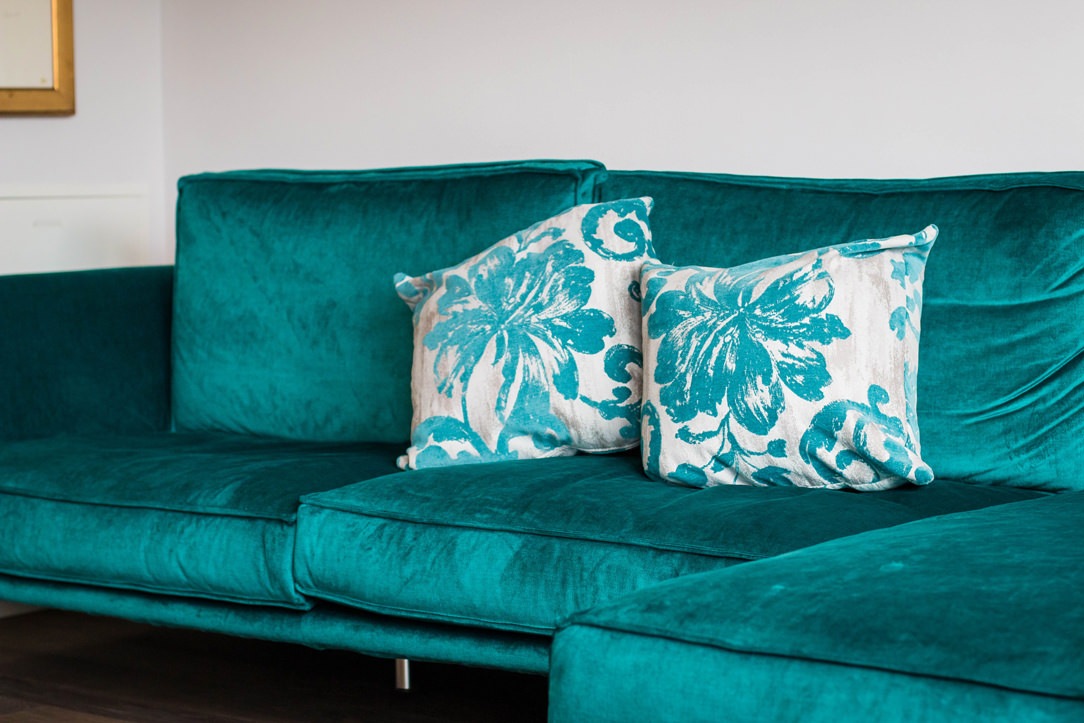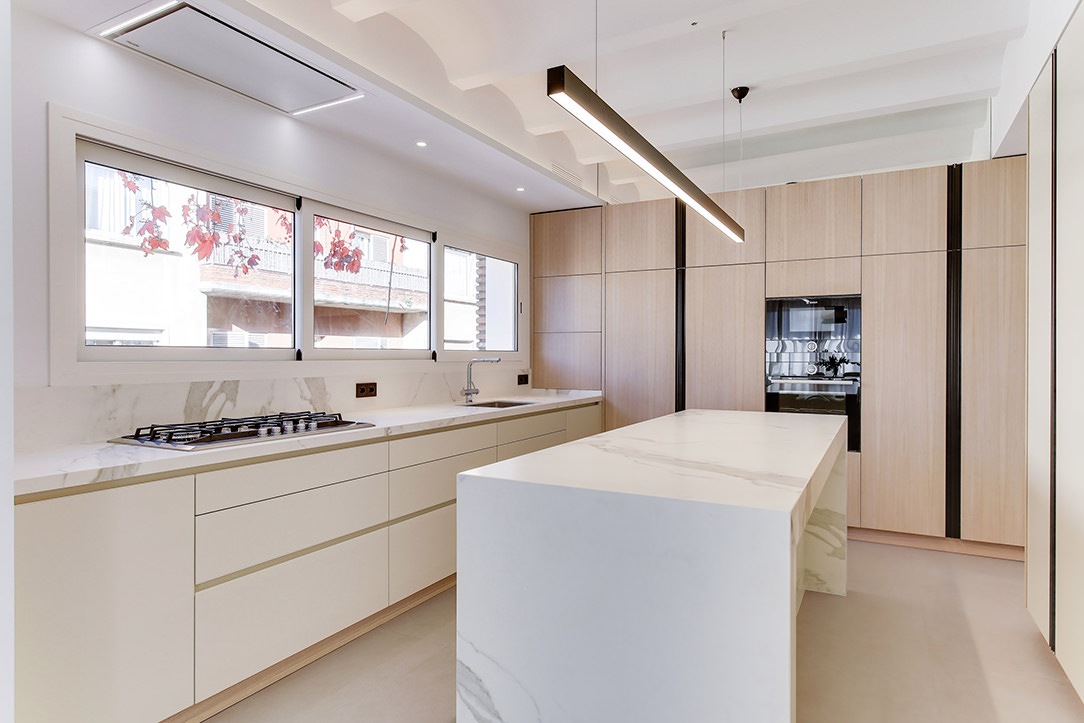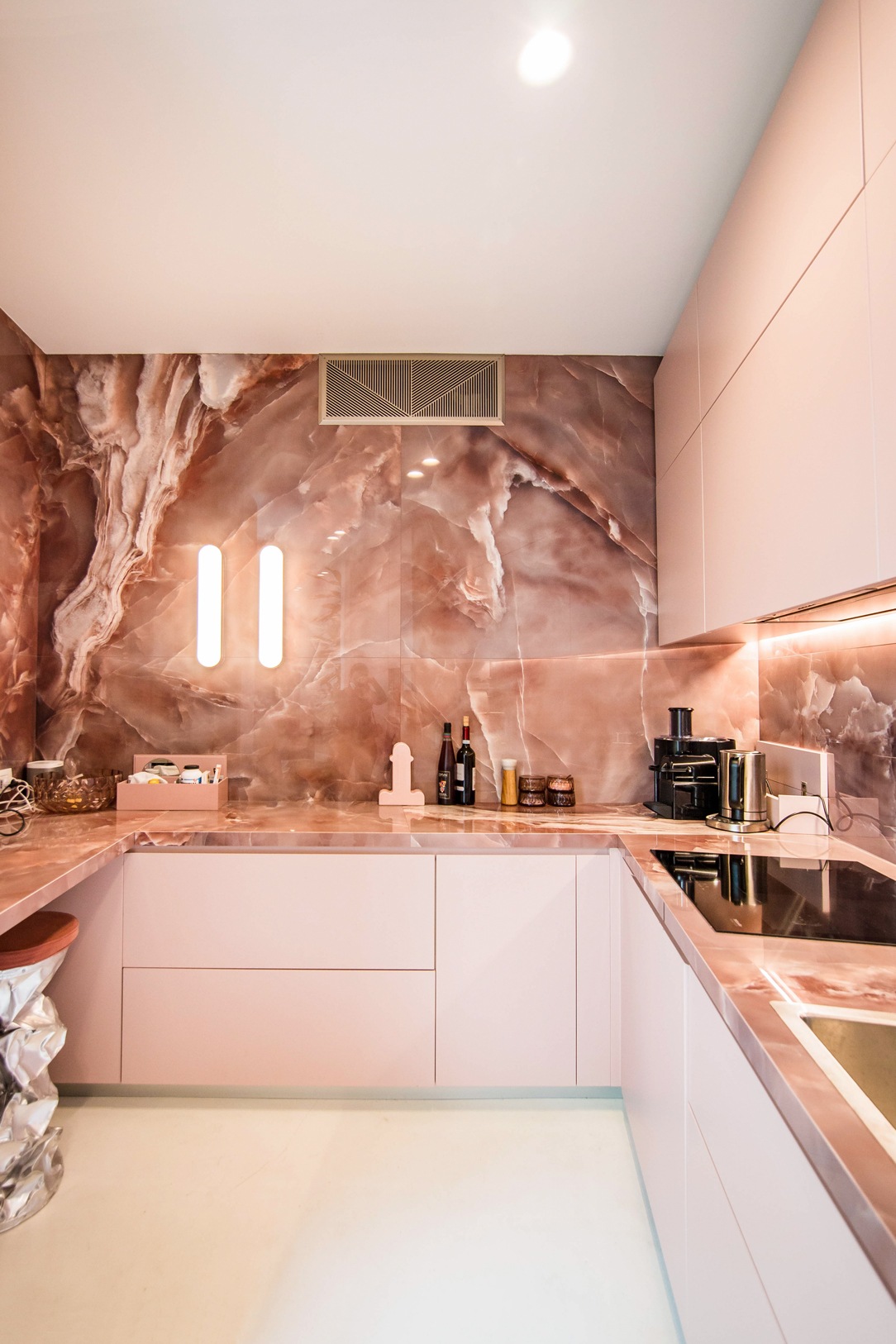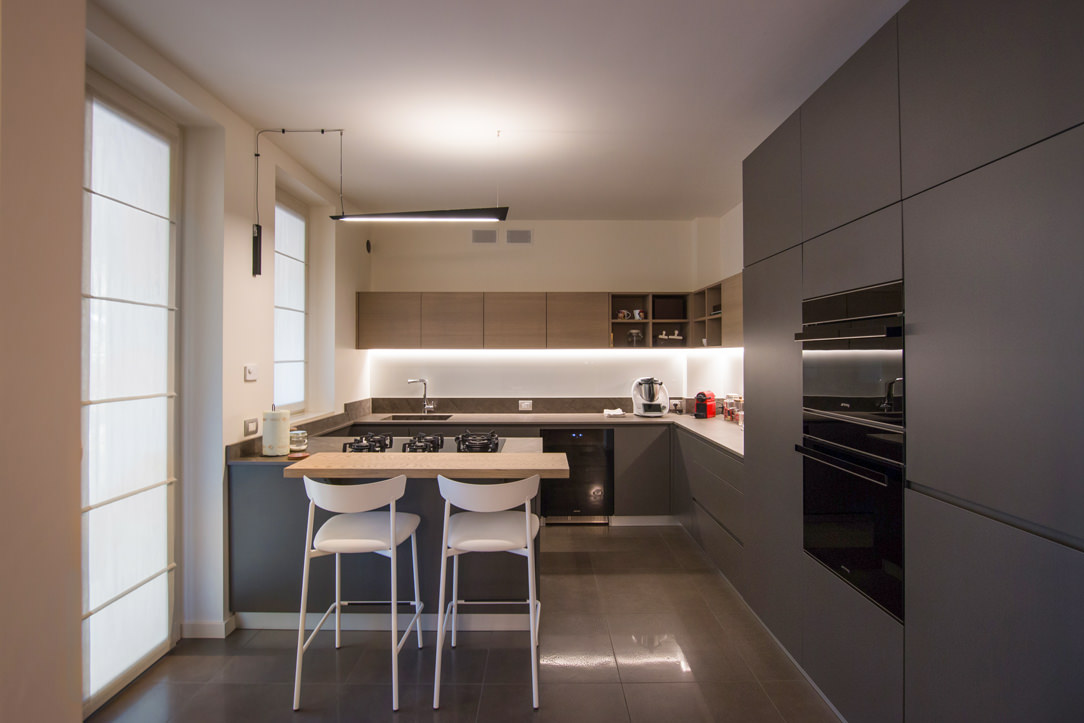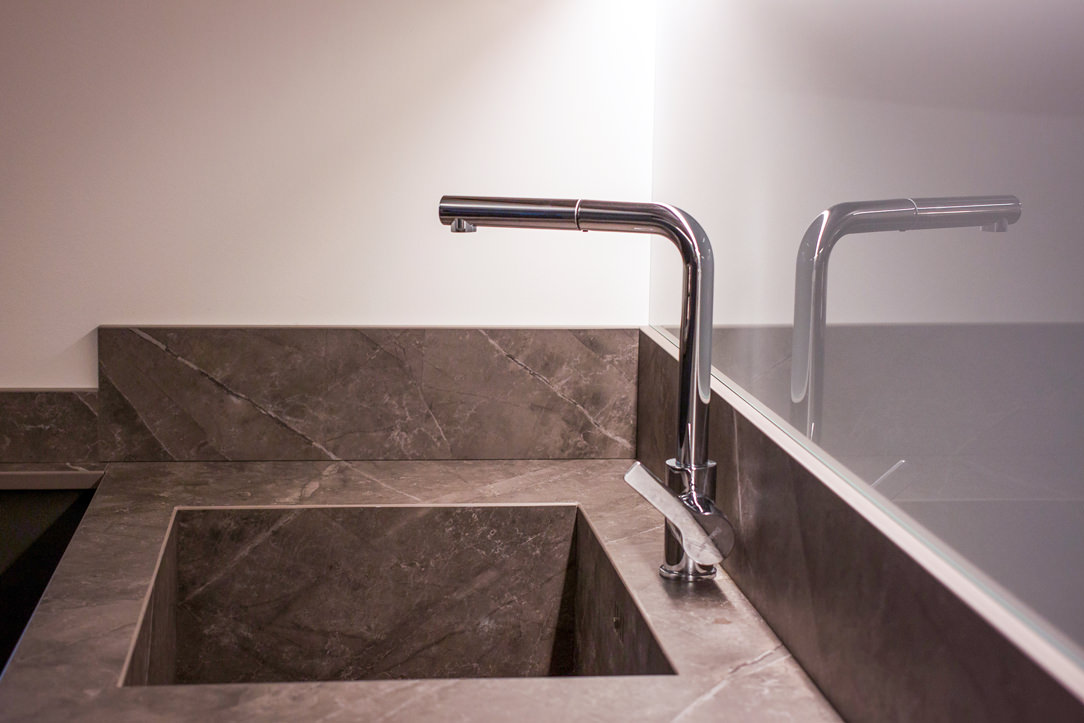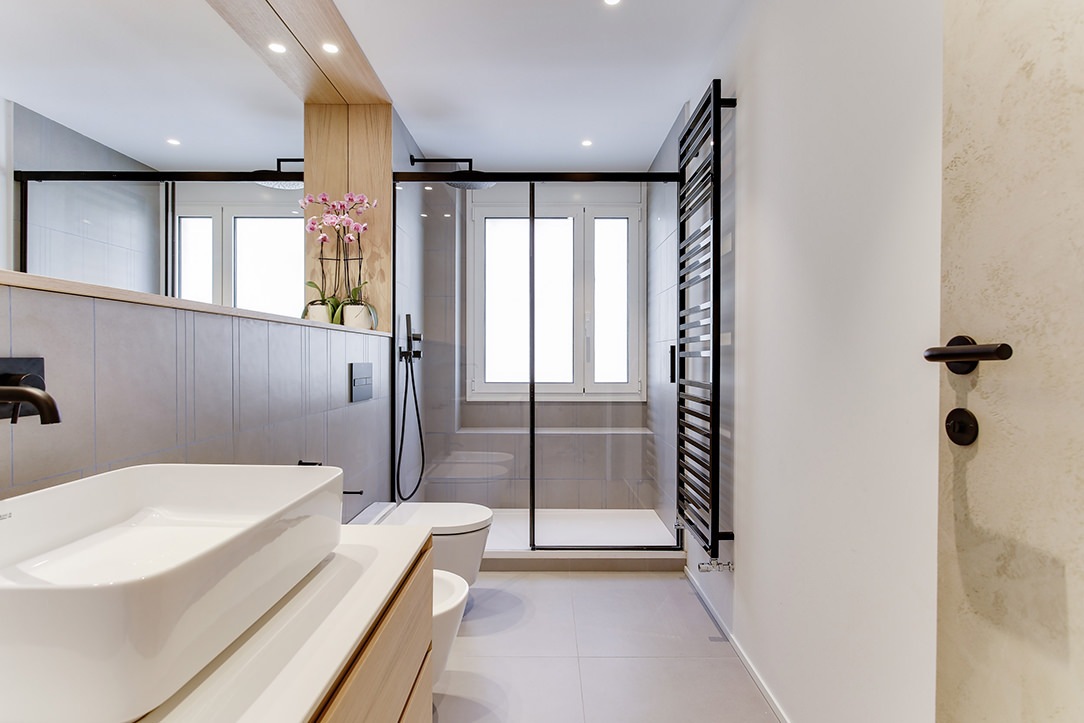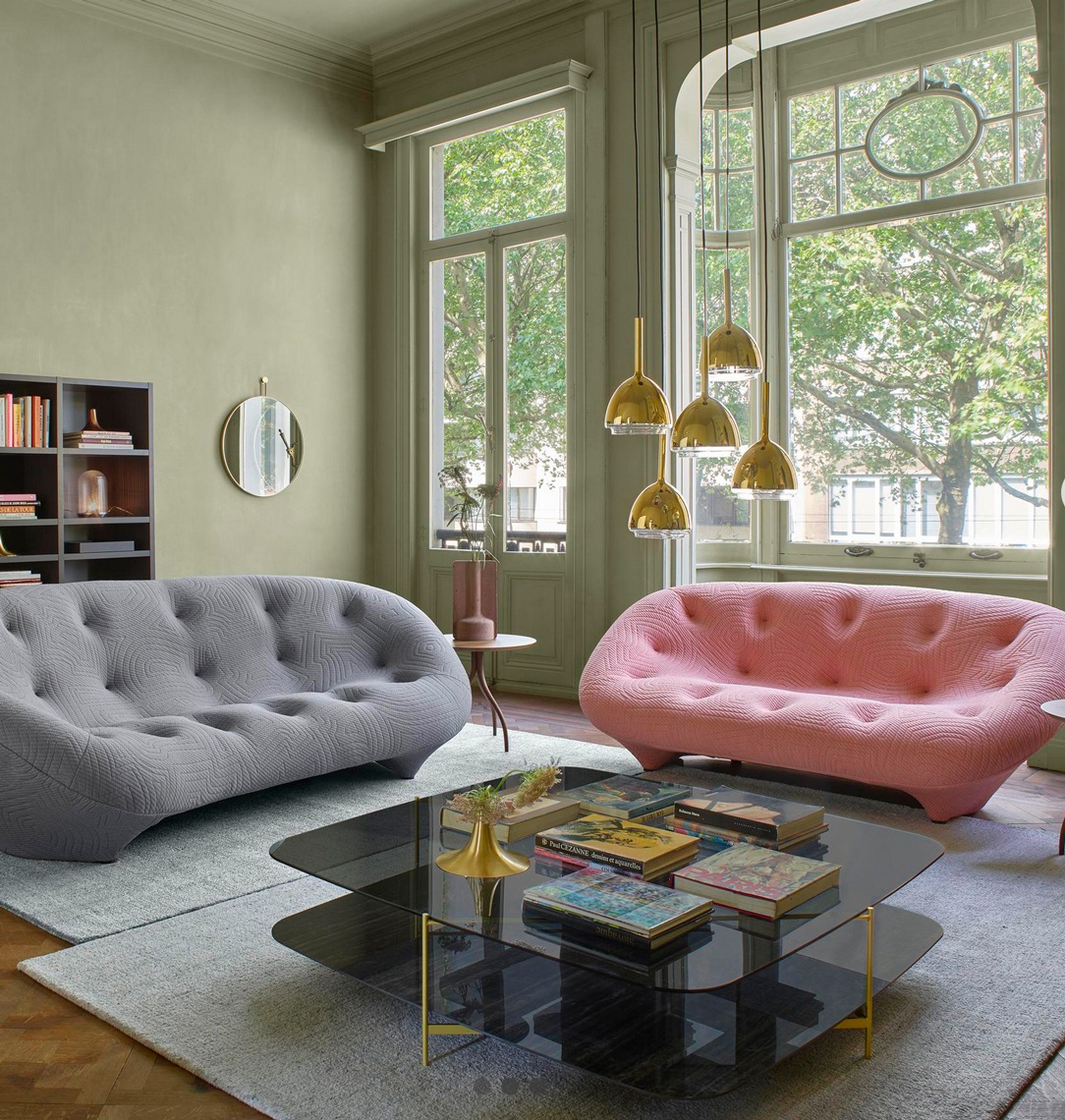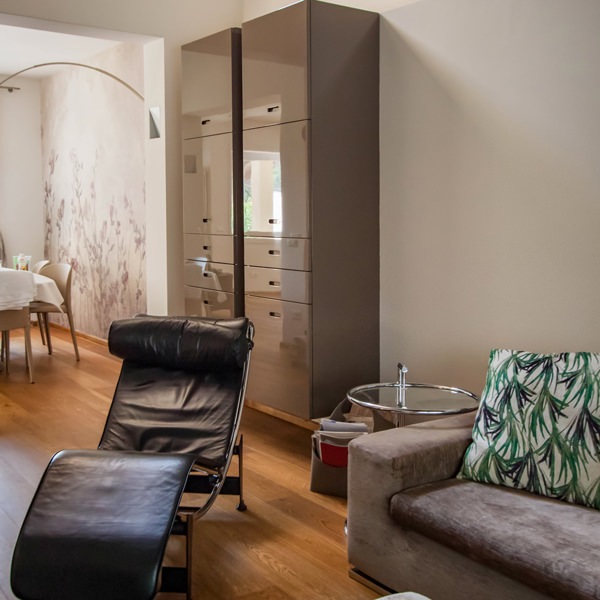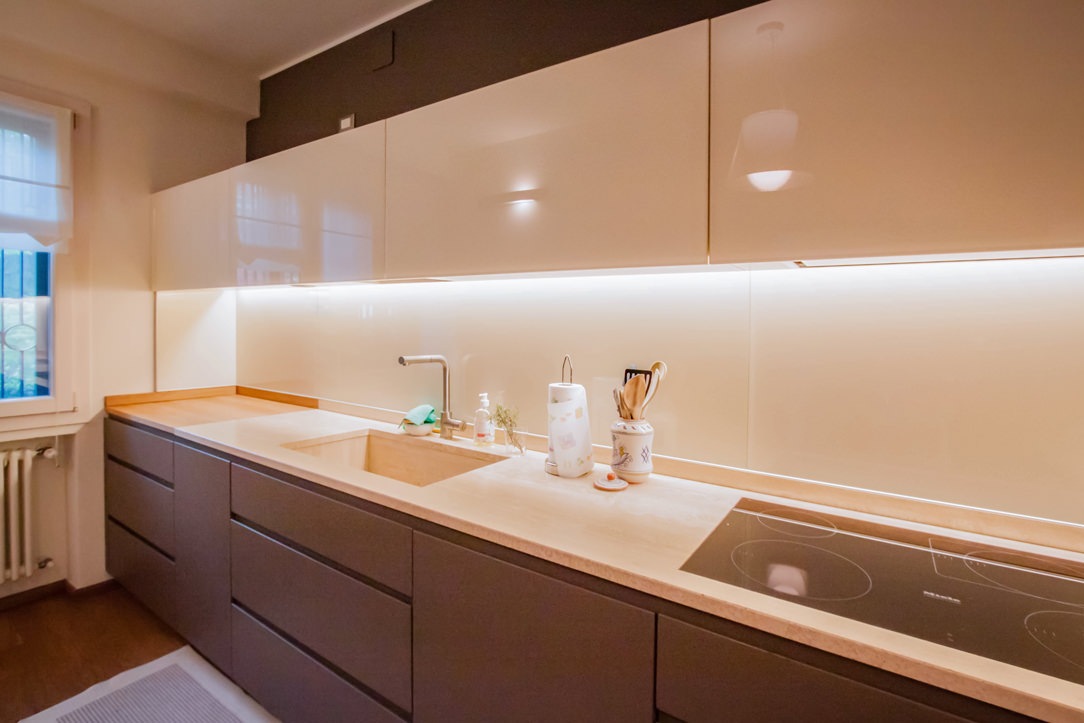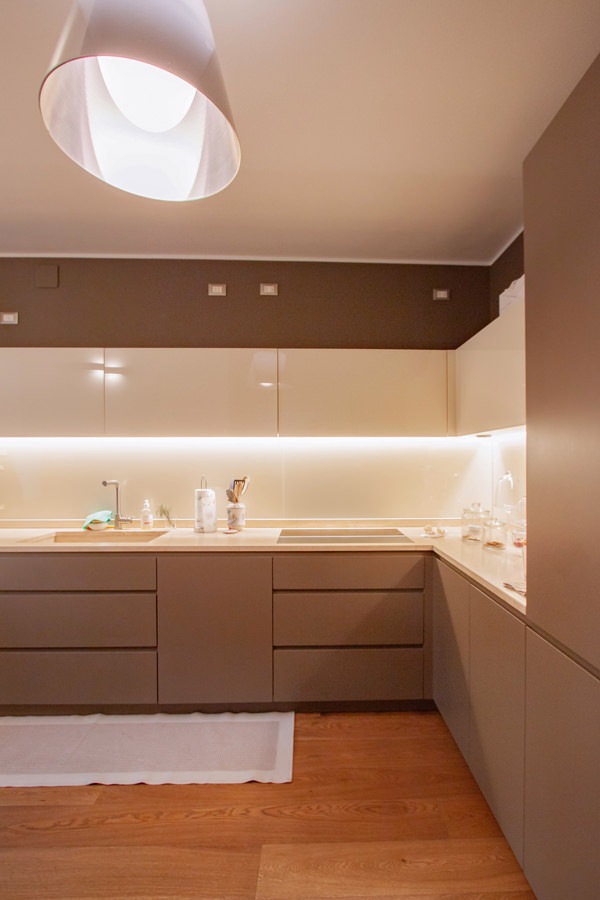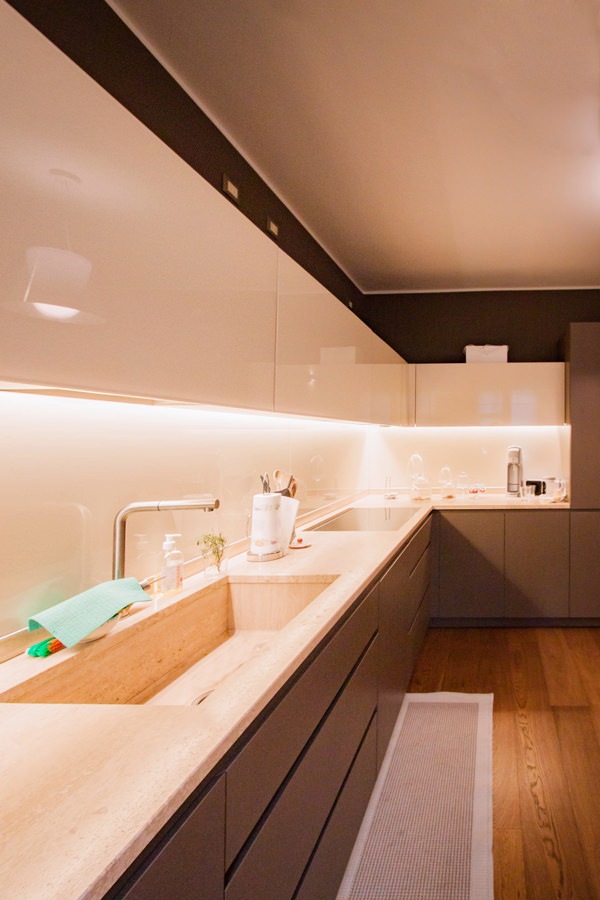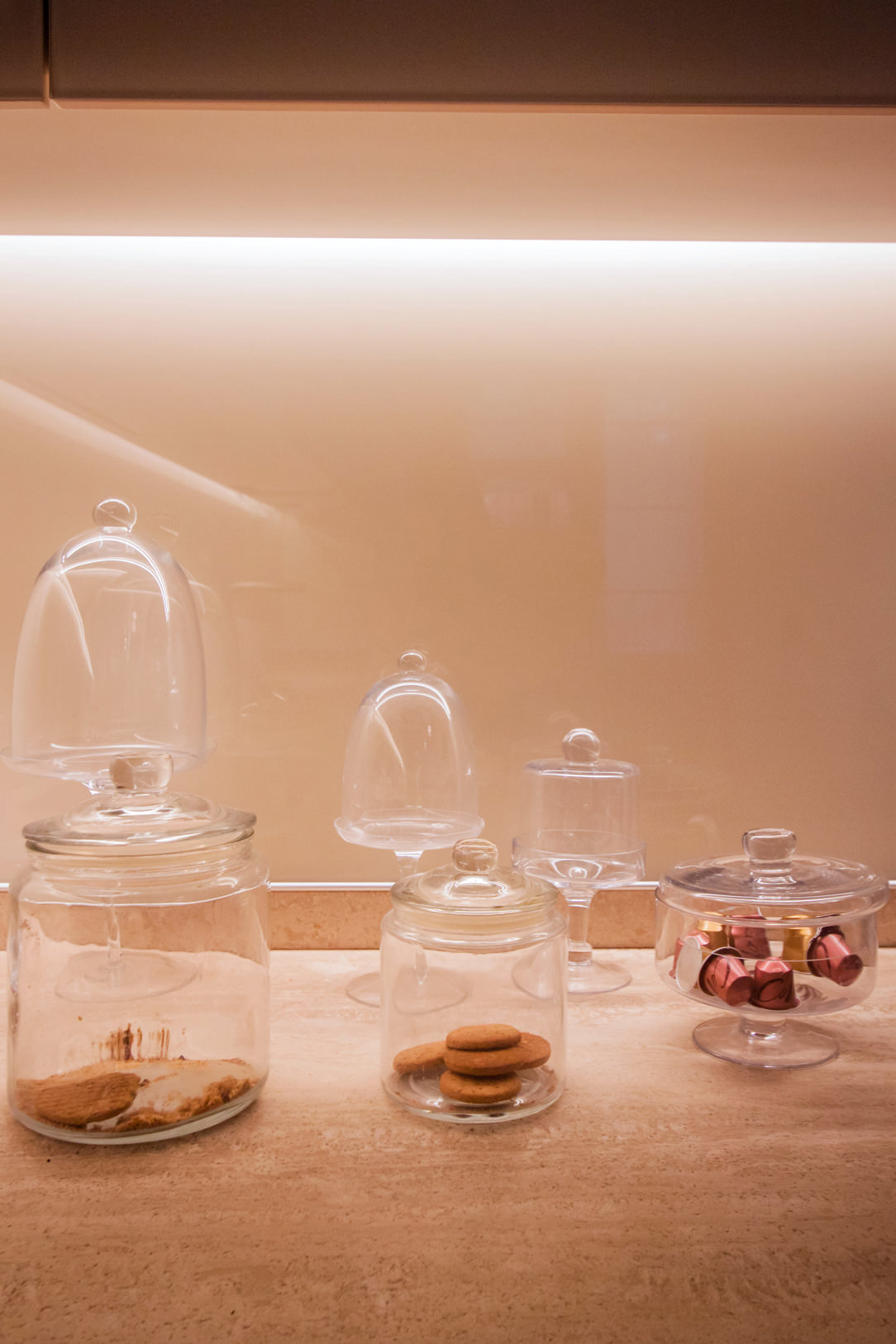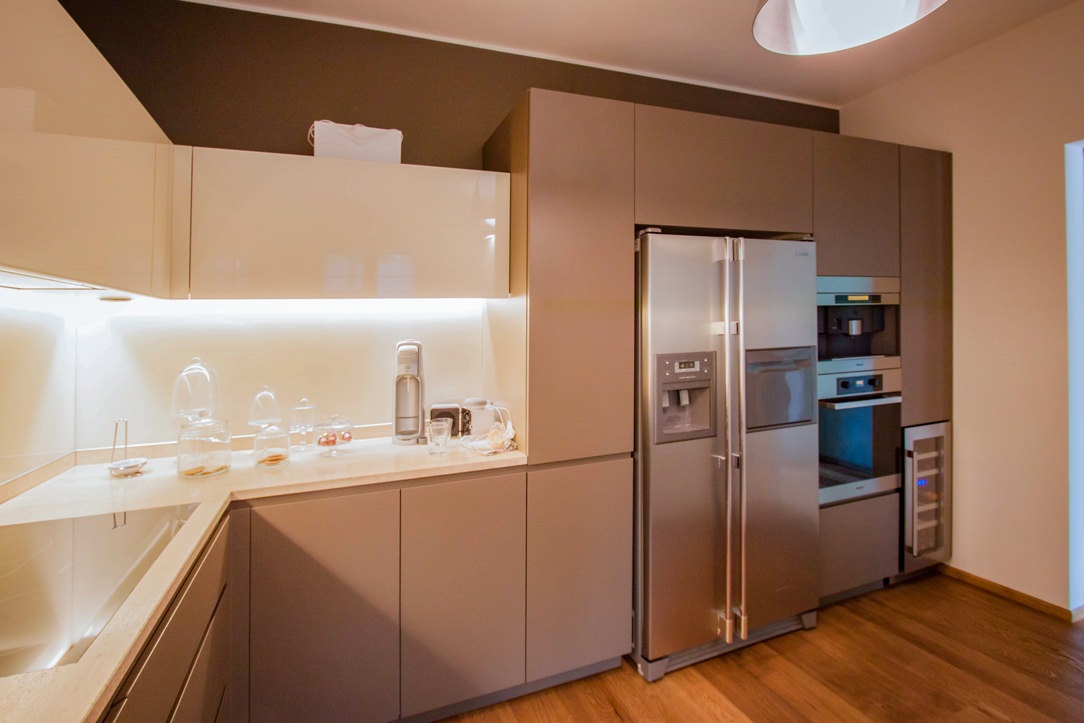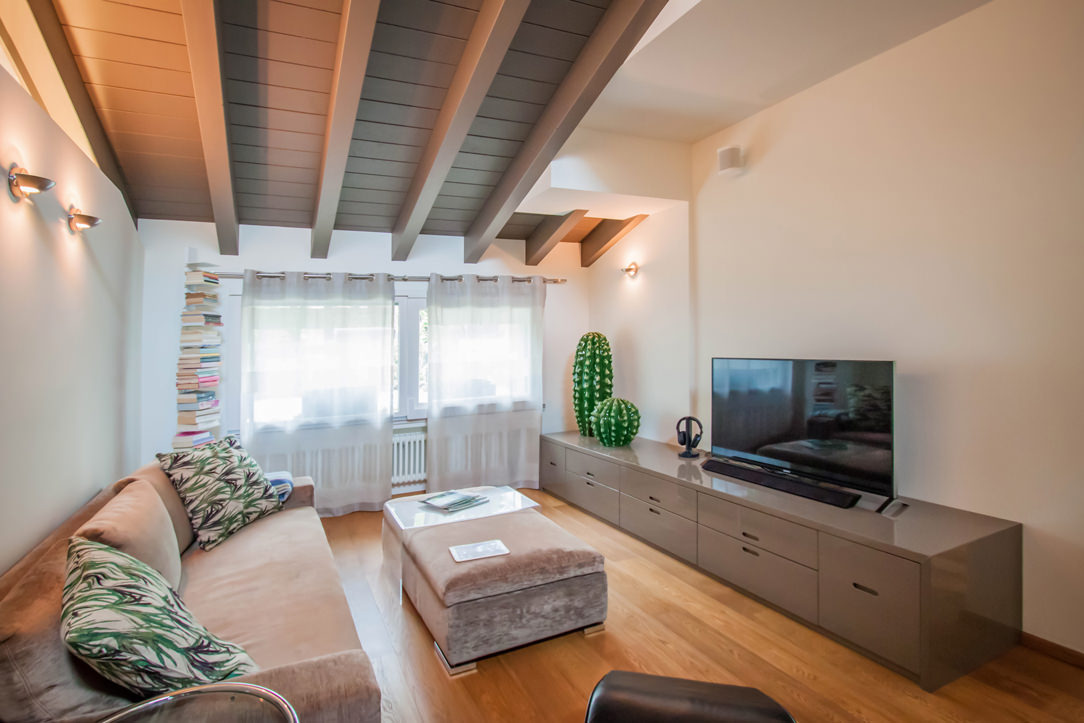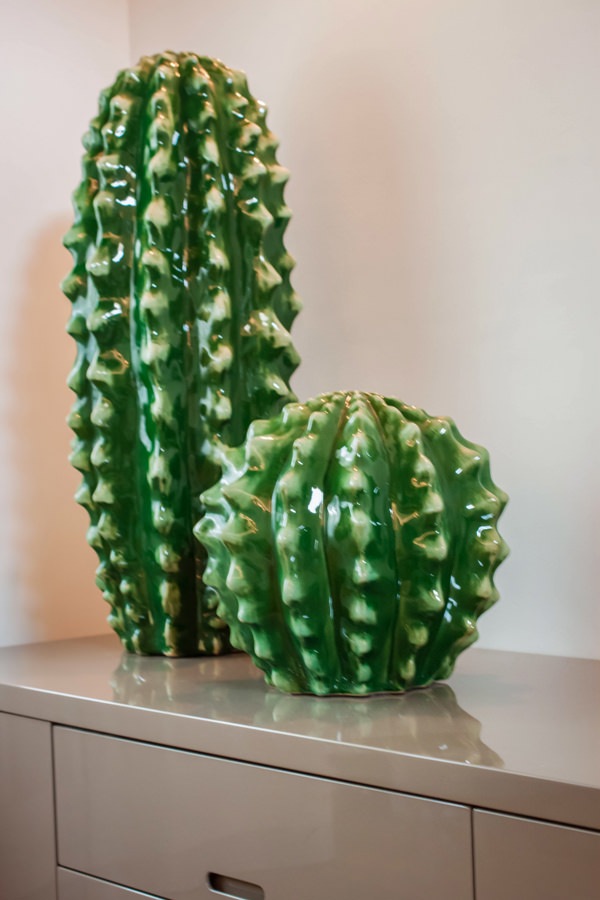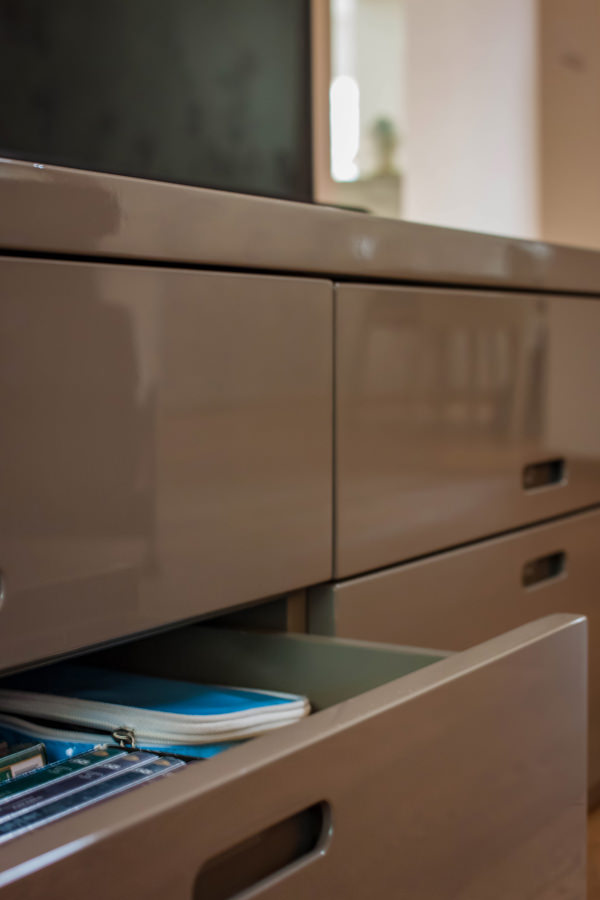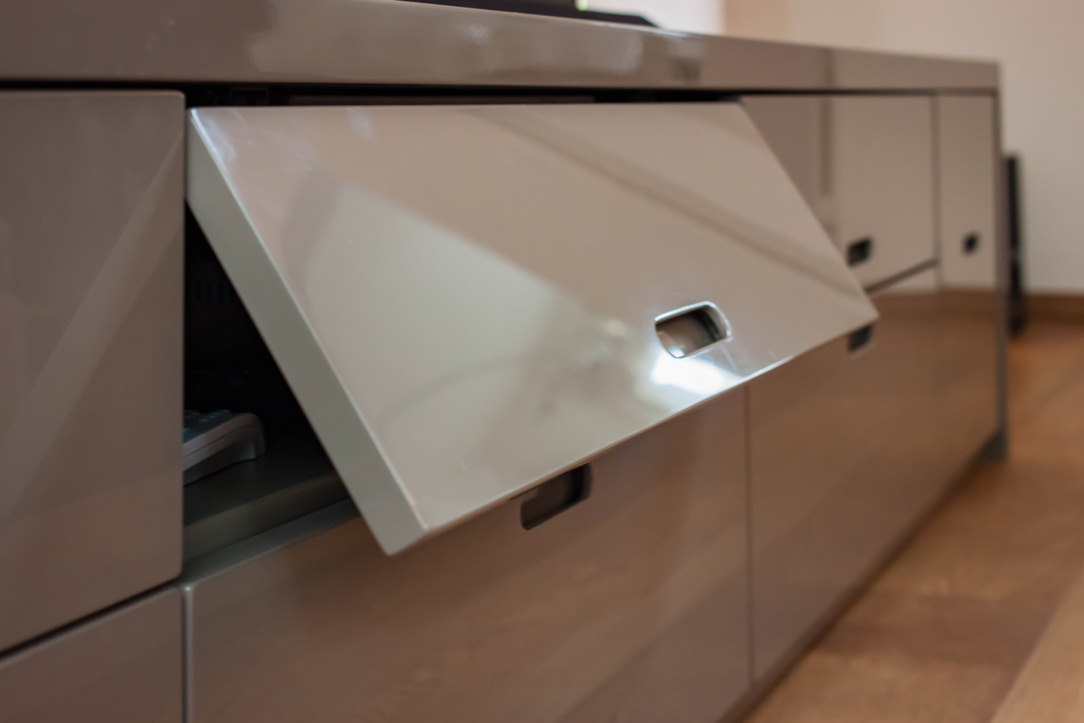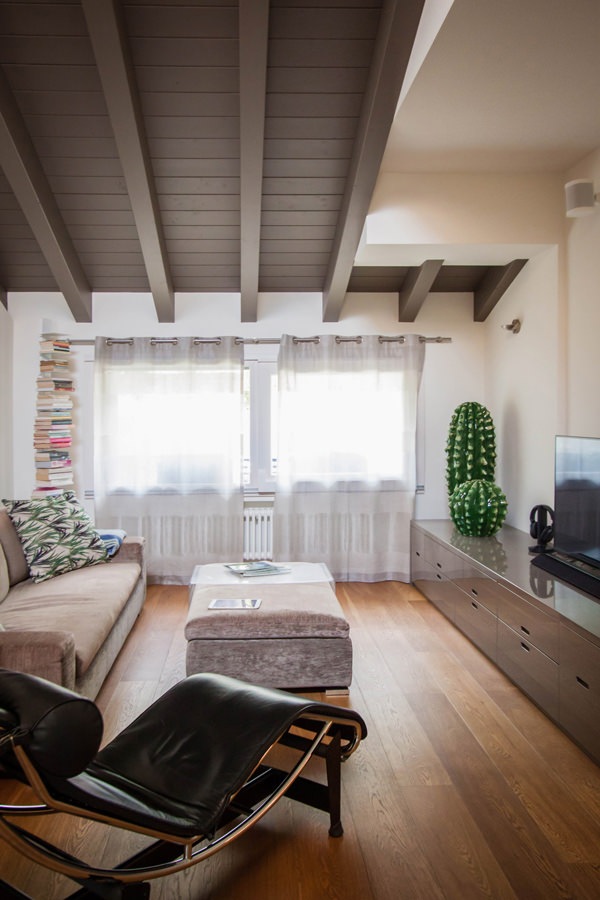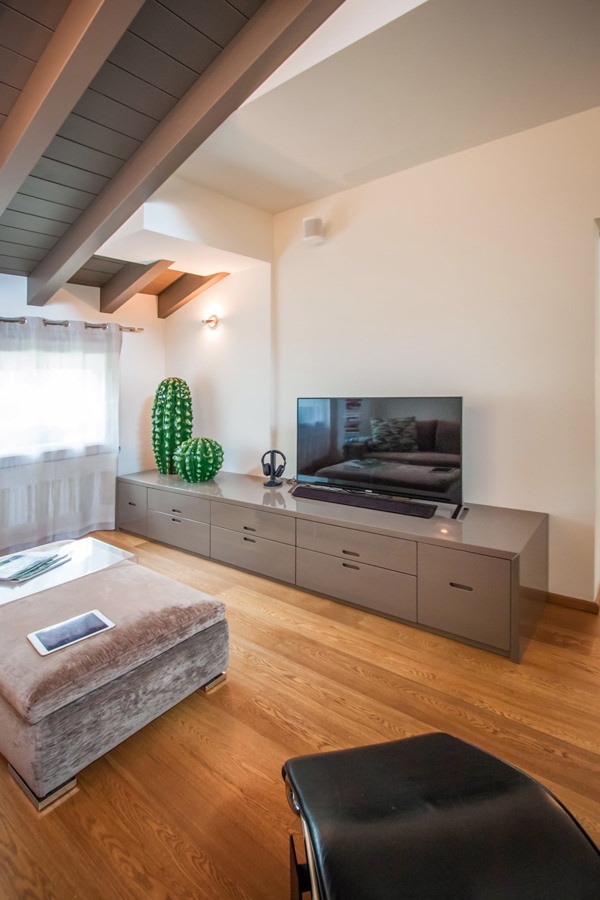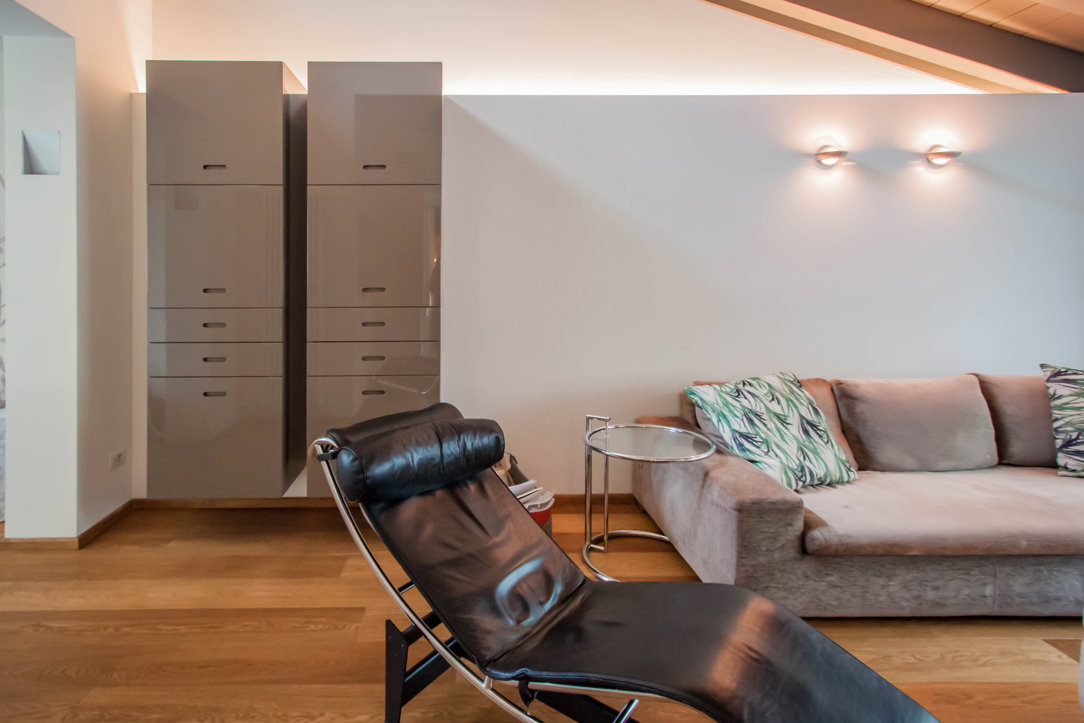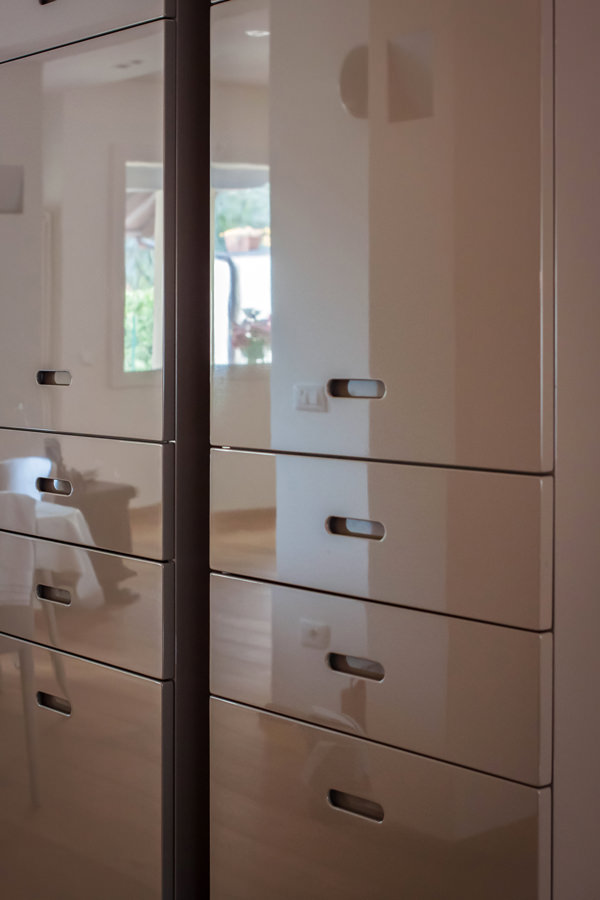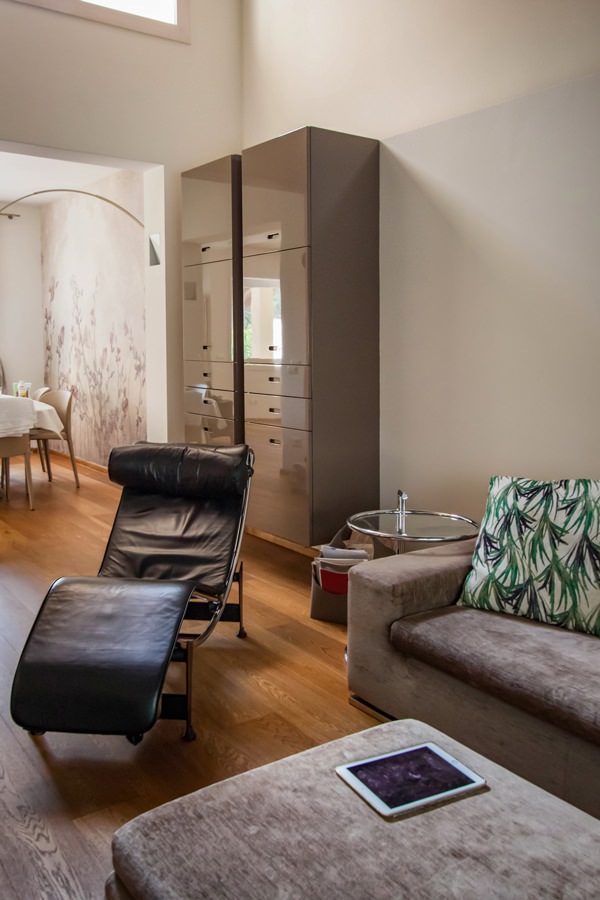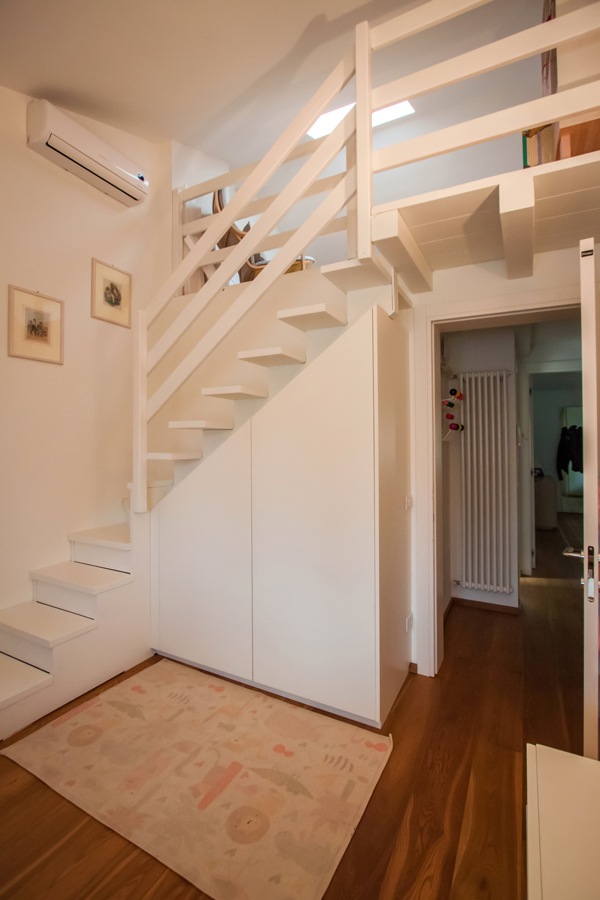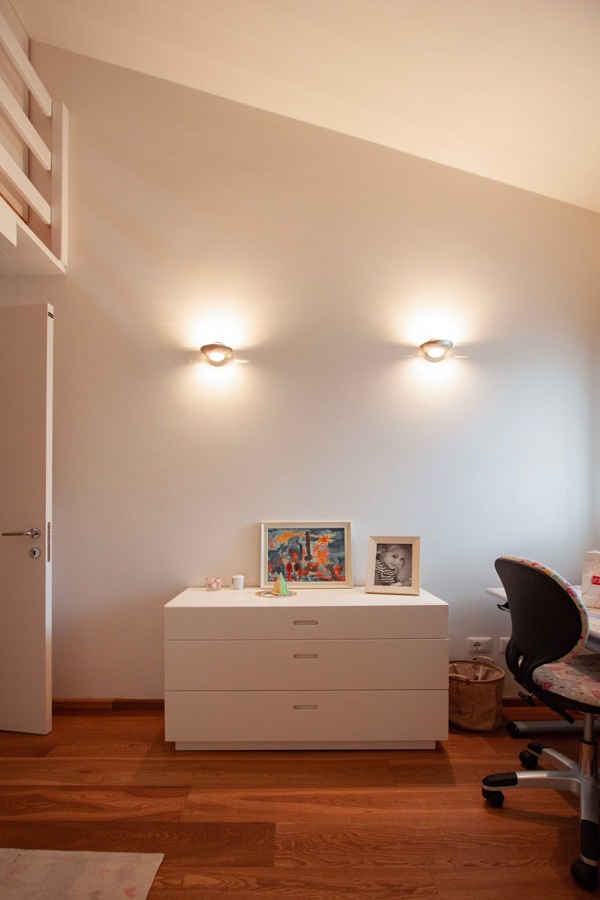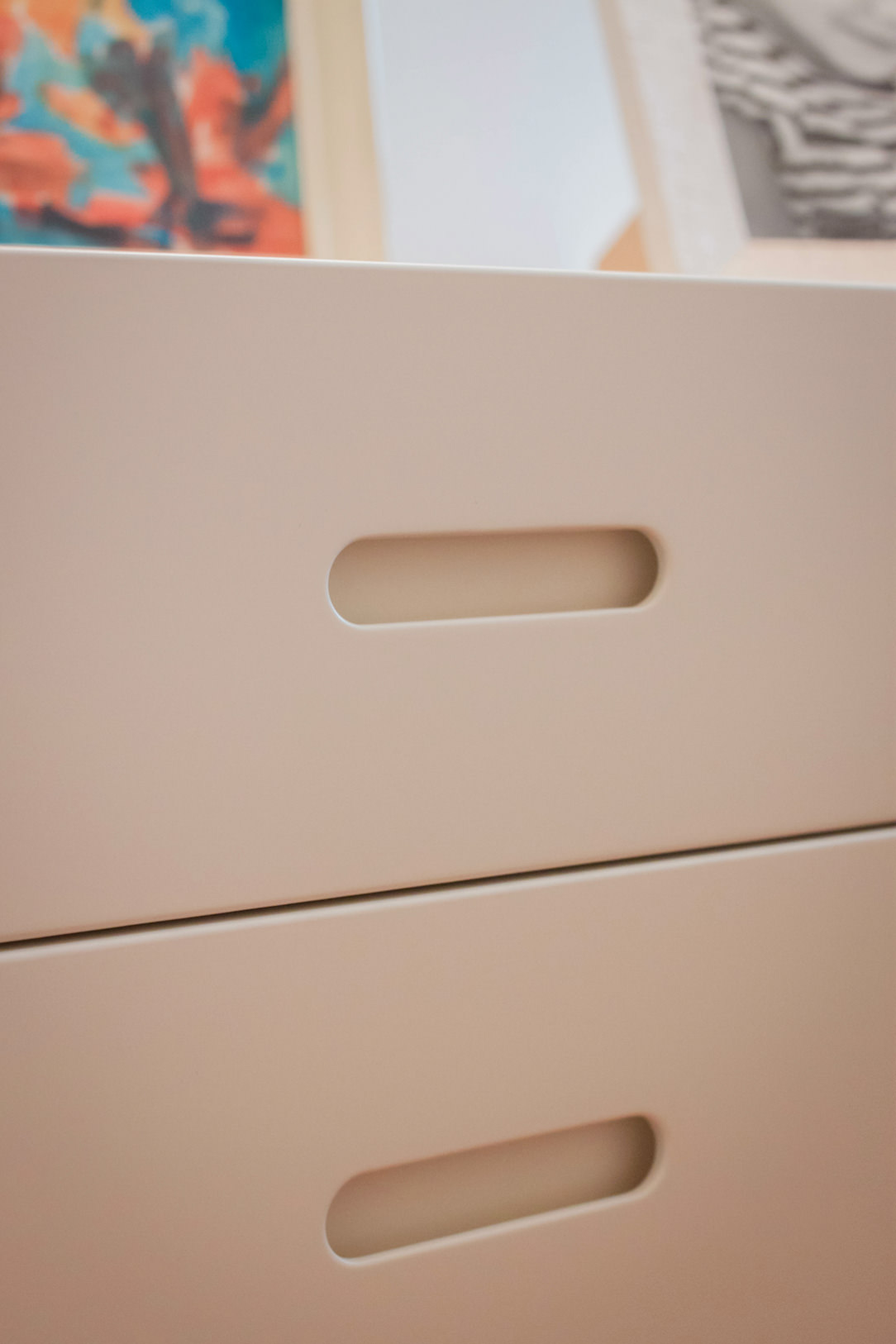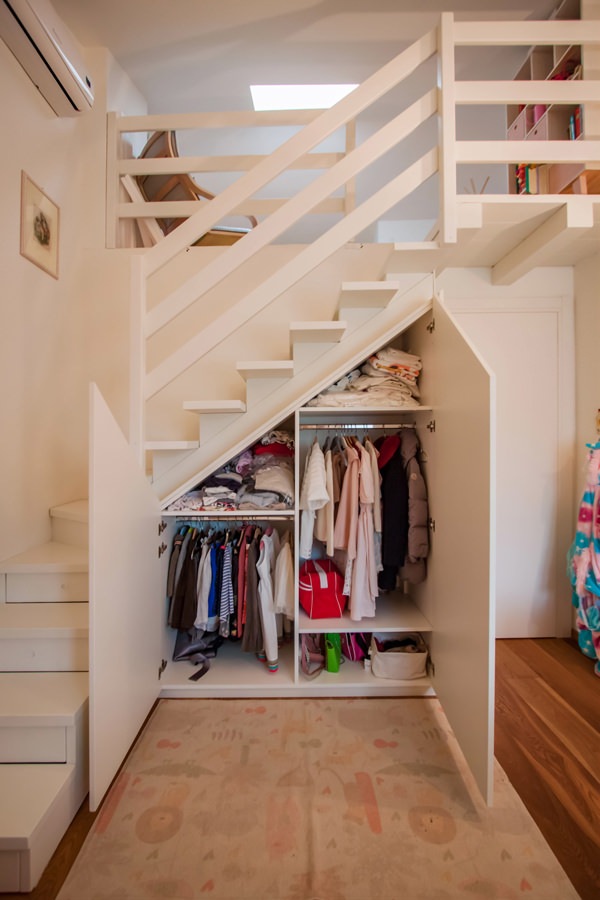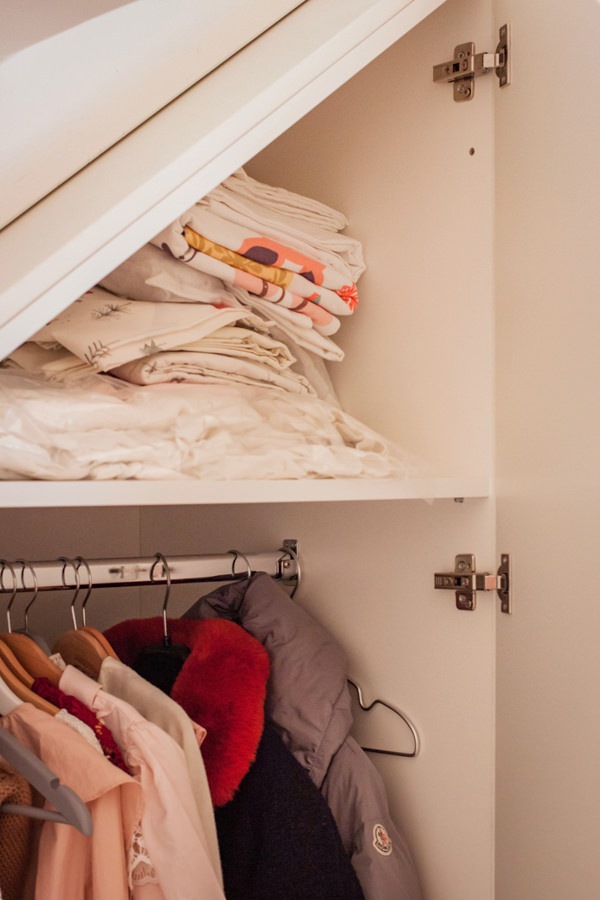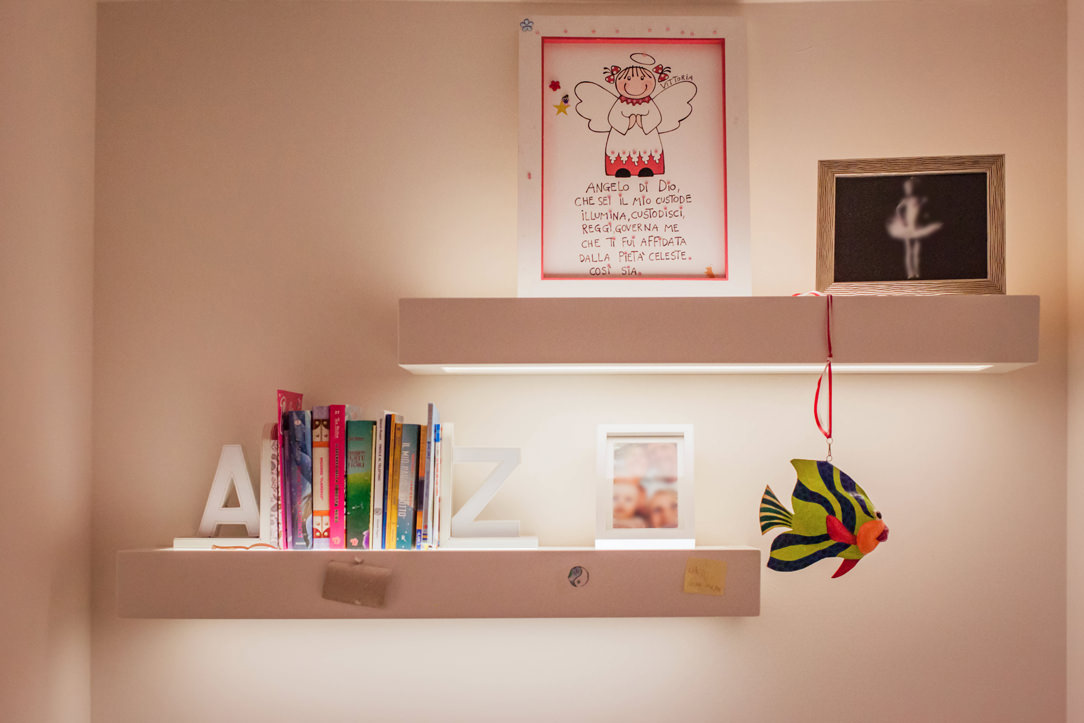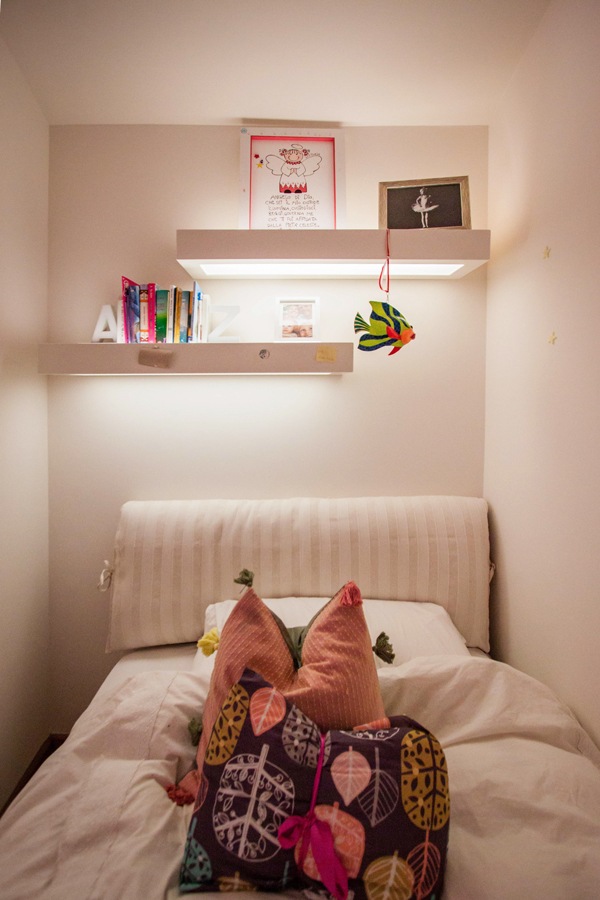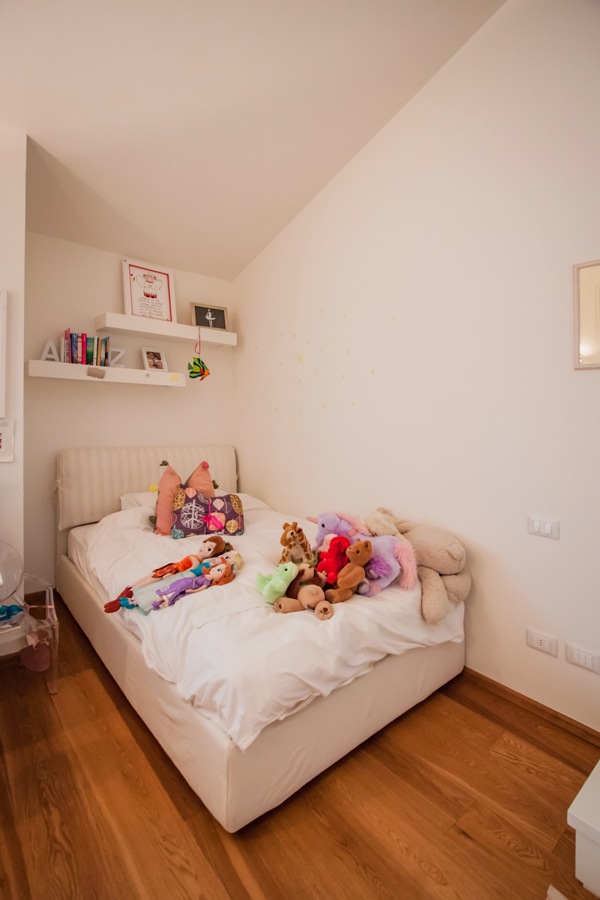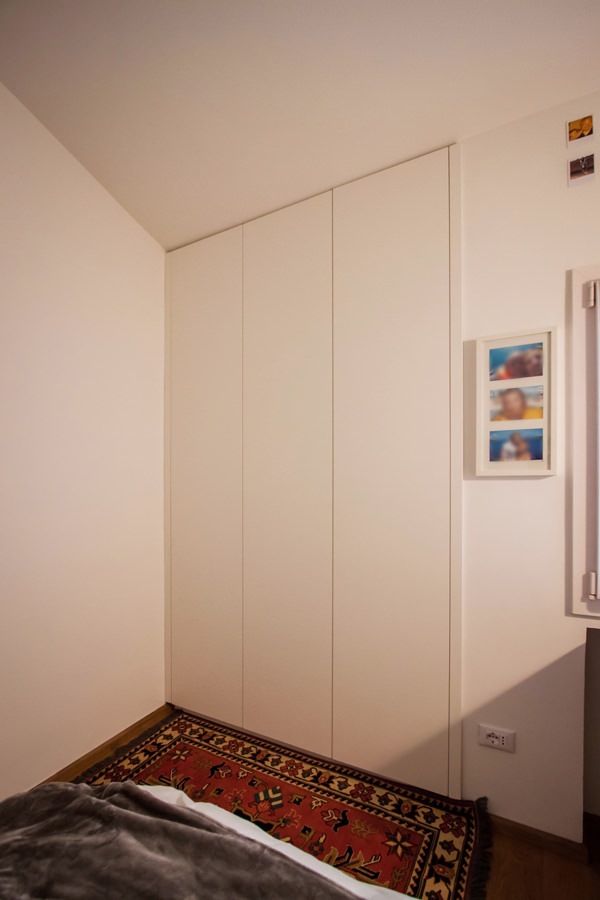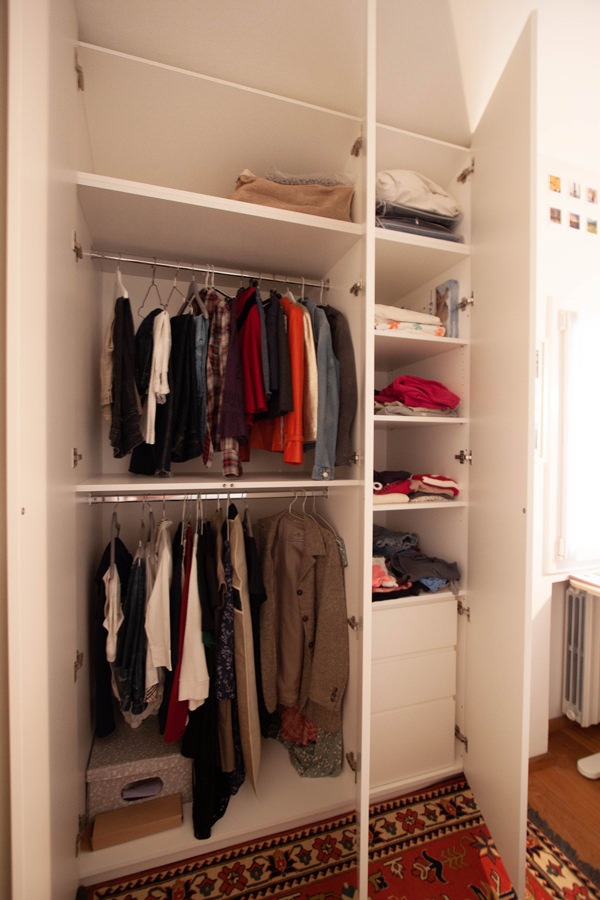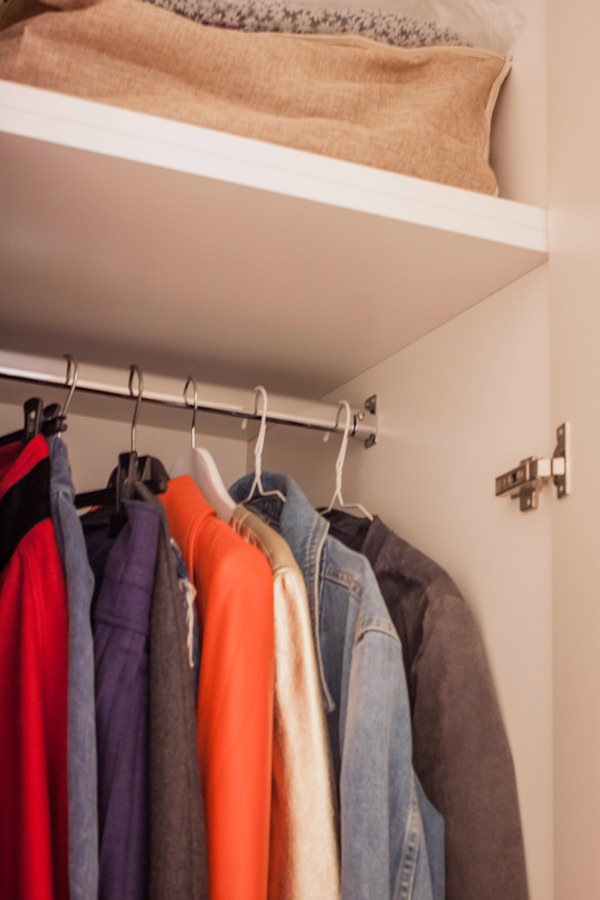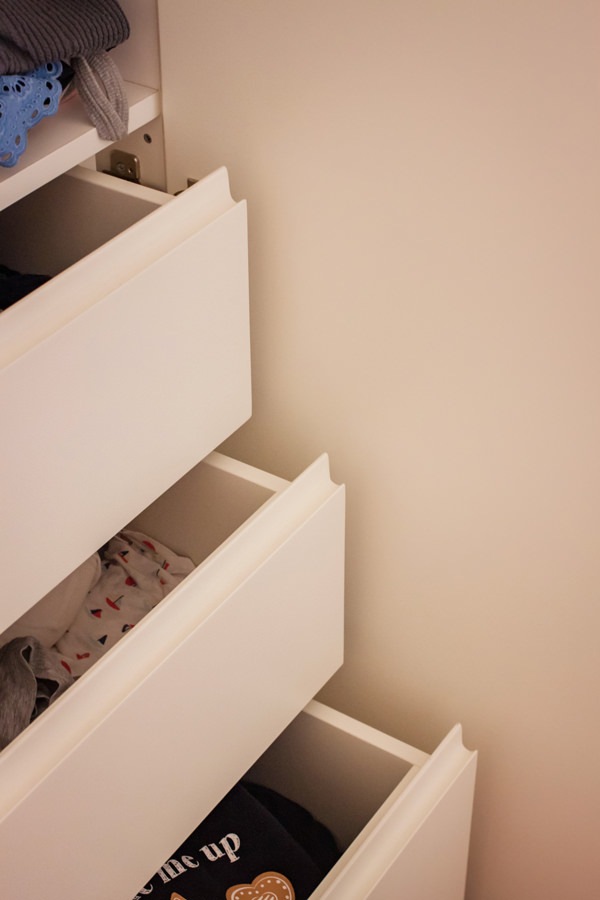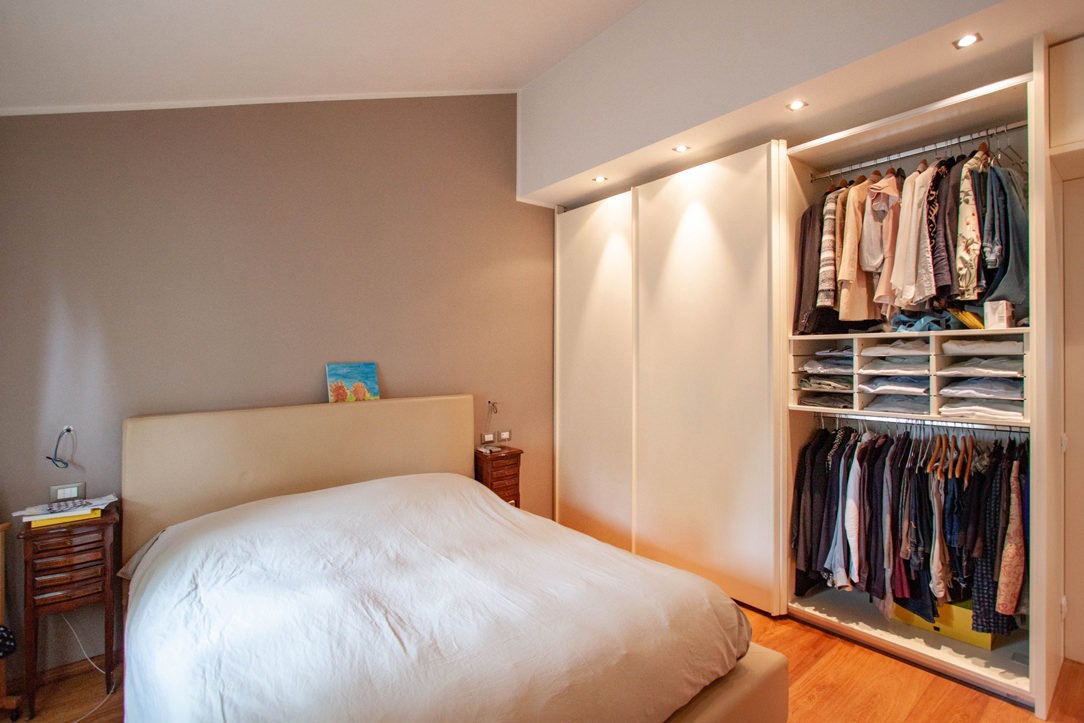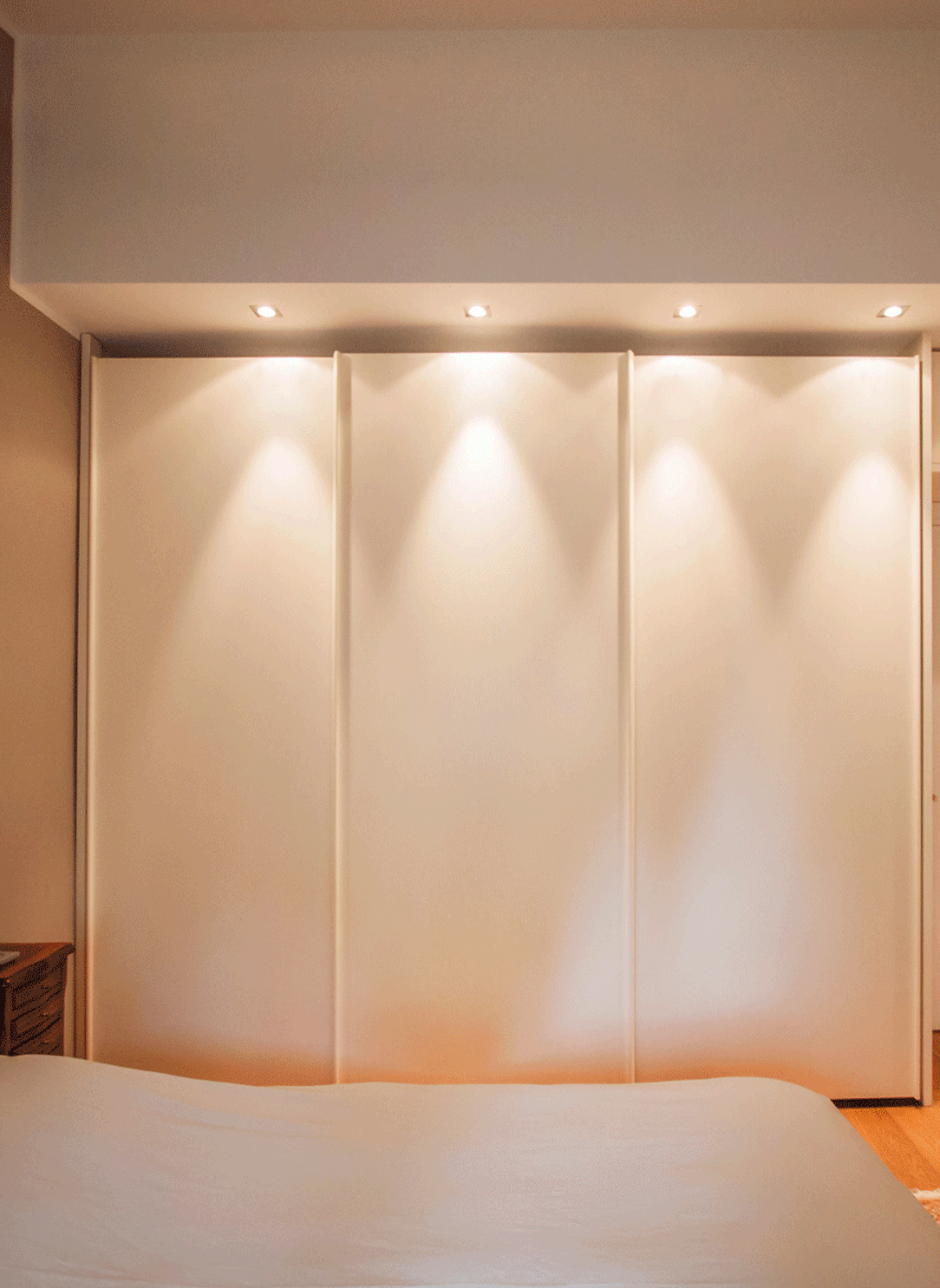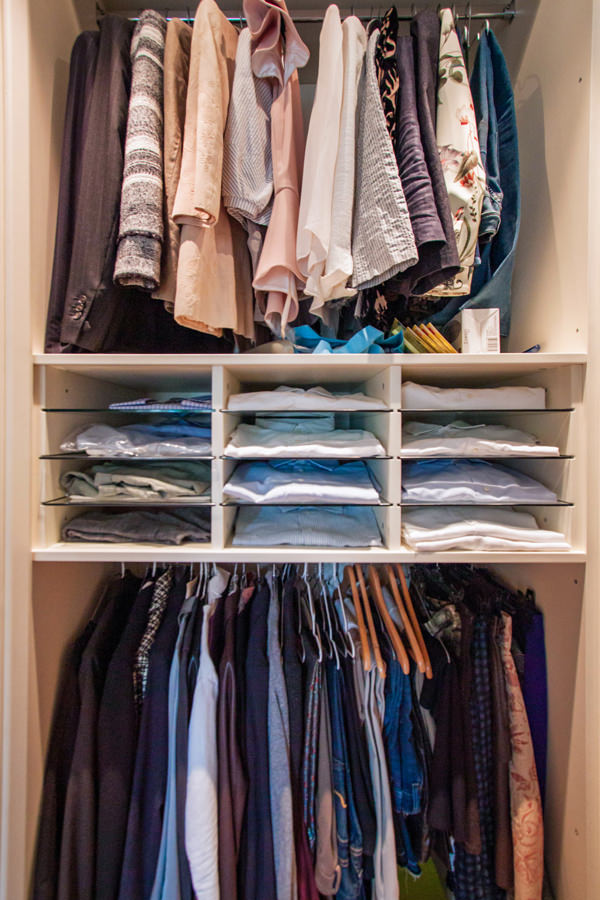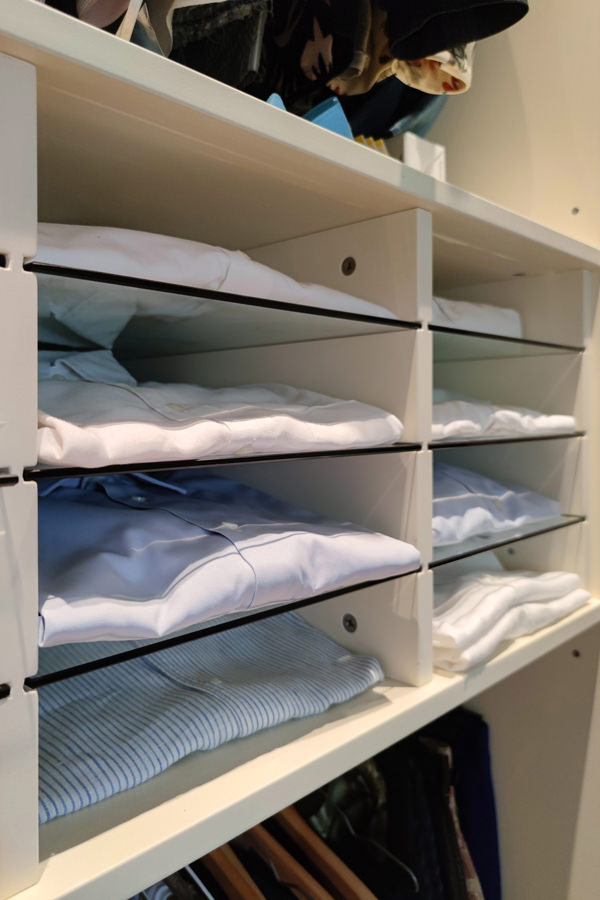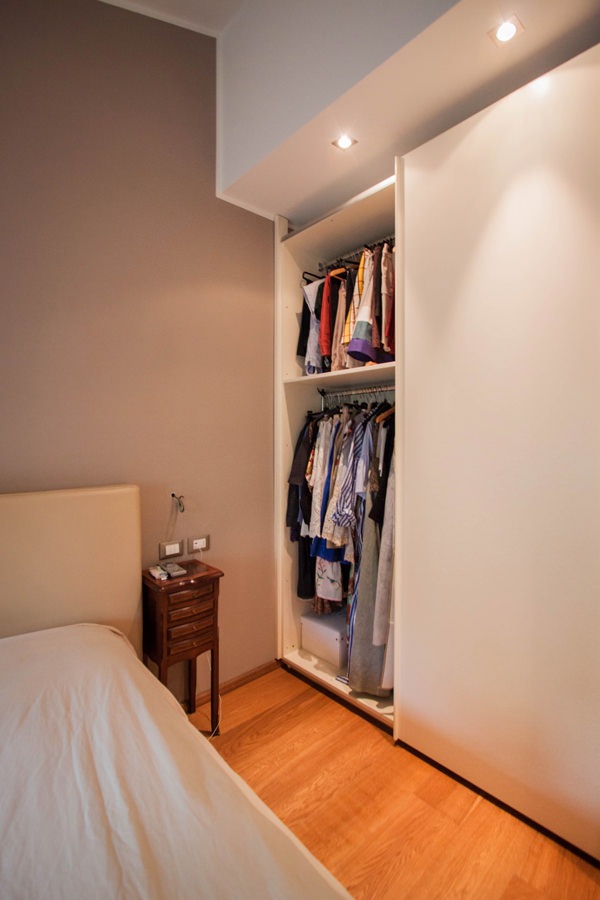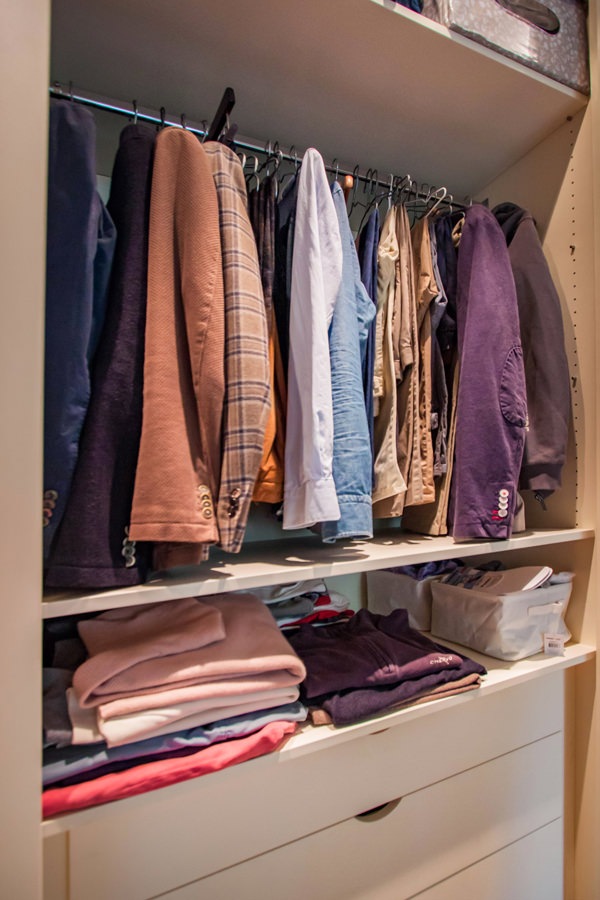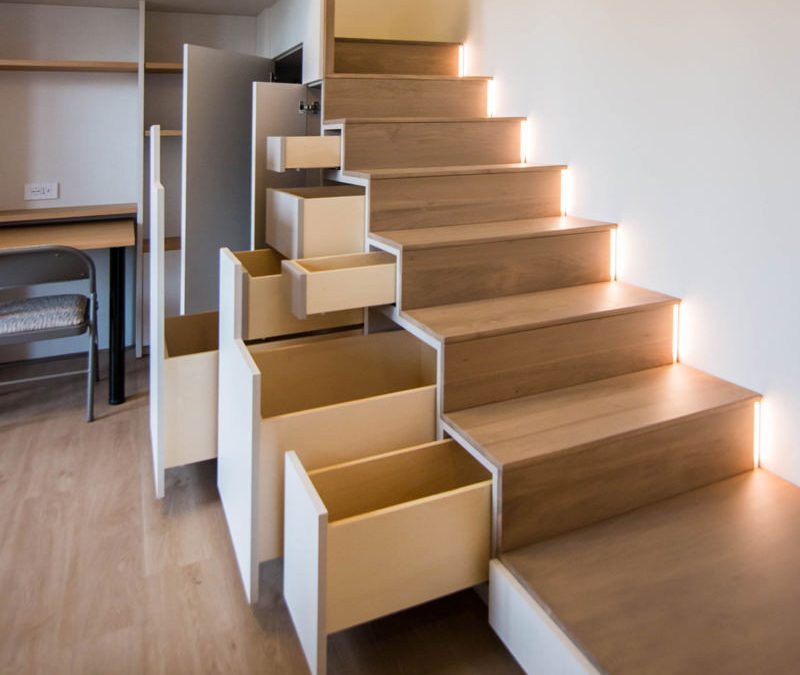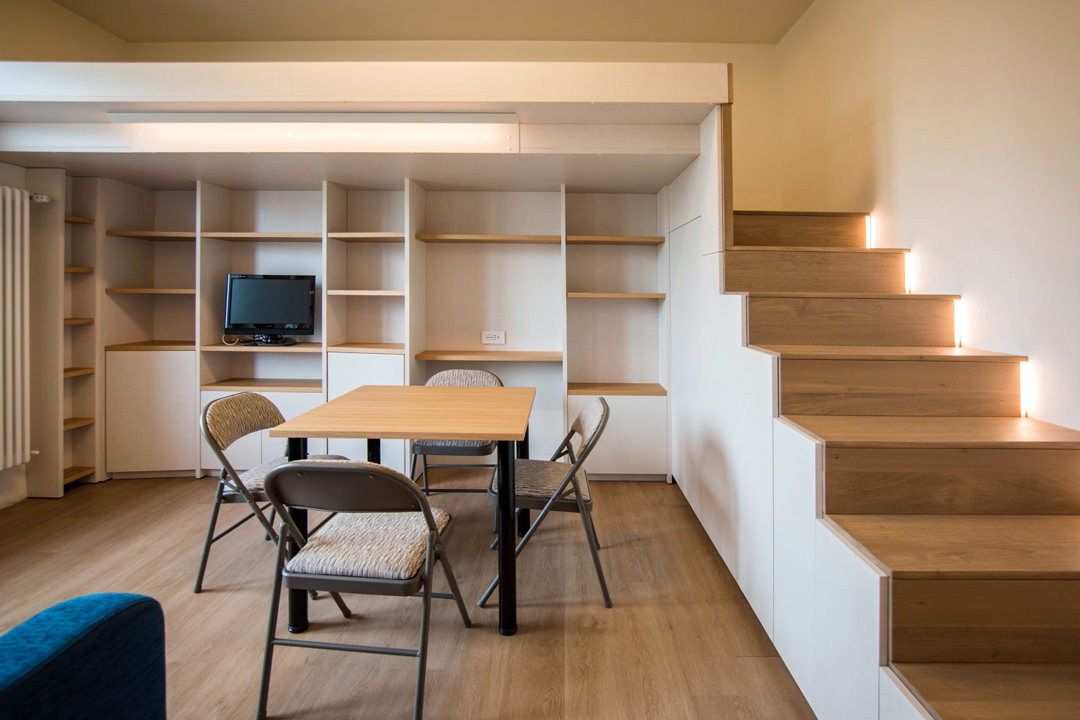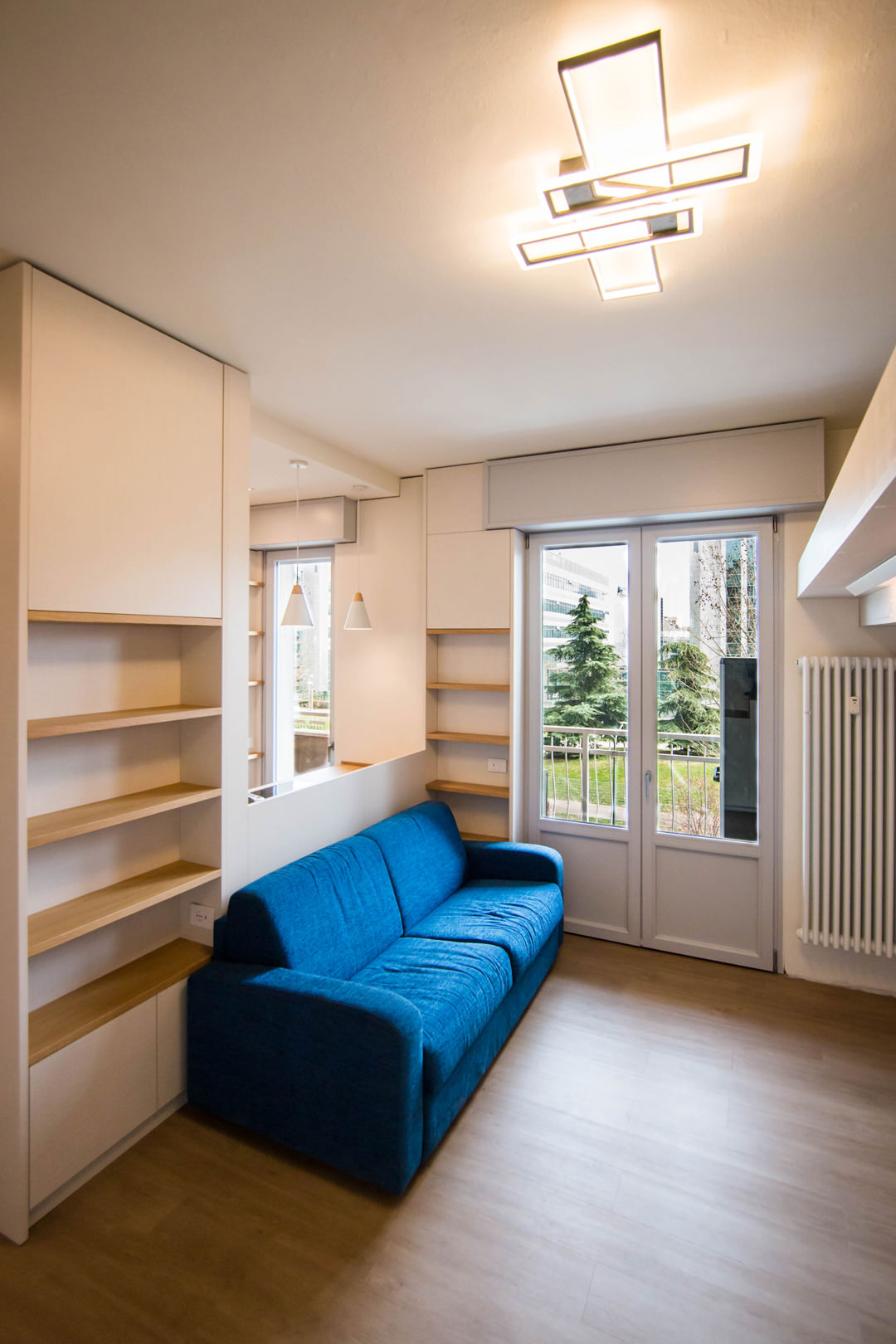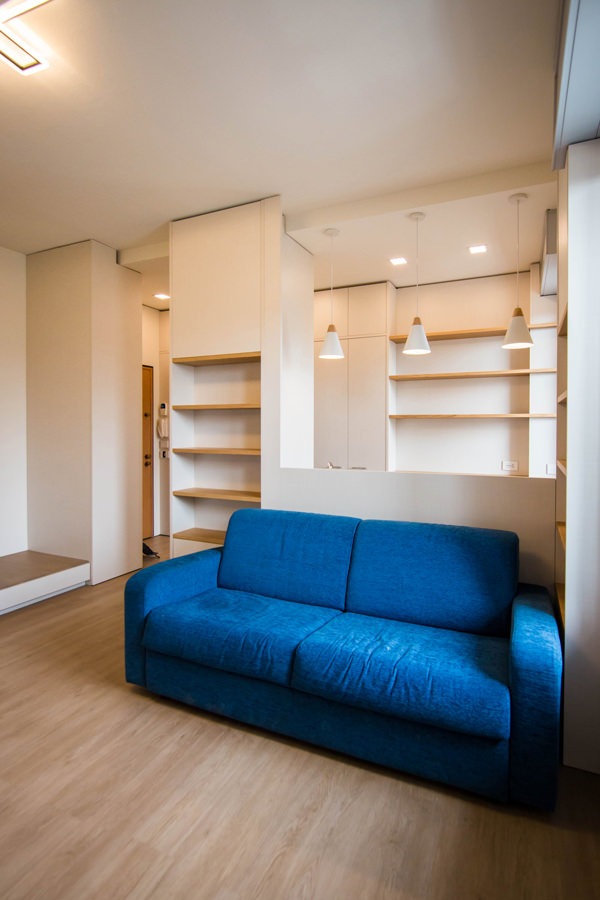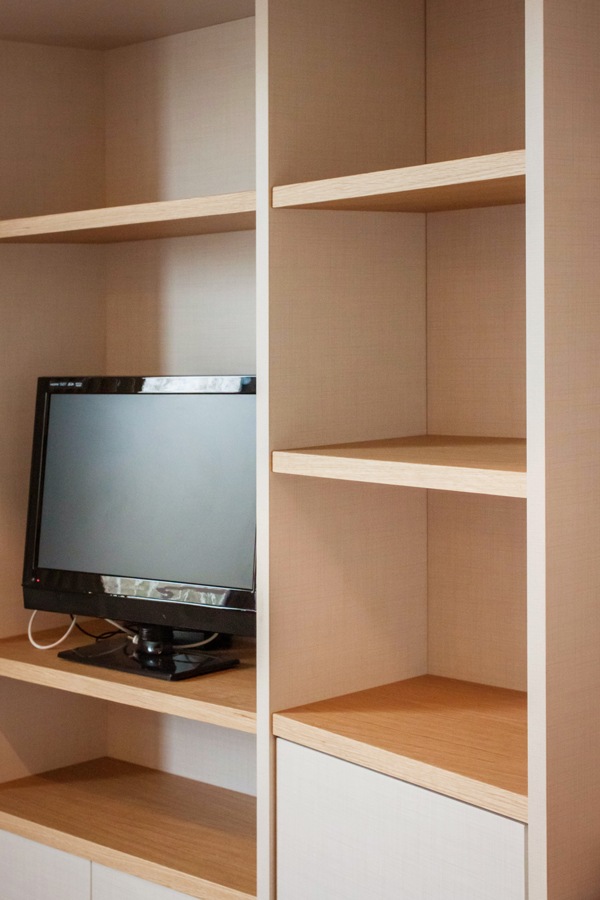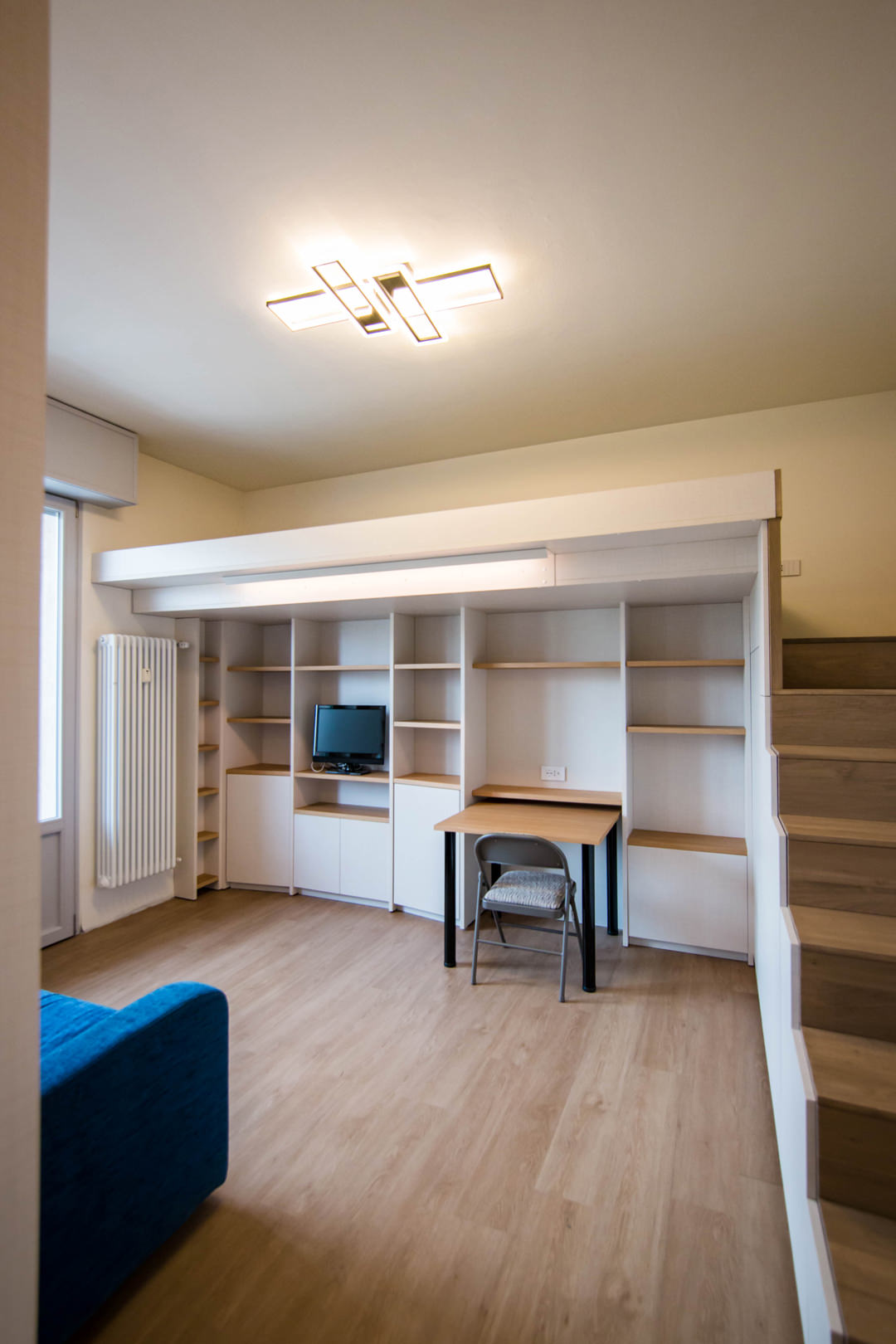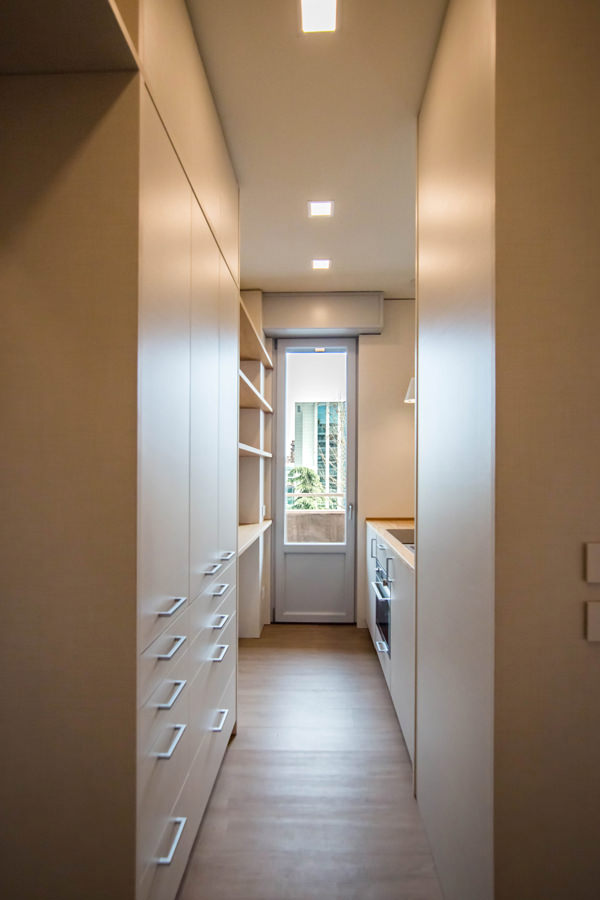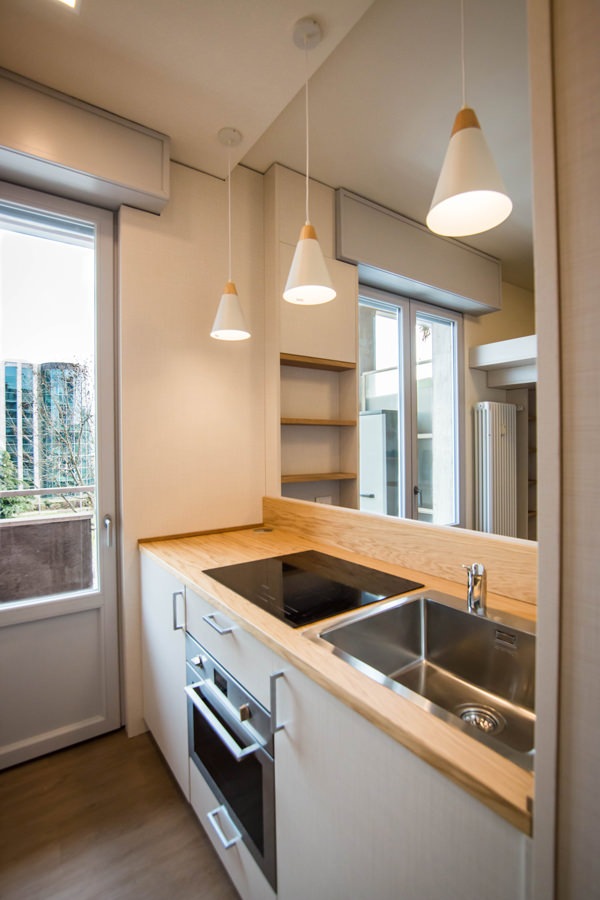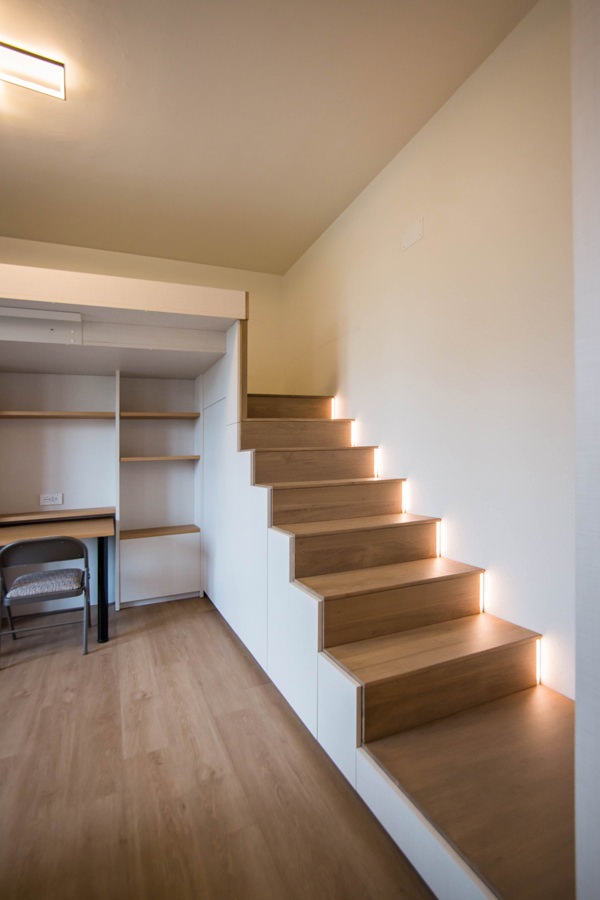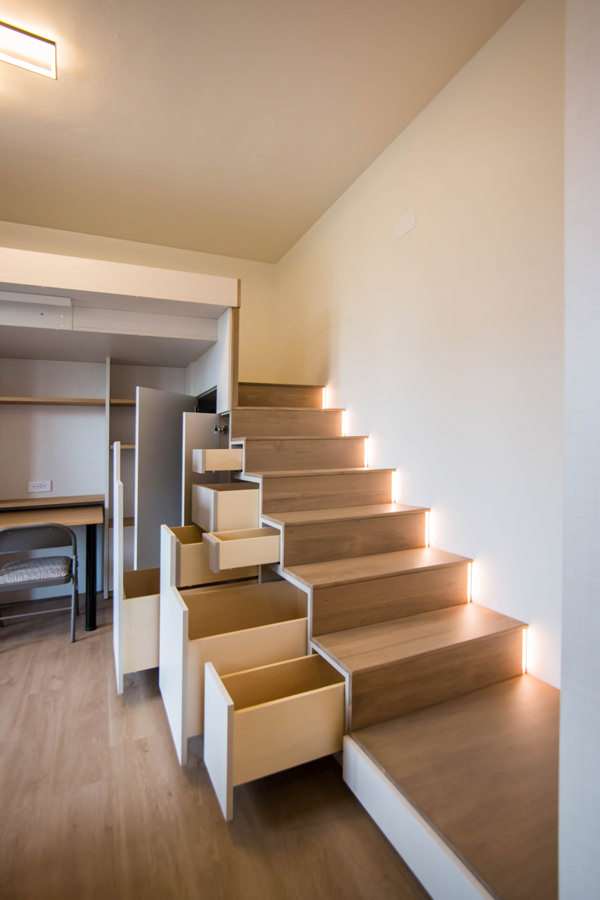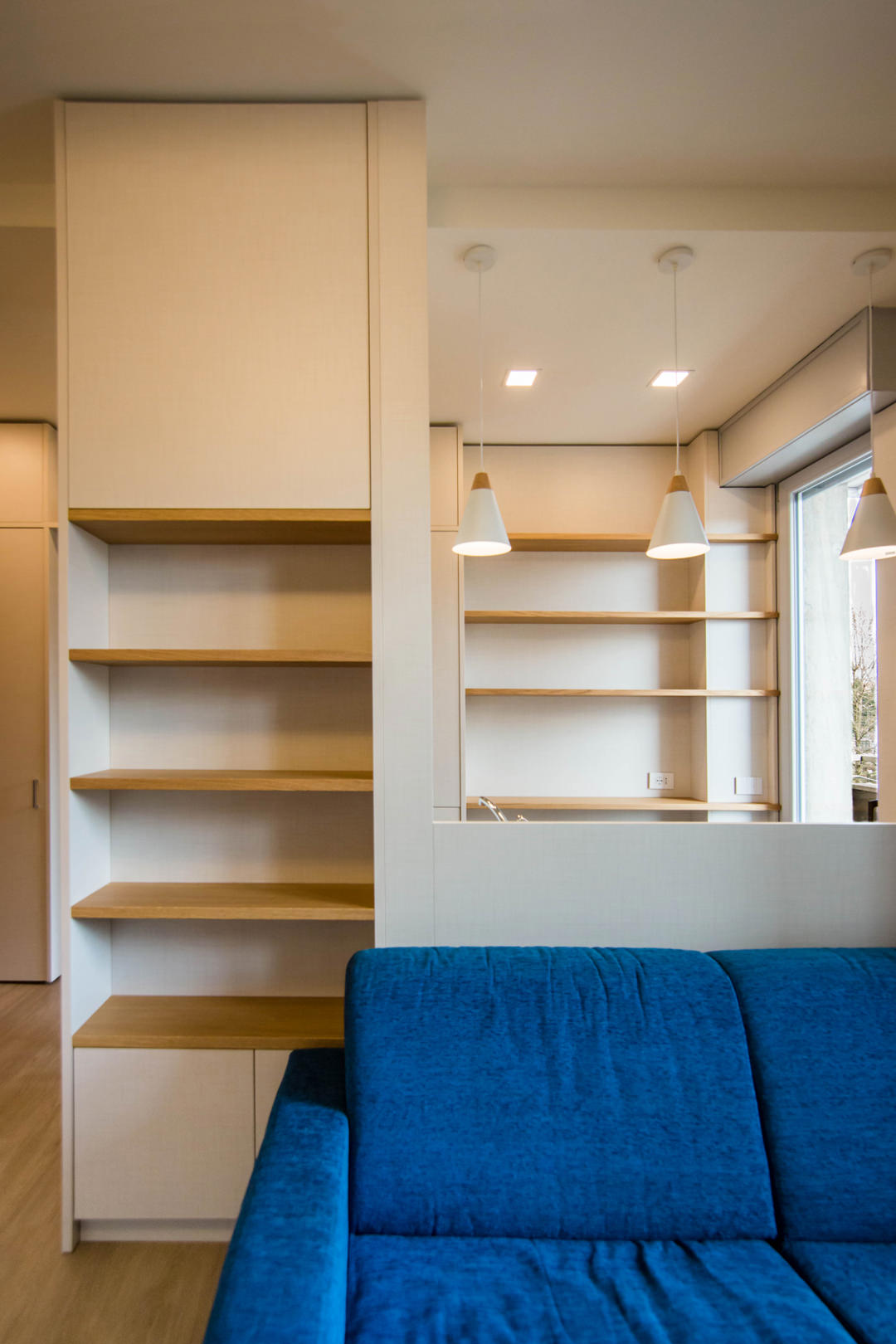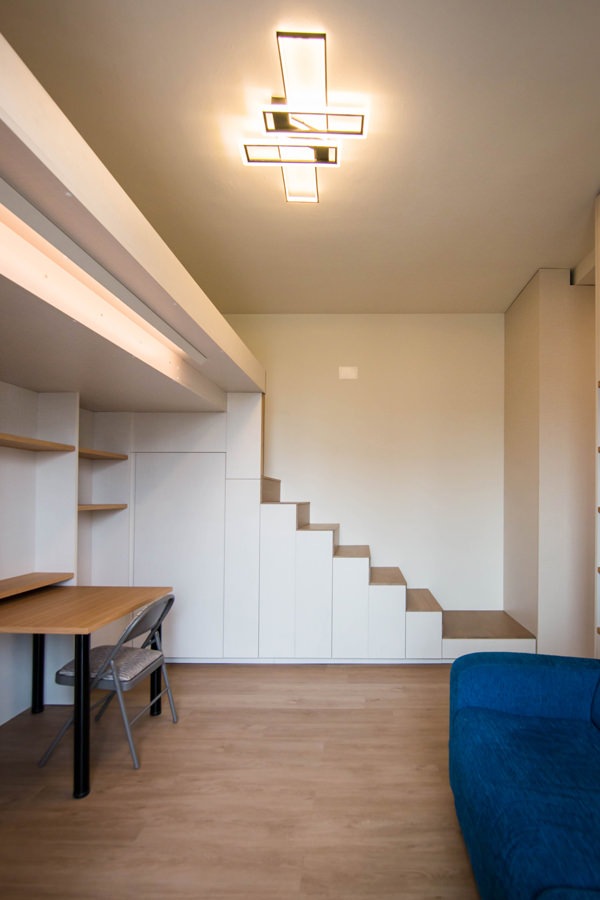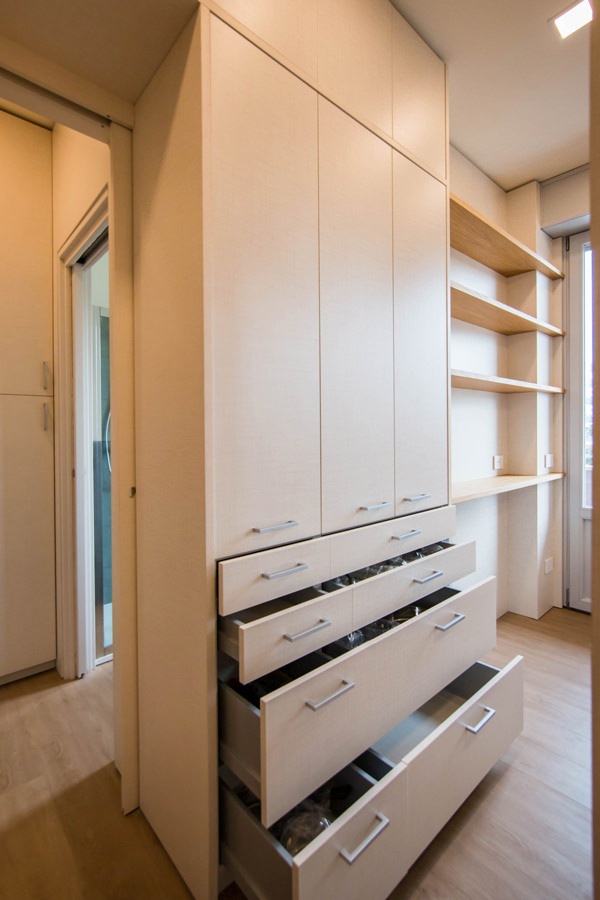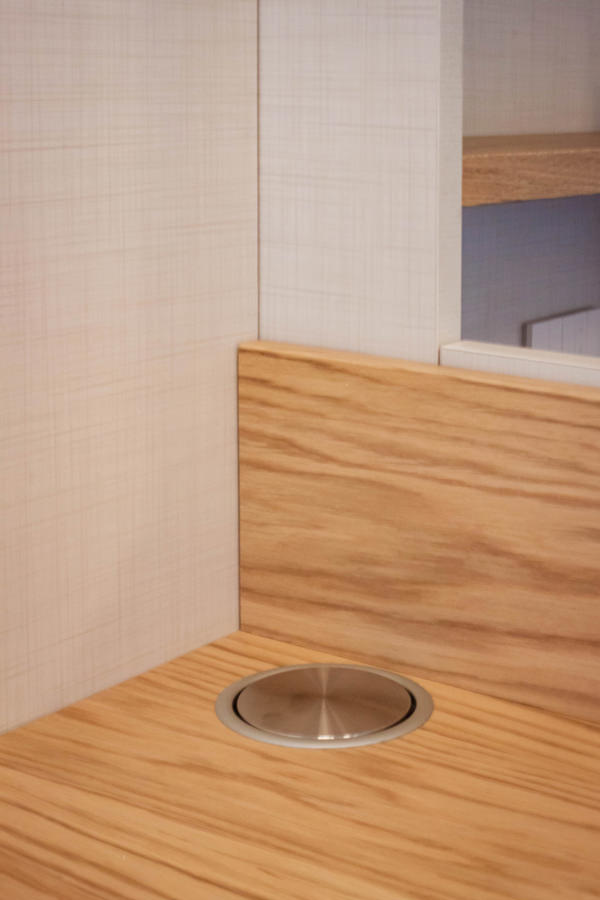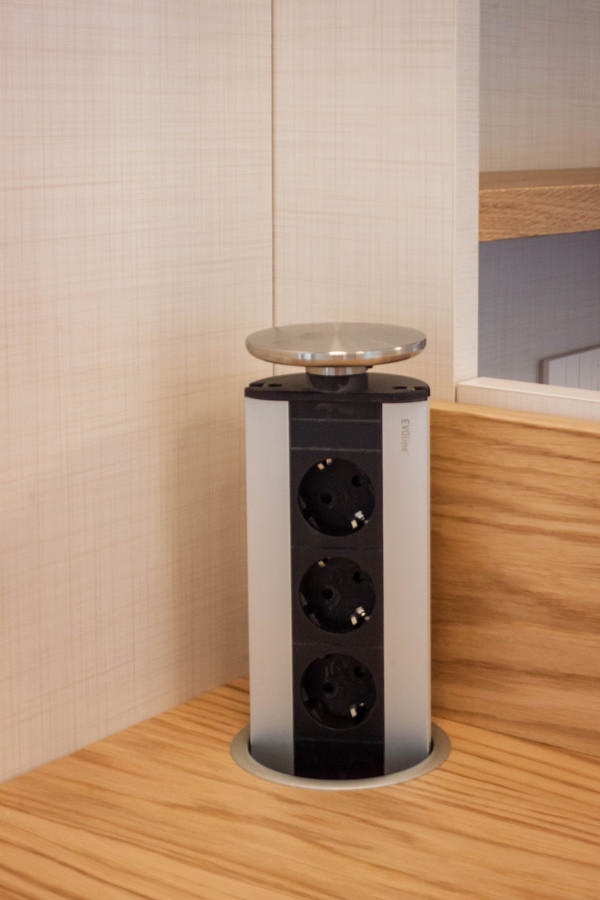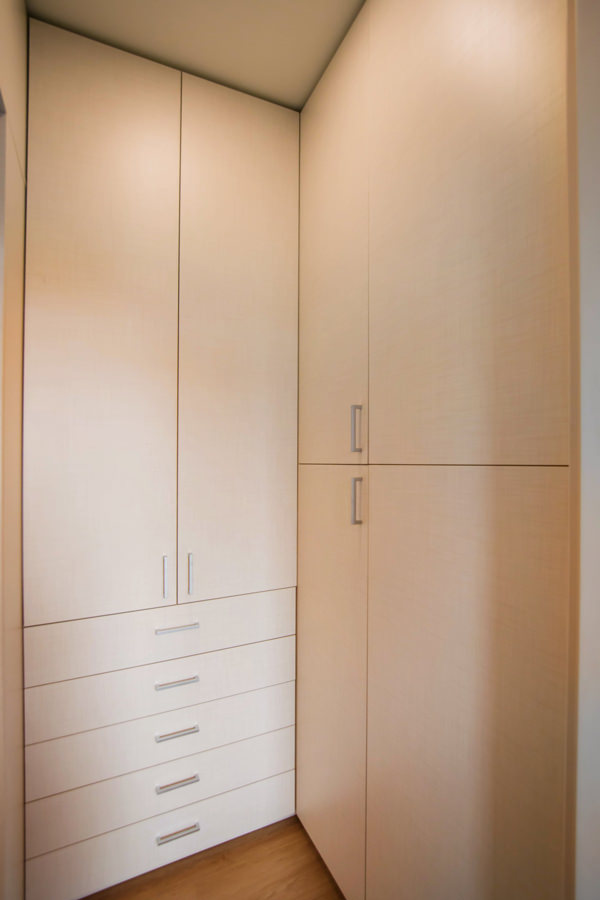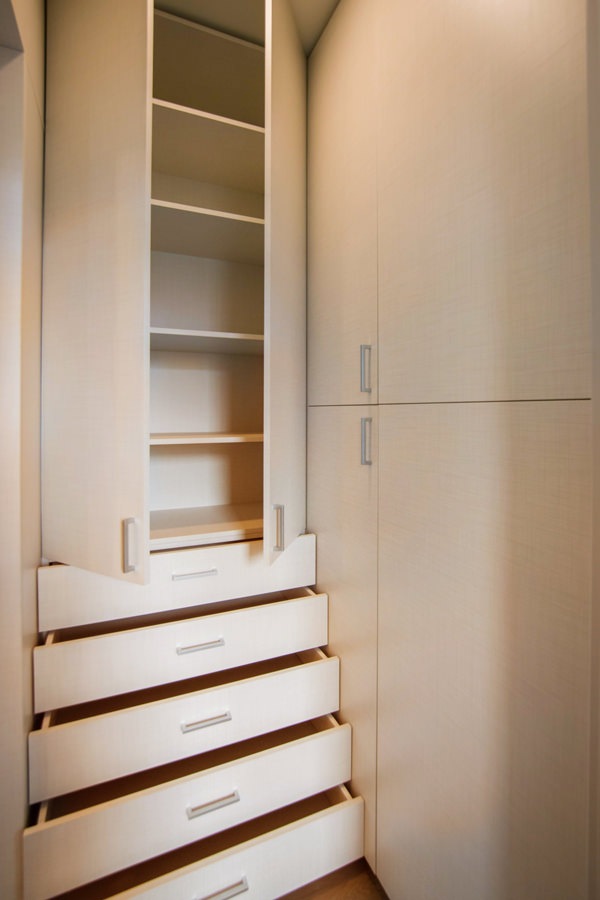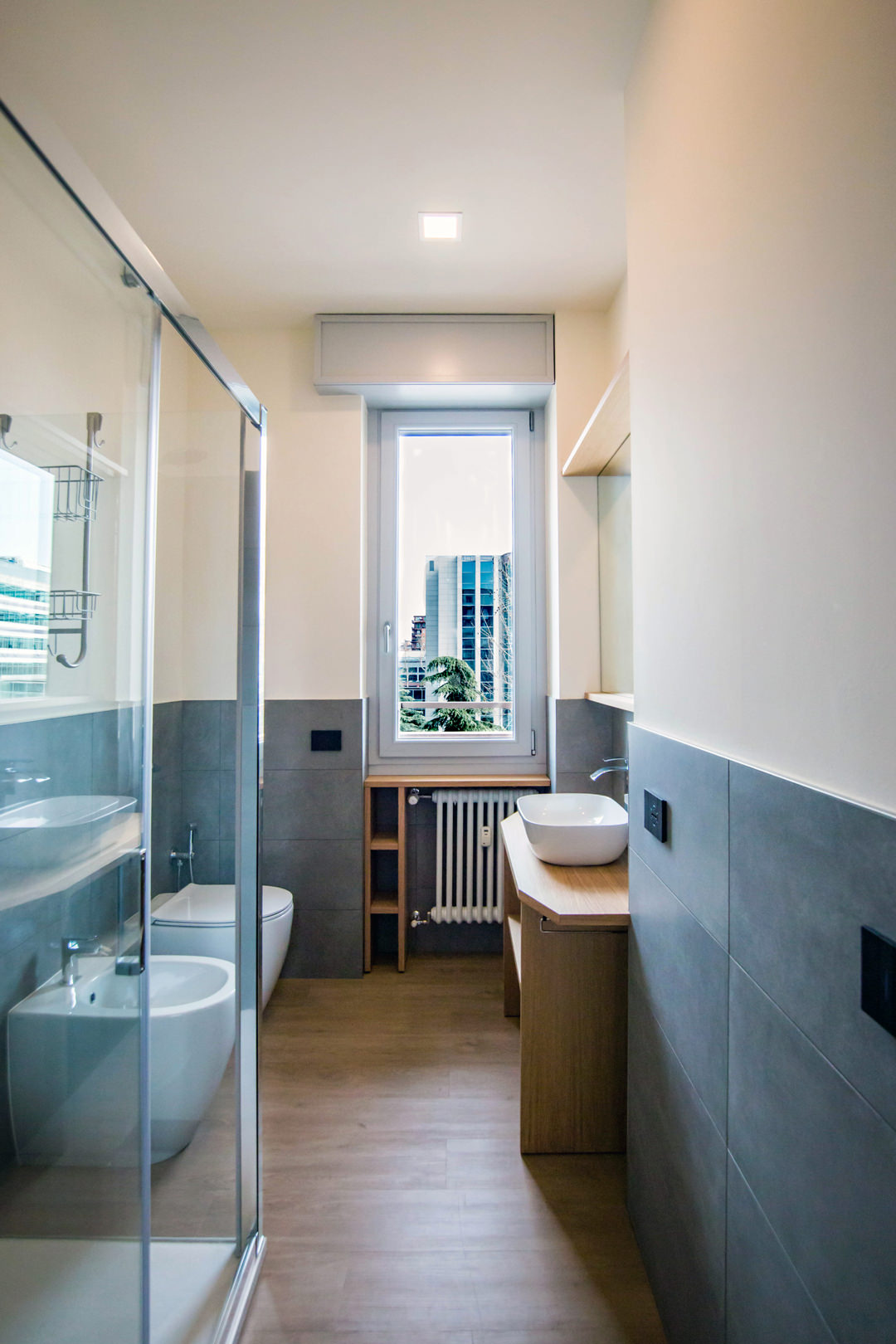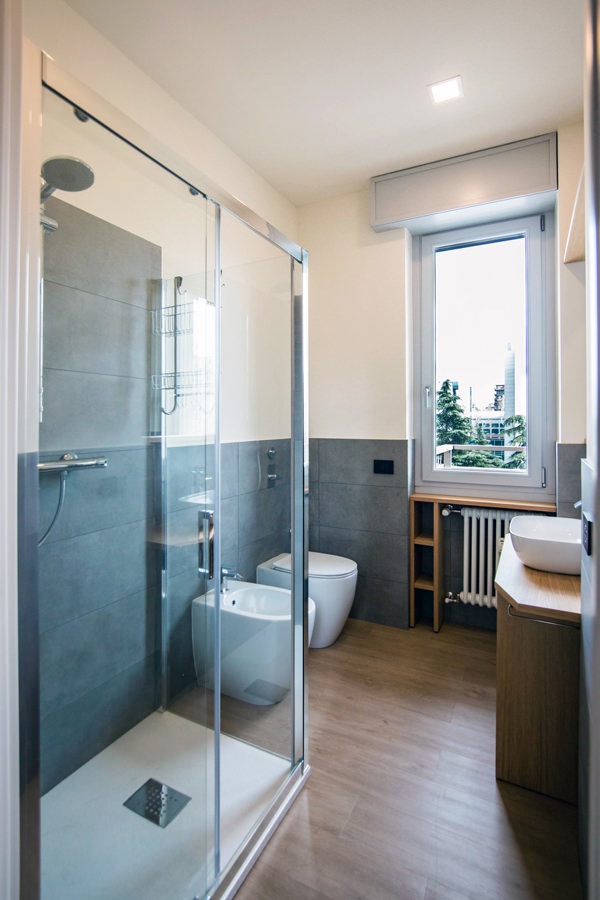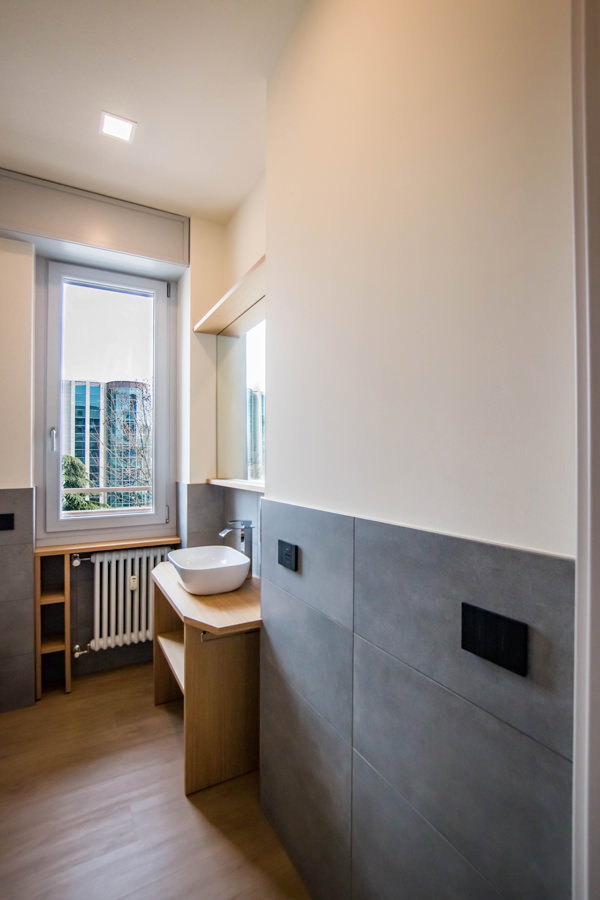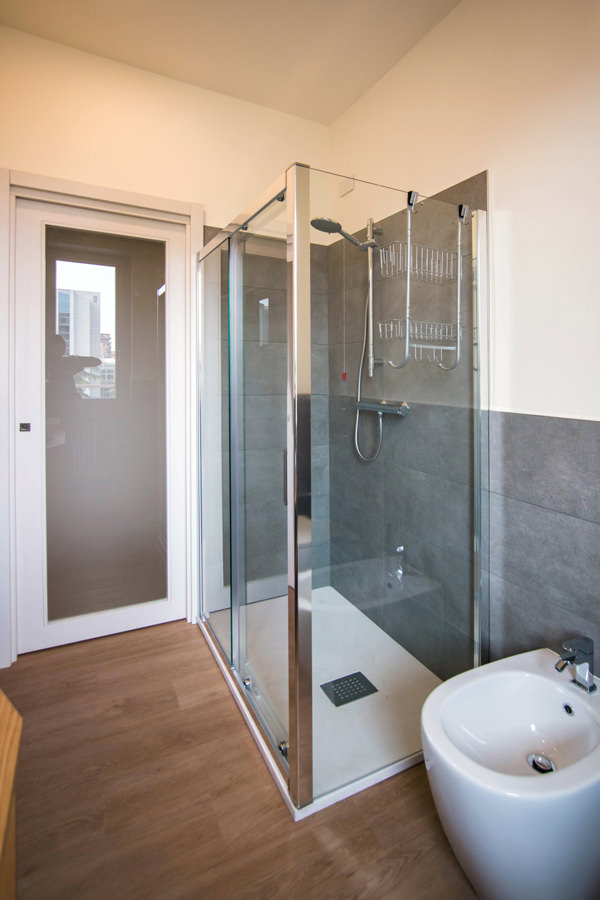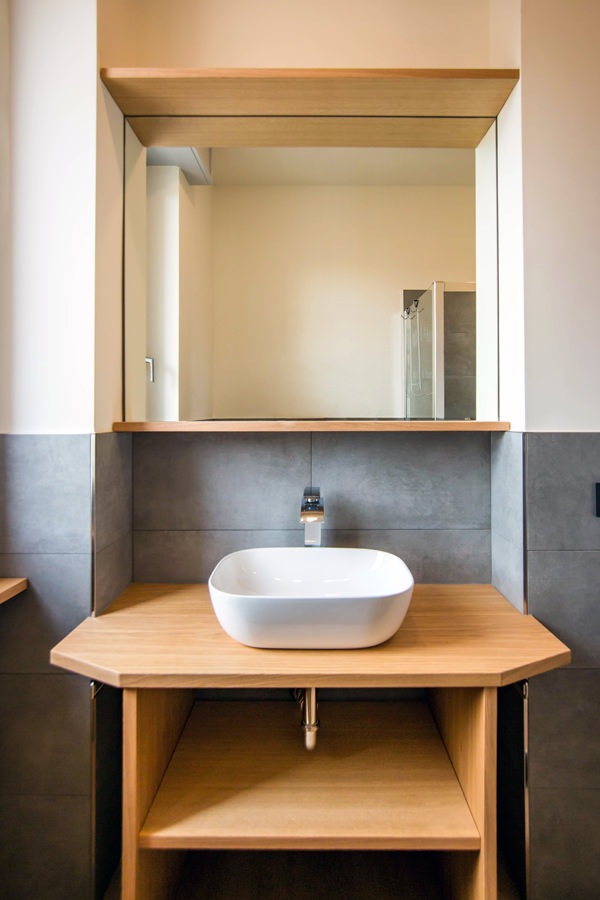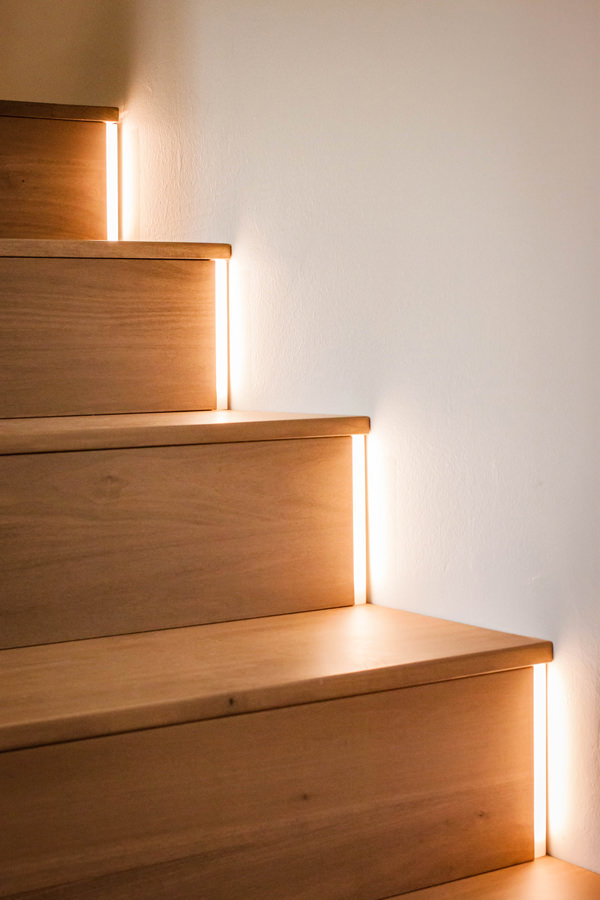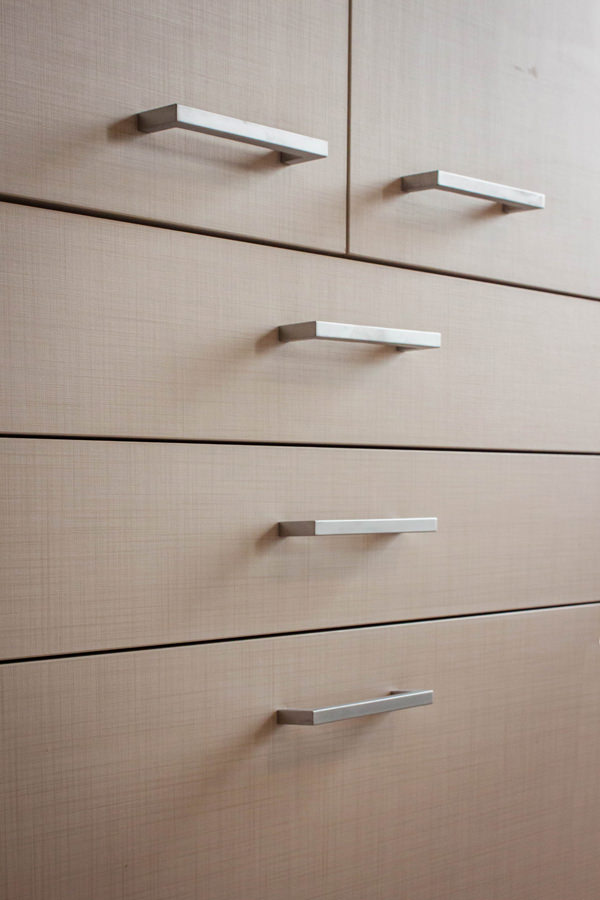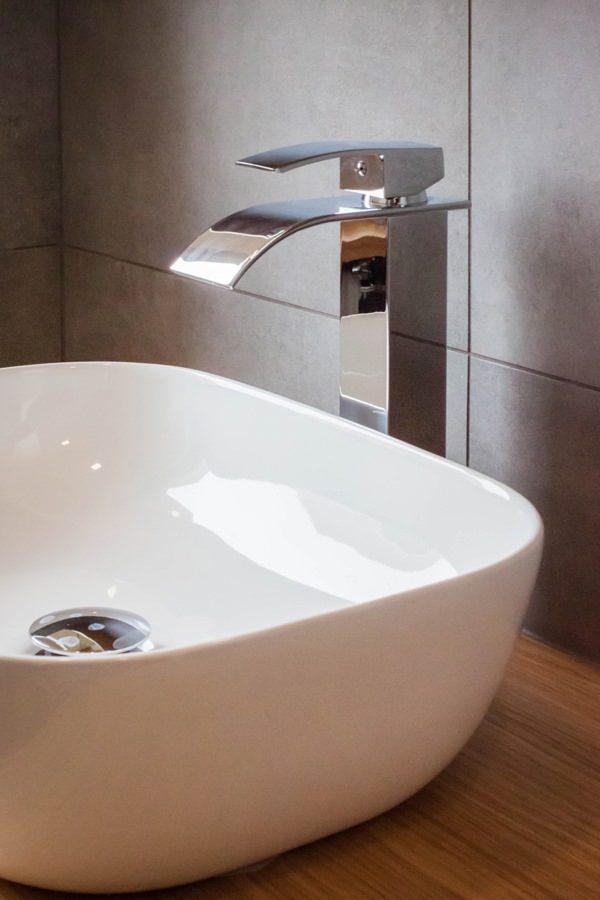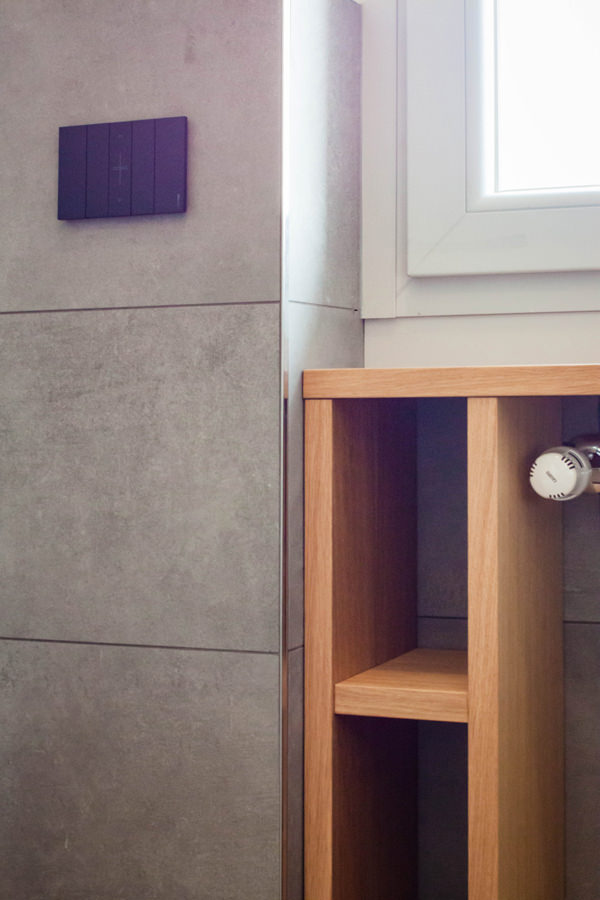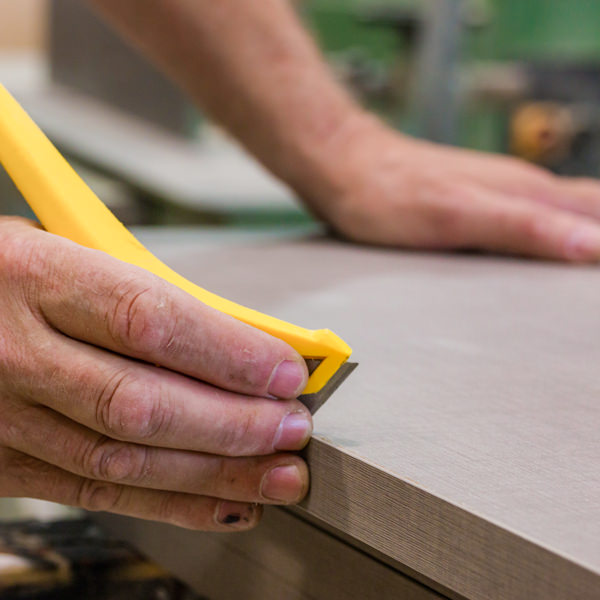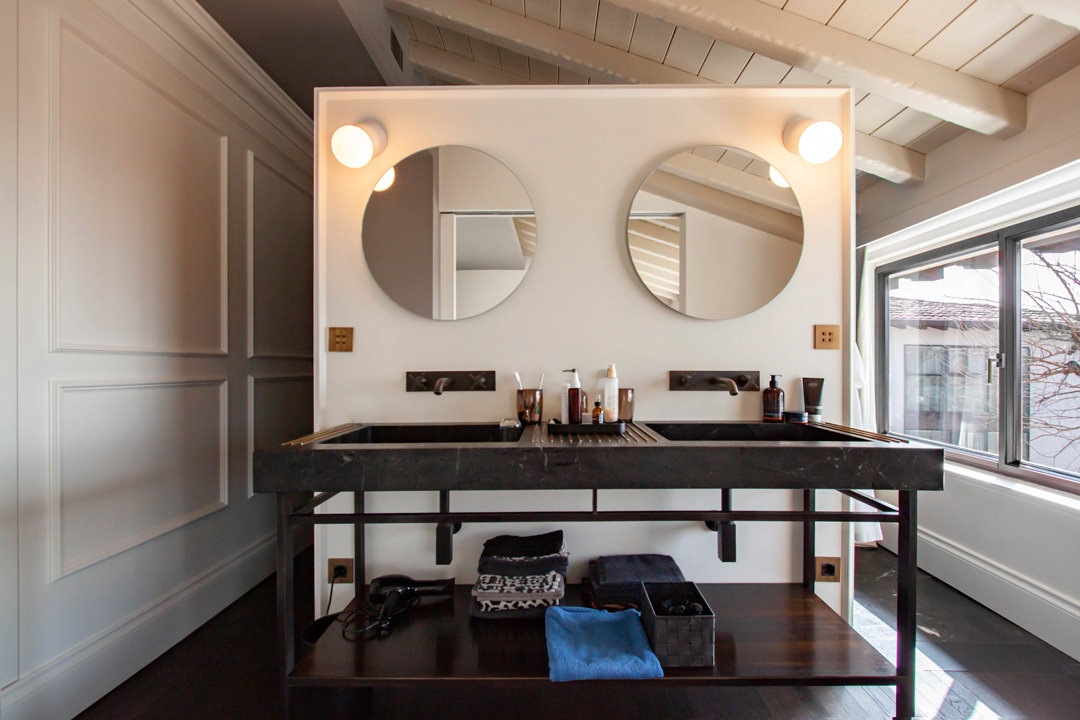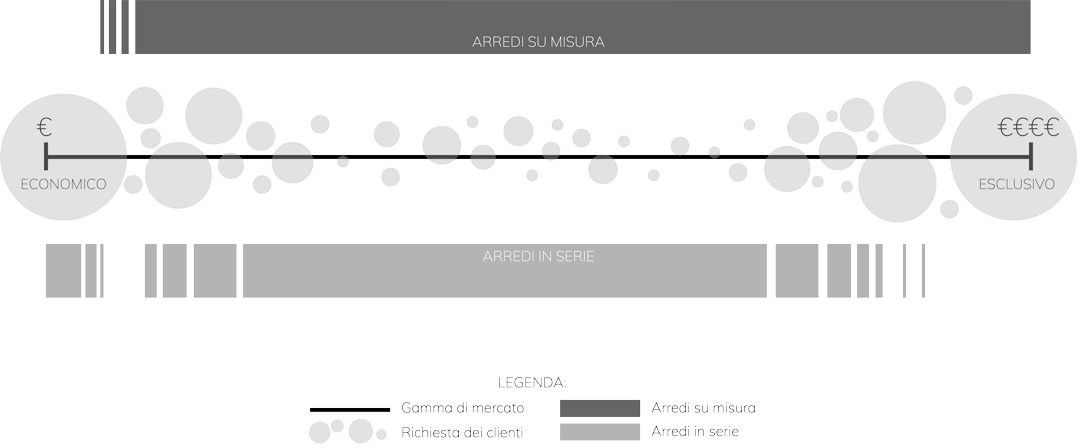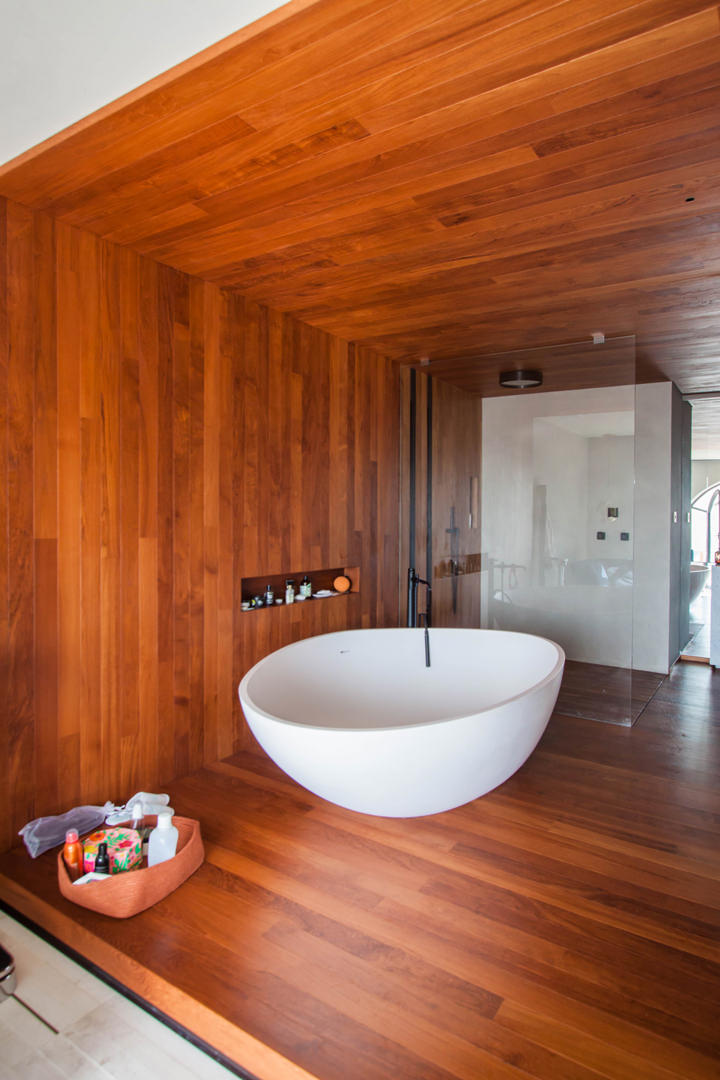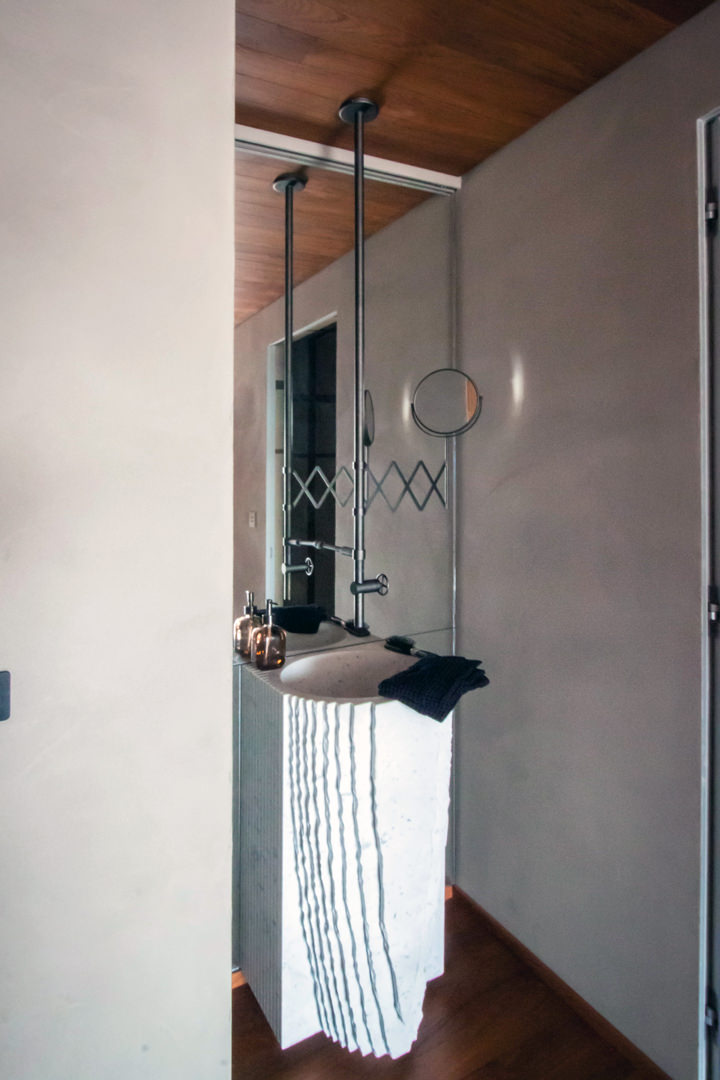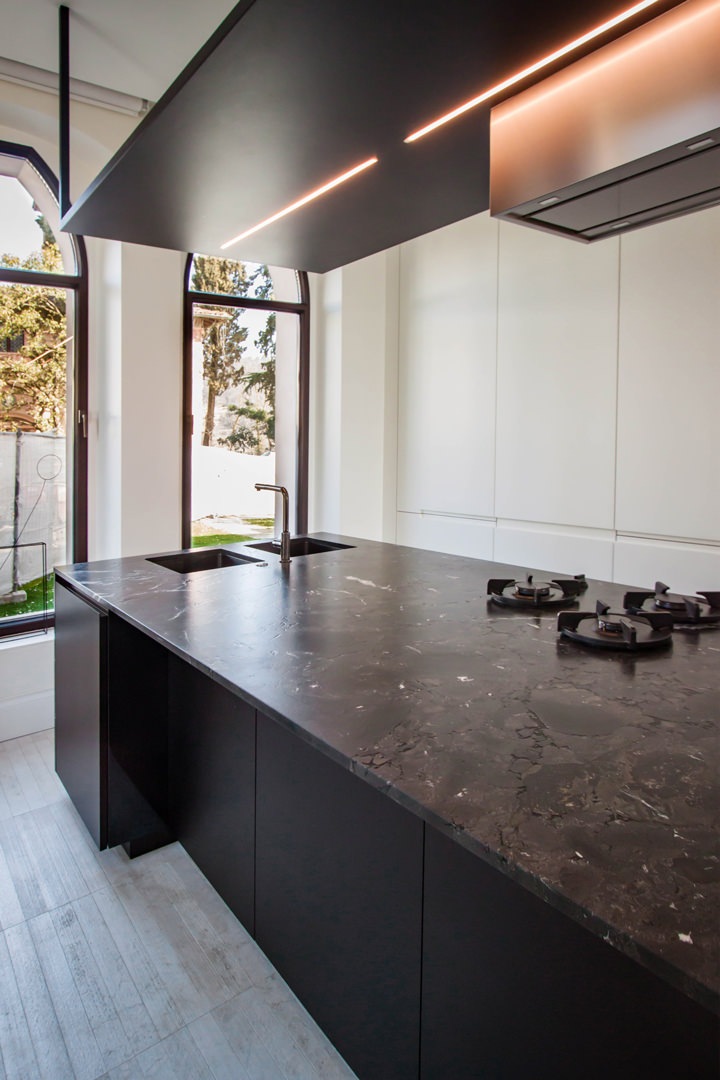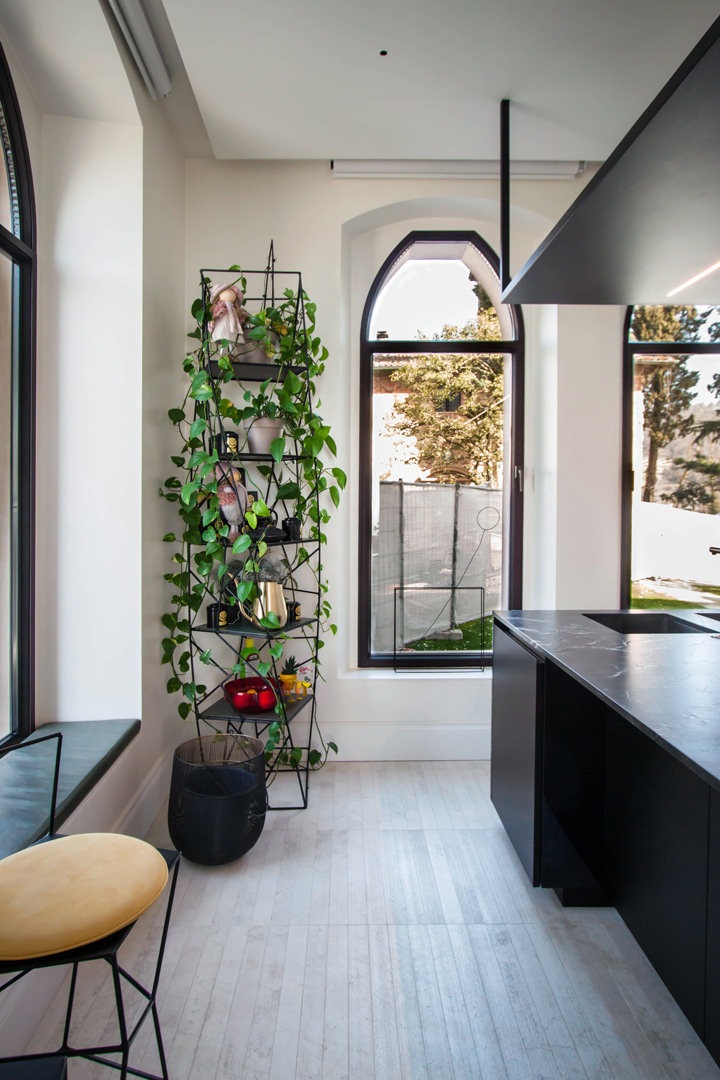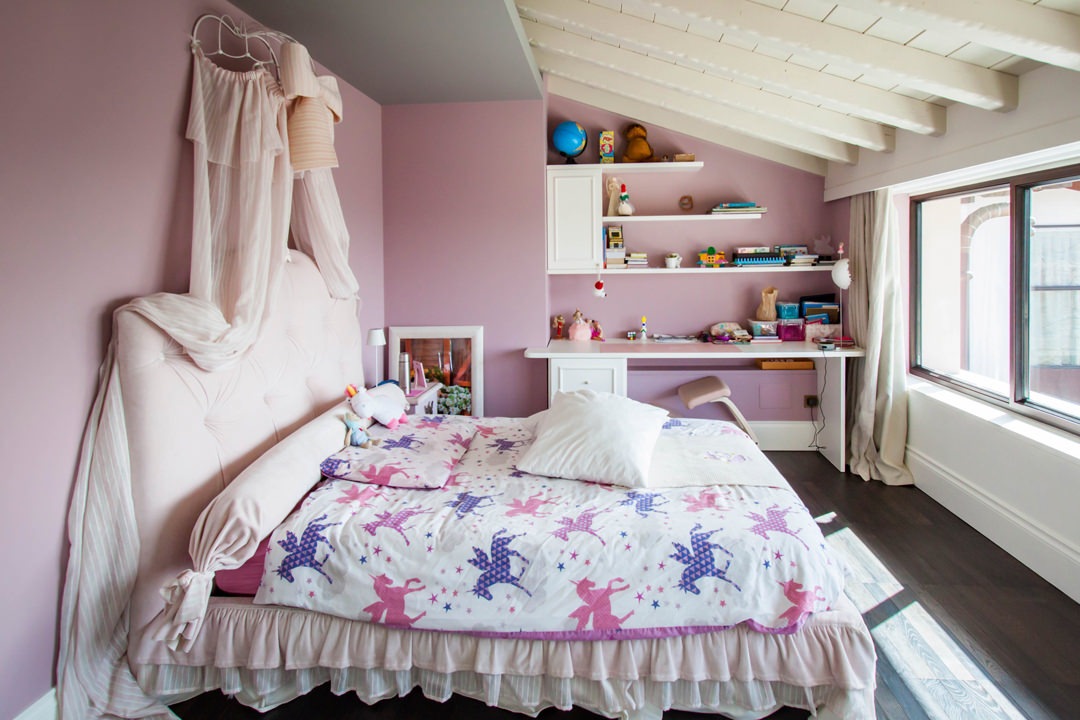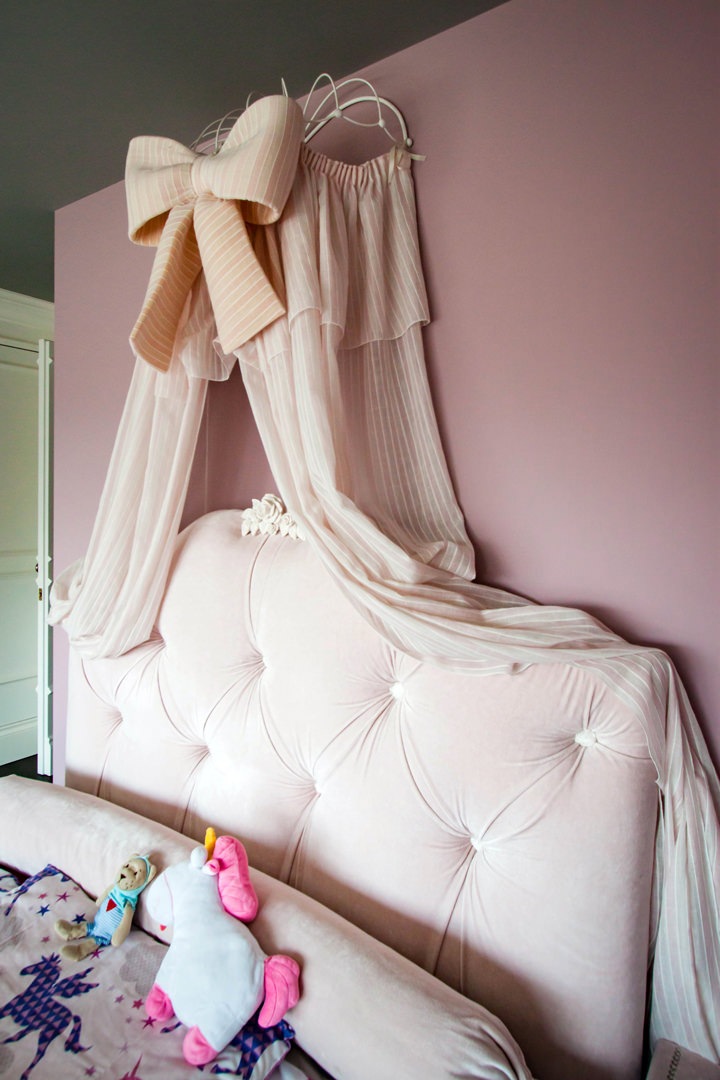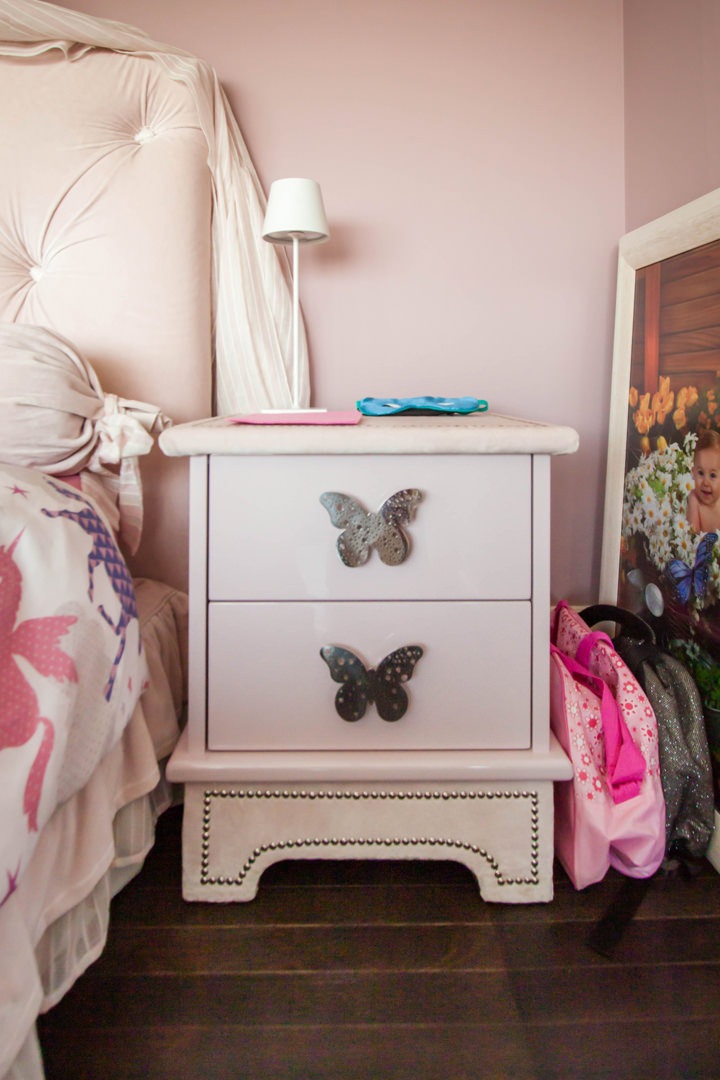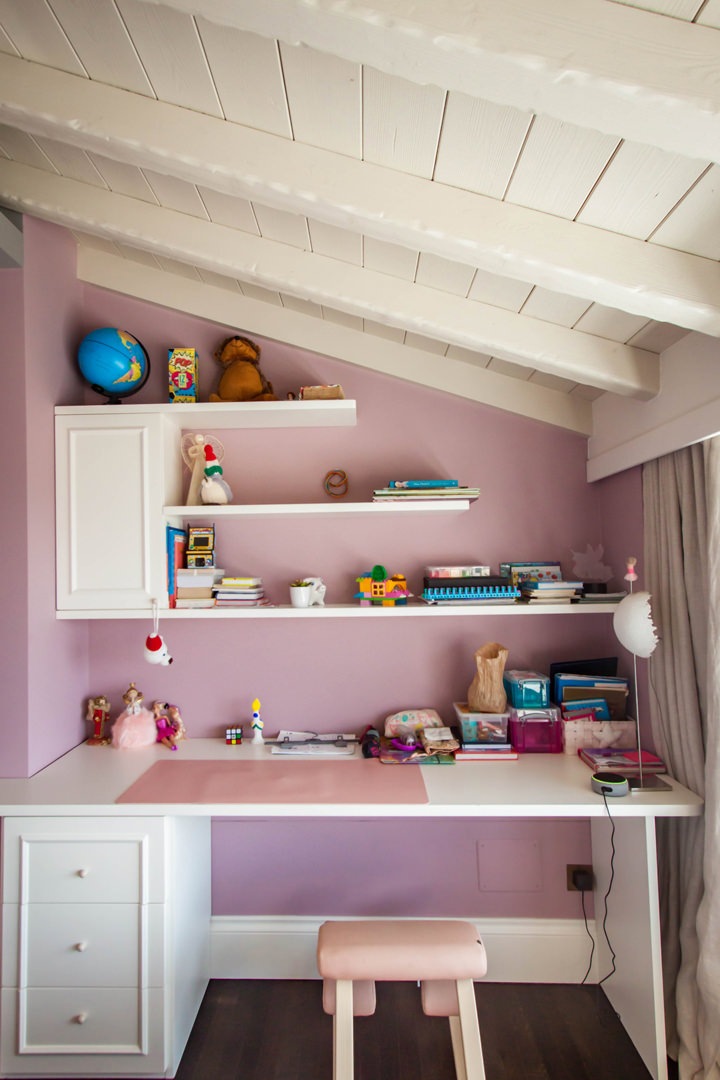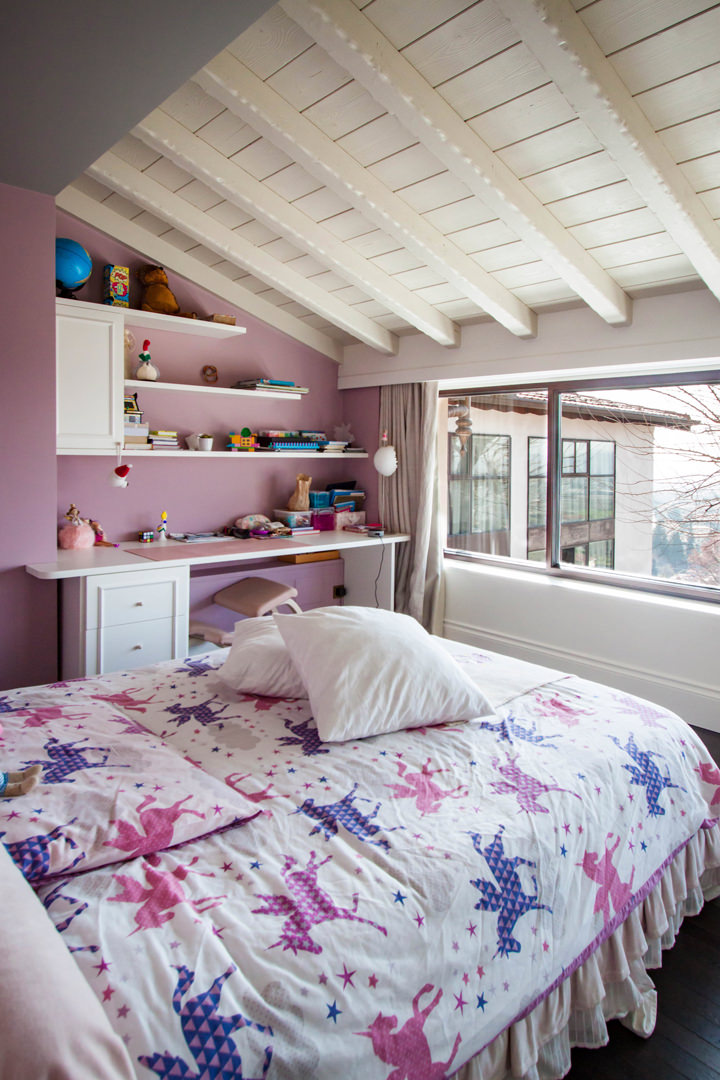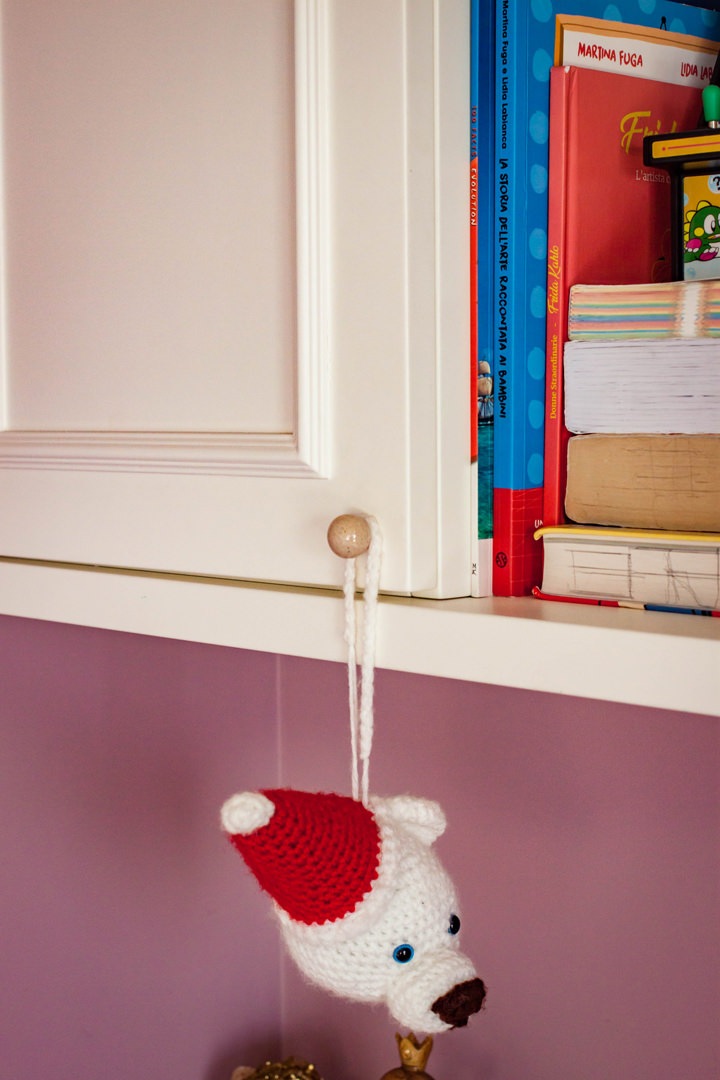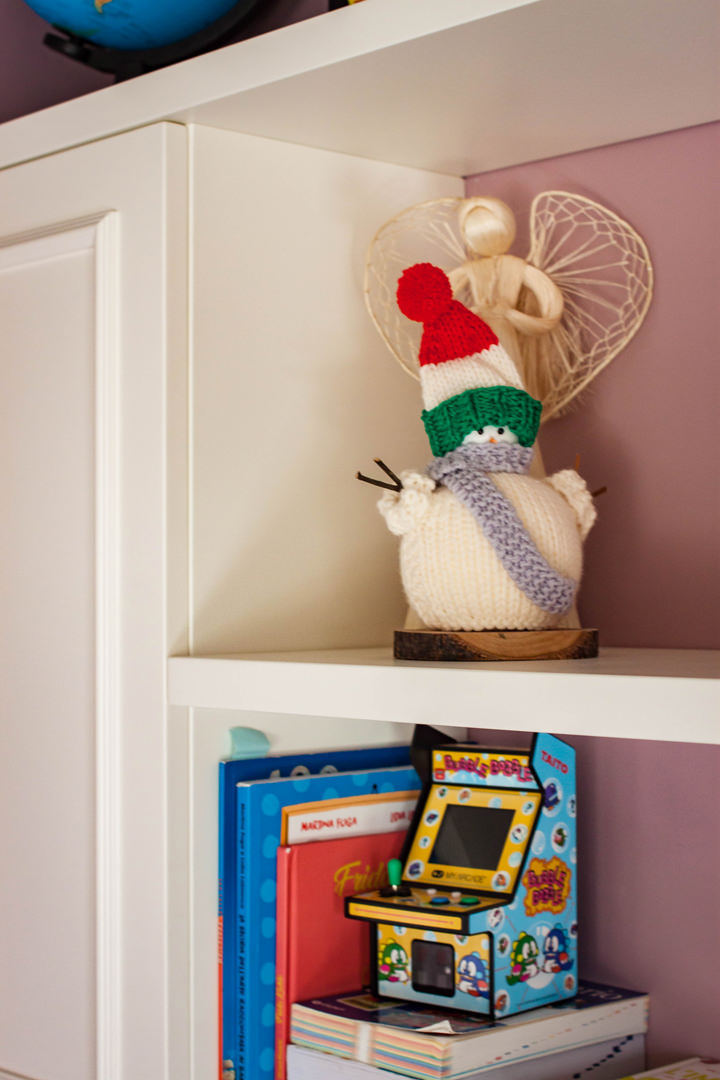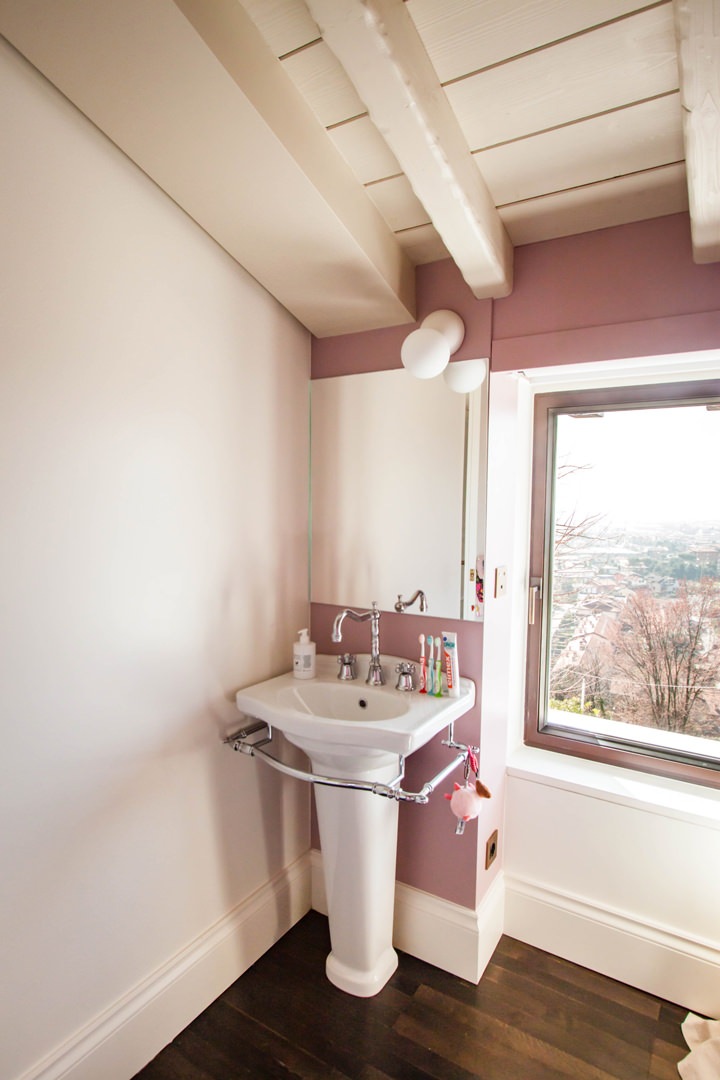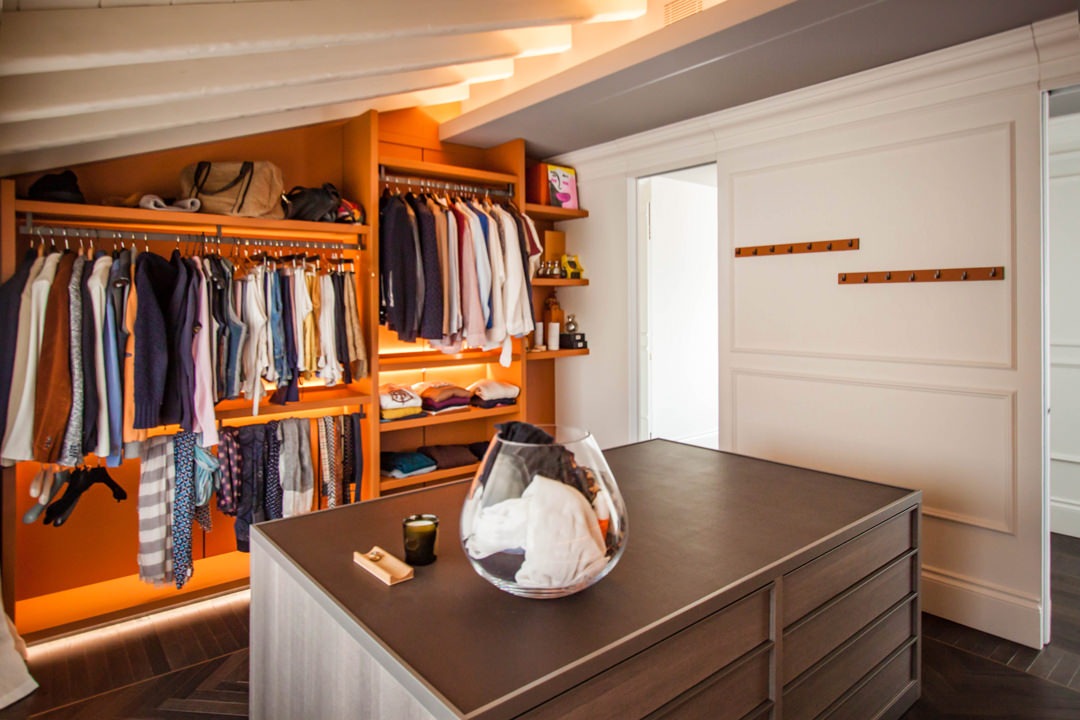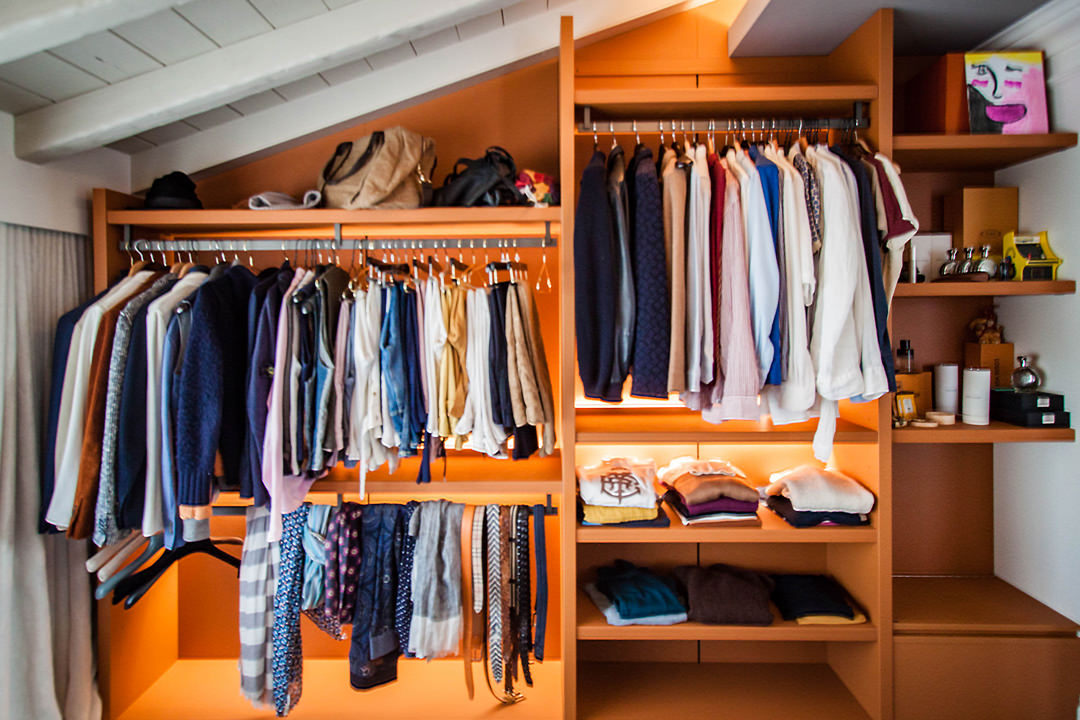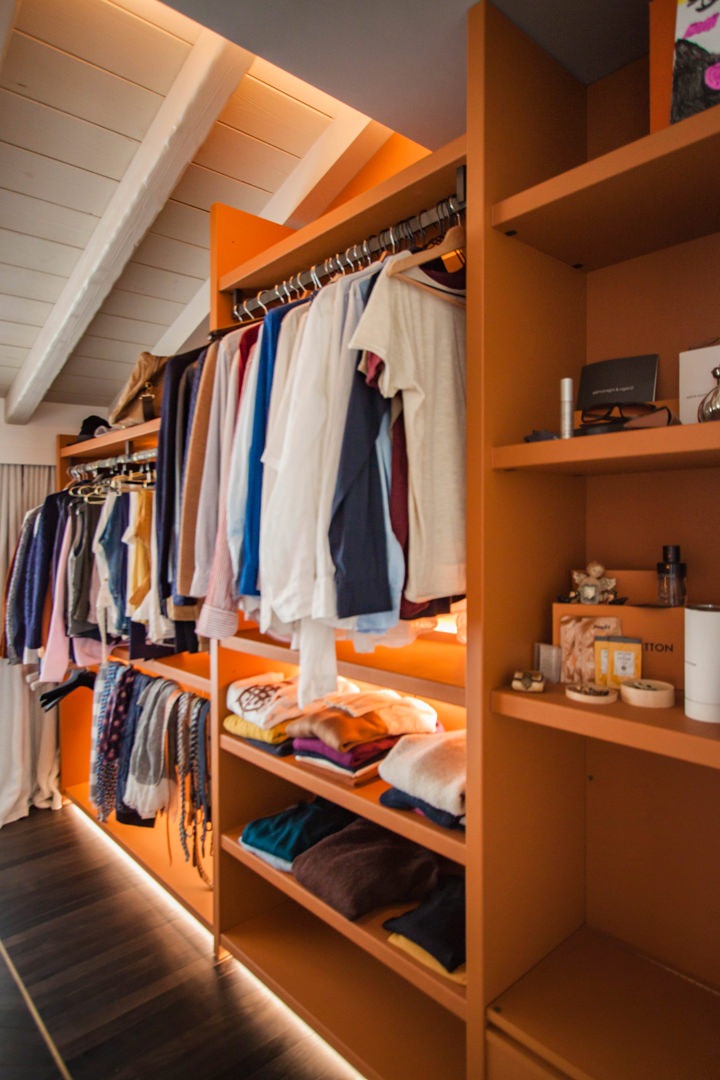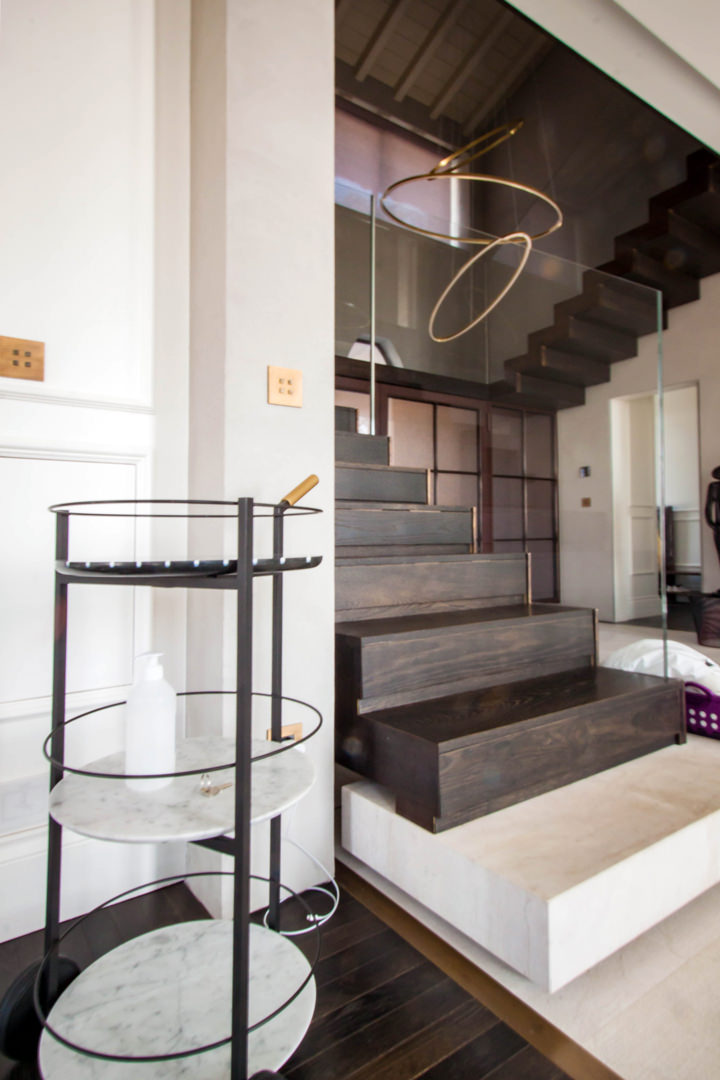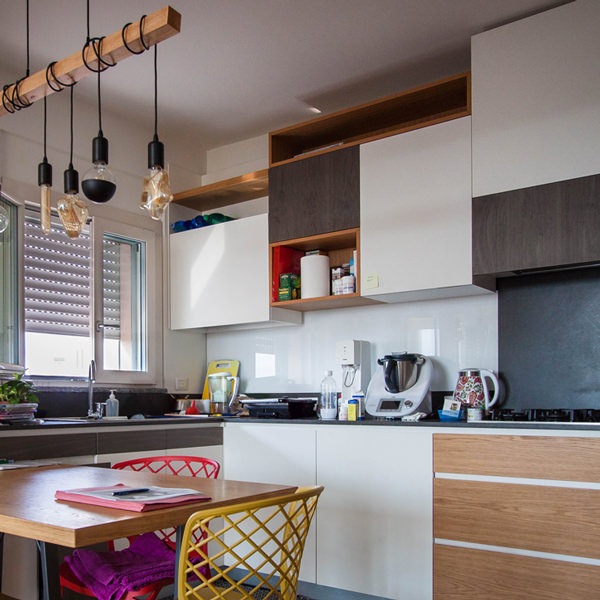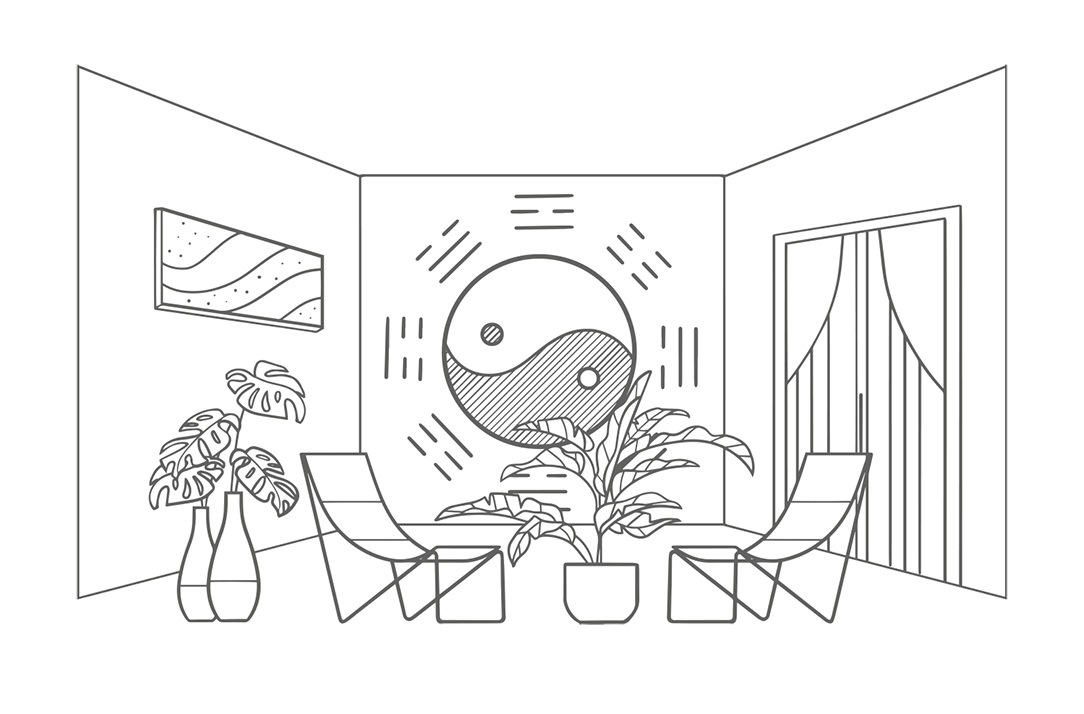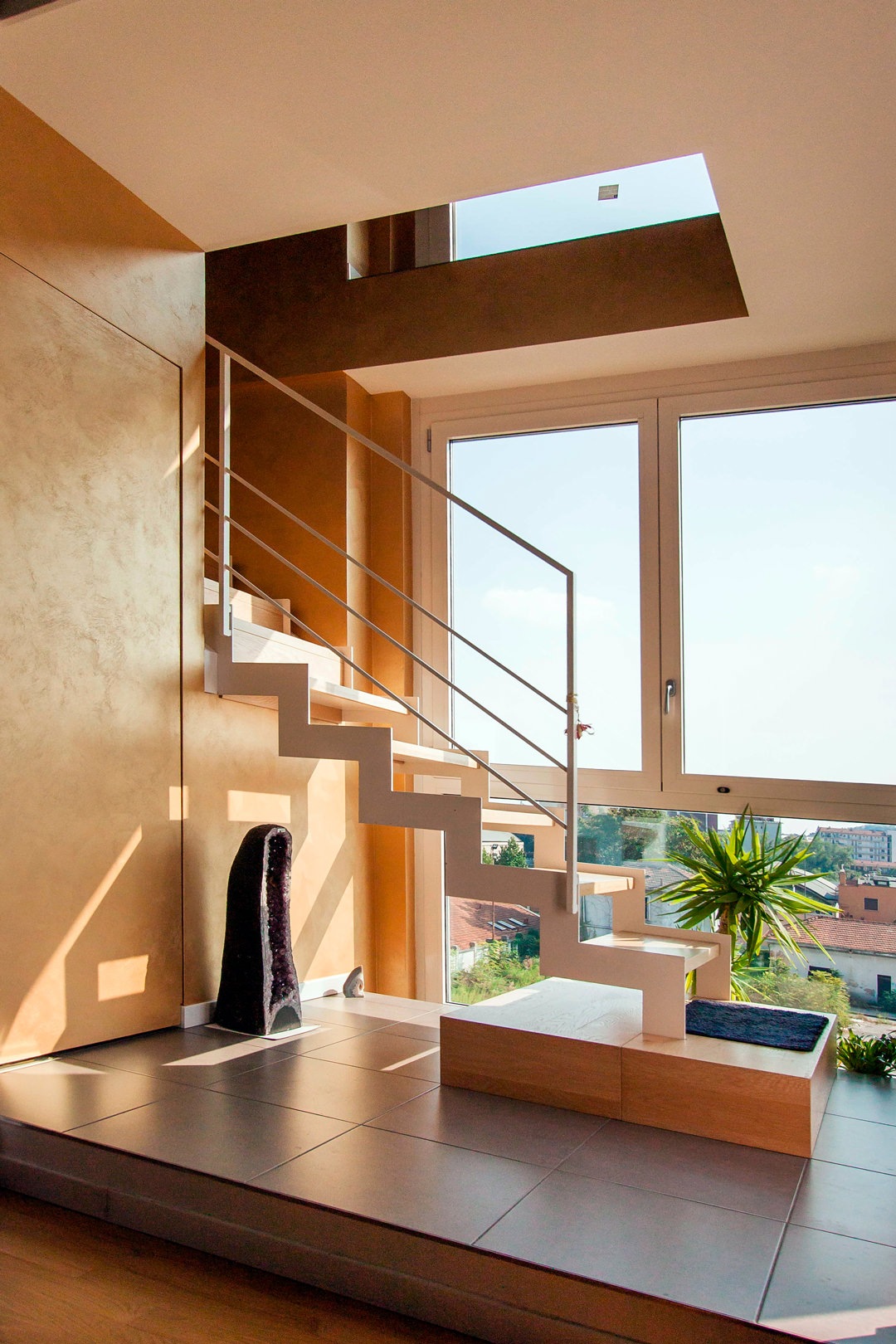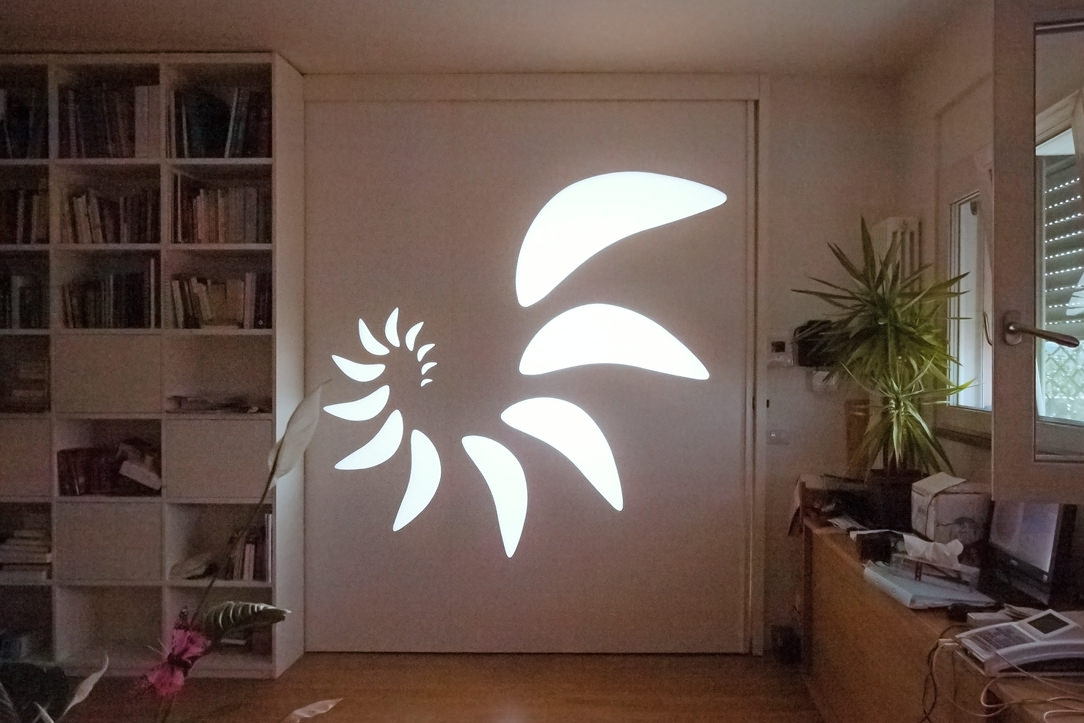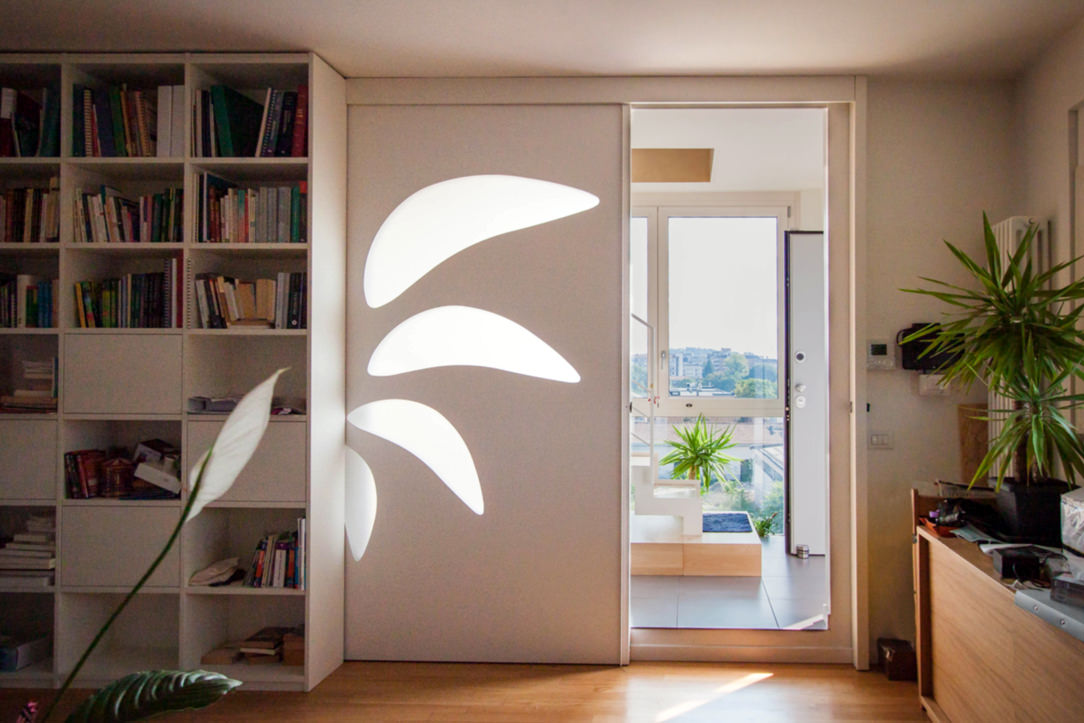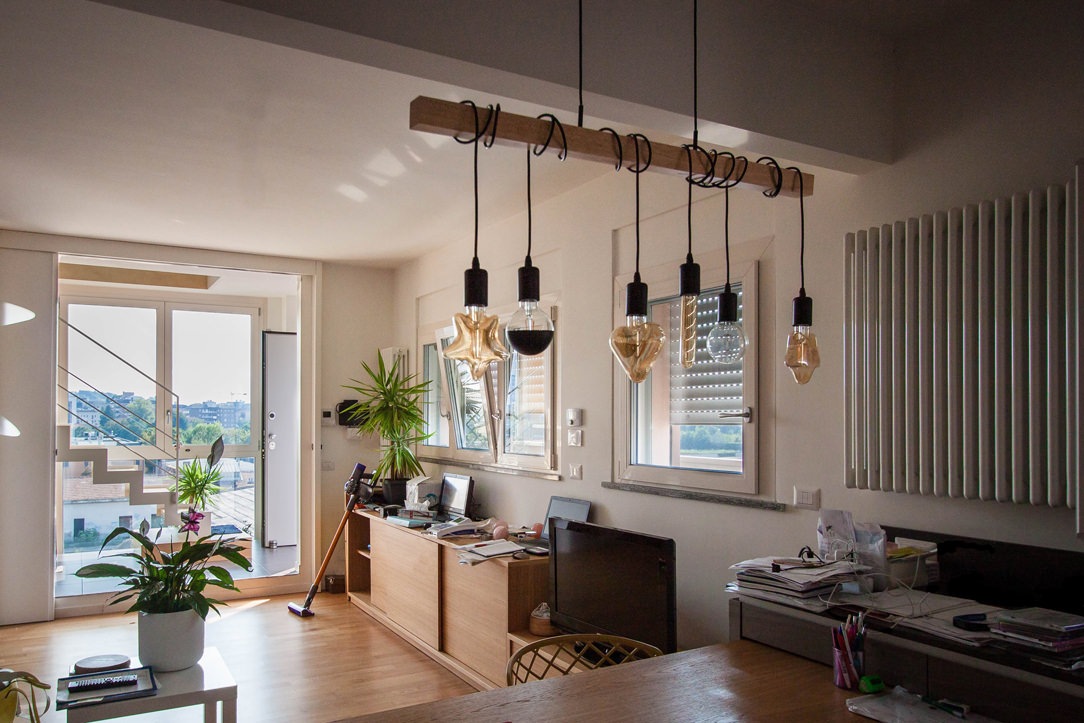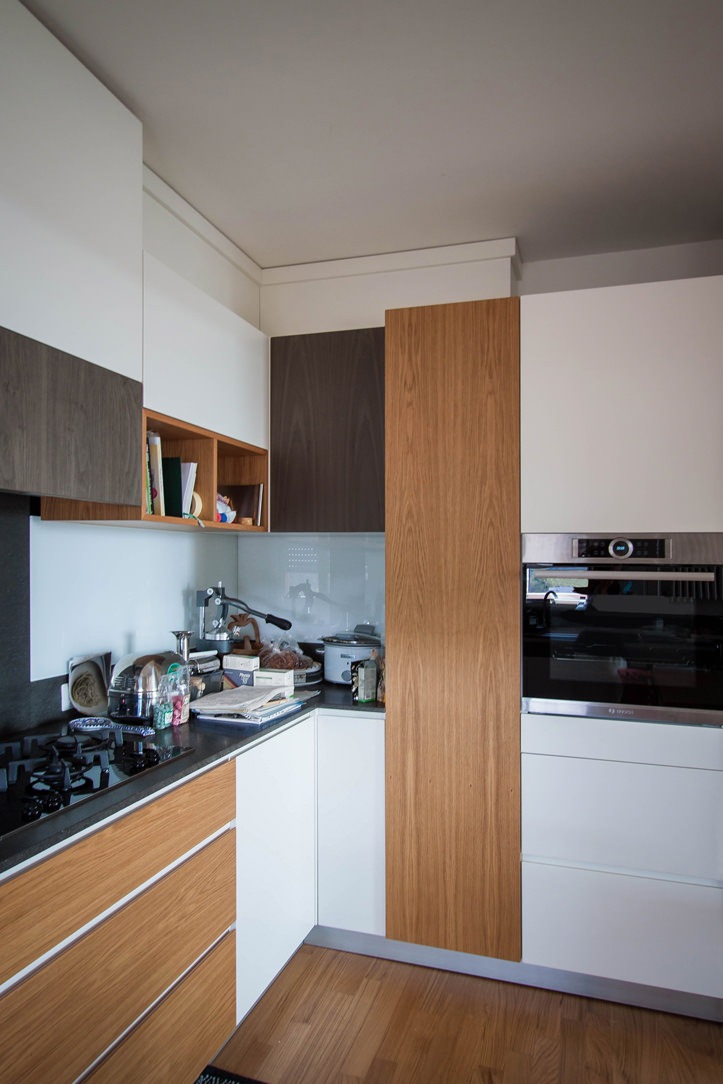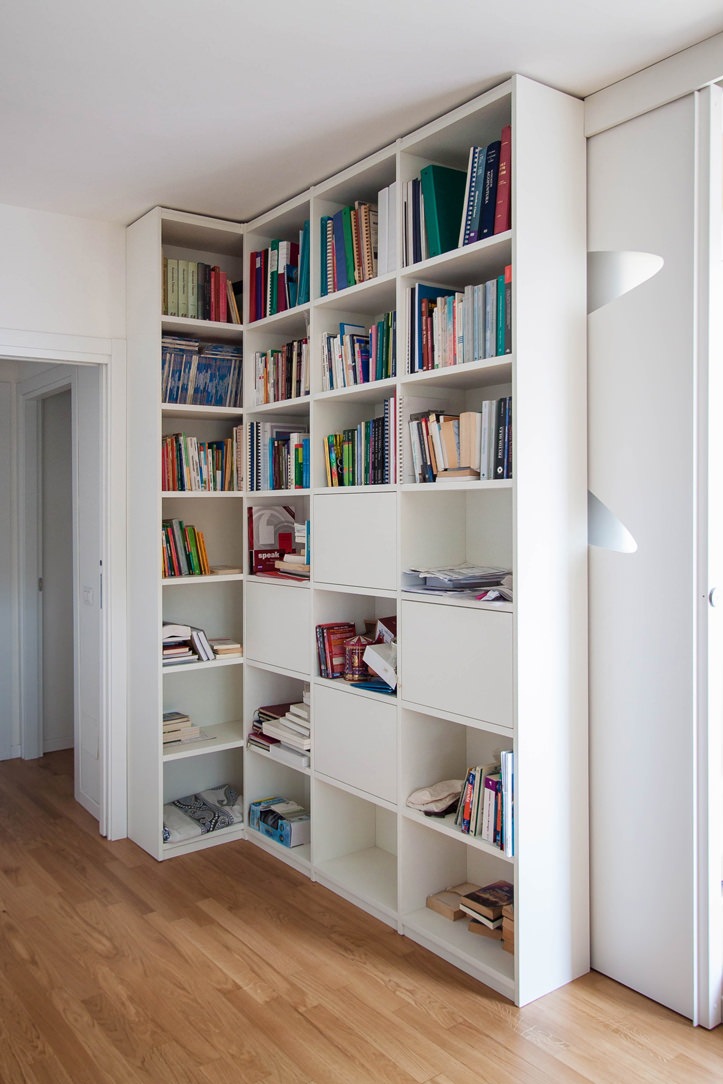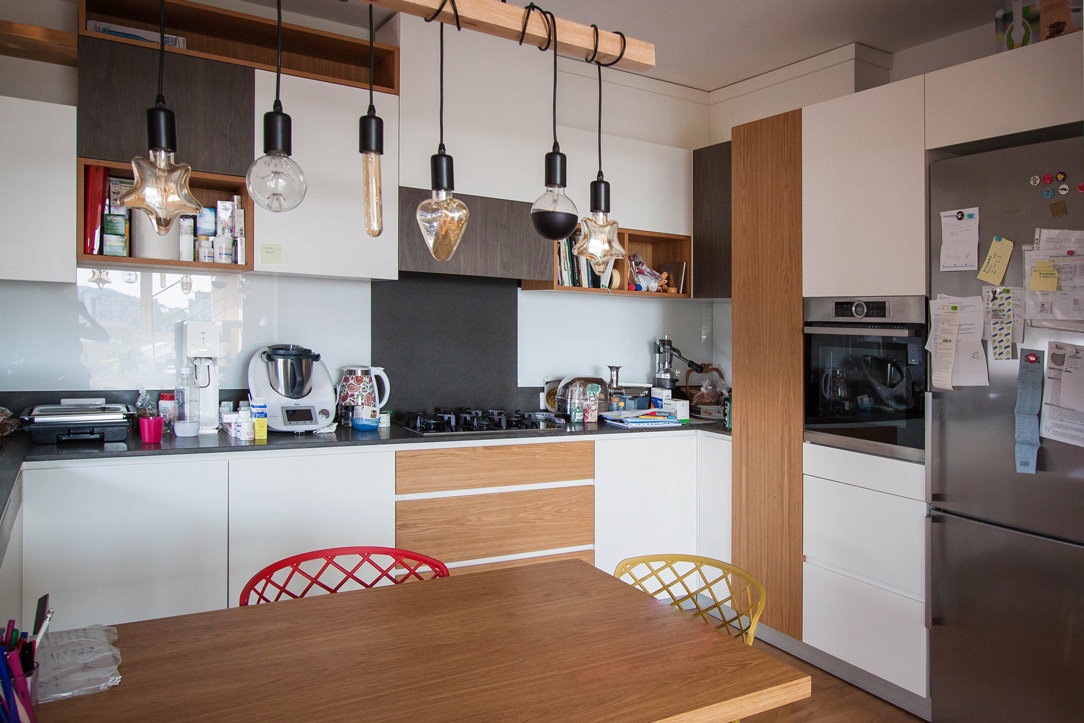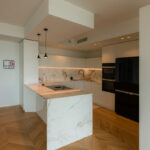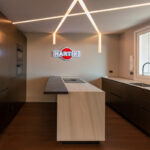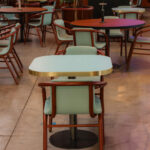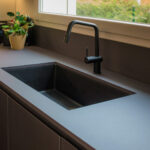
The contemporary style: the world of furniture nowadays
The simplicity and elegance of the contemporary style furniture conquers the tastes of customers with its light and minimal lines. From the play of reflection and opacity to the choice of highly resistant materials, to the eye for the environment and eco-sustainable choices.
Trends in recent years in the world of interior design have a well-defined direction, albeit in constant change.
What does it mean by contemporary style furniture?
Terms such as “fashions” and “trends” are now also commonly used for the interior design sector.
It happens more and more frequently to hear about interiors in a modern style, meaning interiors with linear aesthetics, elegant and natural materials.
However, it is important to be careful not to confuse the modern style, characterized by rigorous interiors common since the 1950s, with the contemporary style.
The latter is in fact a constantly changing style, its definition changes from year to year depending on the materials, colors and design lines spread.It would be impossible, for now, to give a series of universal guidelines that can continuously identify this style. All the more so if the trend of recent years consists in a recovery of the modern style reinterpreted in a contemporary key.
So let’s analyze the contemporary style furniture that has spread in recent years, with a particular focus on current trends.
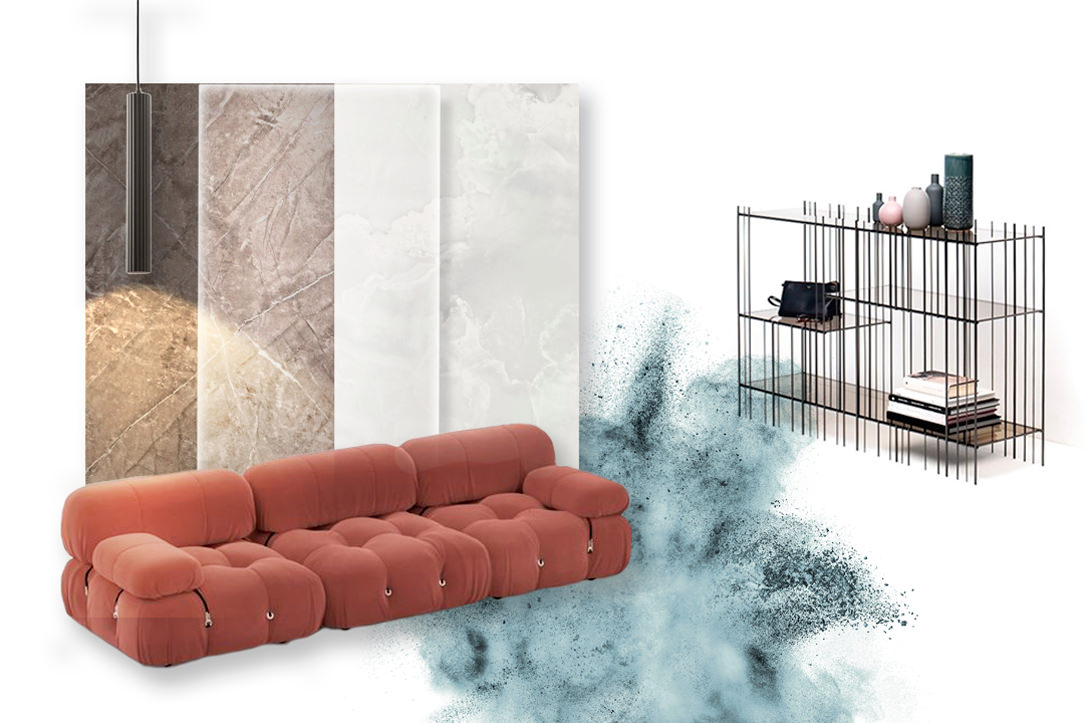
Moodbord in a contemporary style.
High resistance materials for kitchen tops, plays of light and reflections and furnishings between sinuous shapes and iron details.
Colors and materials
Over the last few years, the trends in colors and materials for furniture have developed along different paths.
On the one hand, soft colors and natural materials emphasize an elegance that is increasingly closer to scandinavian taste. On the other hand, touches of gritty colors and a choice of avantgarde materials appears in order to guarantee excellent resistance and refined aesthetics.
If the attention to the ecological impact has certainly an increasingly topical response, it should be emphasized, however, that it is this second trend that characterizes domestic interiors. all the more so if the choice of avantgarde materials is accompanied by experimentation on new materials produced with recycled components and with a low environmental impact.
An example of this are the fabrics produced by Ikea and presented during the last Digital Design Week 2021, made with recycled fibers from old jeans and the new kitchen tops with a percentage of recycled cellulose.
Here then is that at the constant of neutral colors appear more decisive tones that vary from a light pale pink to a delicate sage green. Up to more gritty colors that in the current years have varied from mustard to teal, in widespread use throughout 2020, ending with terracotta that has every intention of invading domestic interiors during 2021.
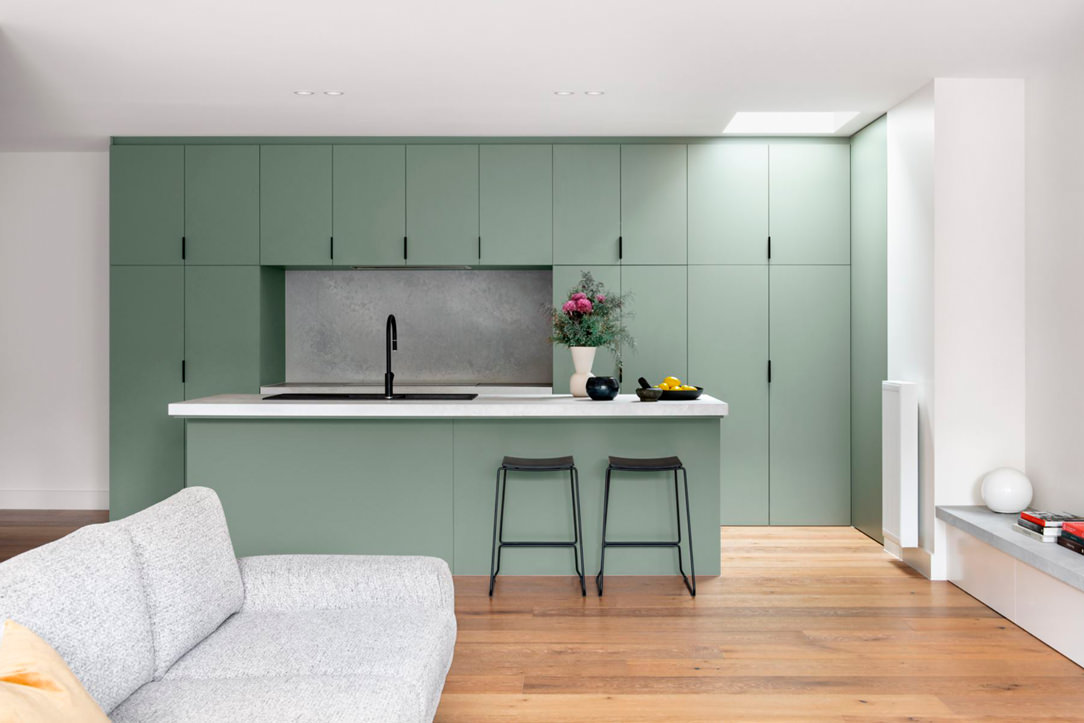
A sage green kitchen.
“The Bend” Residence, Arch. Rob Ryan.
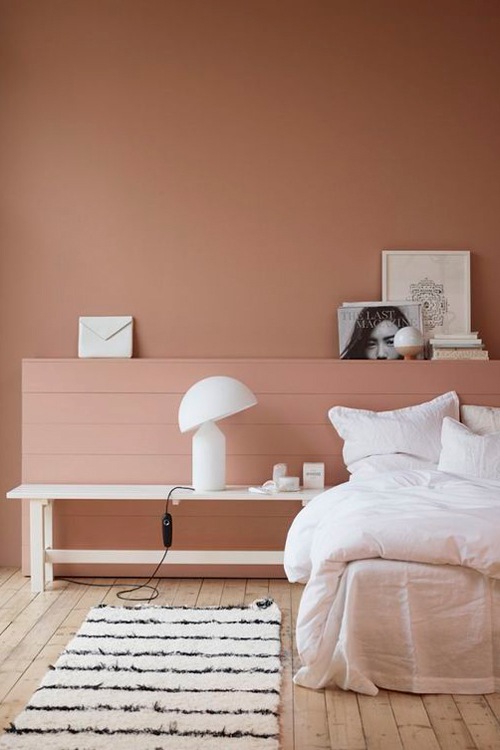
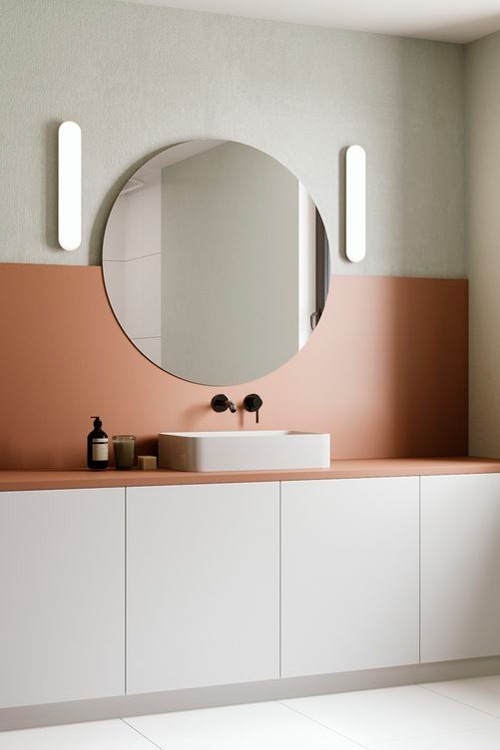
Terracotta colors have prevailed for several months in contemporary interiors thanks to their natural but decisive tone
In this contemporary attic, a teal velvet sofa
The kitchen as a focal room of the living area
The changes in social and individual life brought about by the pandemic have also led to a different perception of the domestic environment.
The introduction of the smartworking concept has increasingly marked the demand from customers to provide angles for remote work within their homes.
Similarly, the kitchen, which has always played a fundamental role in domestic interiors, has rediscovered its centrality even more.
The passion for cooking, also underlined by the world of communication with programs and tv-shows focused on this theme, requires an ever-greater attention to the materials, aesthetics and functionality of this environment.
Here then is that the coverings of doors and drawers are equipped with increasingly sophisticated laminates.
The strength of these materials lies in the great resistance capacity and good maintenance, flanked by an increasingly refined aesthetic line. This is the case of fenix, a material appreciated for its absolute opacity which is accompanied by a softness to the touch.
As for the kitchen countertops, the principle of high resistance and excellent ductility translates into the choice of recomposed materials and innovative agglomerates. Here then is the choice of tops in Dekton and Neolith, and then move on to cheaper options such as Okite and laminated HPL.
A contemporary style Barcelona kitchen with a Neolith Stauario top
In this contemporary kitchen, the onyx-effect top gives a touch of grit and character, matching the soft pink doors
The dark dekton top of this modulor work matches the chromatic choice of the matt lacquering of the doors, while the wall units in bleached oak laminate echo the snack top of the island.
Contemporary style furniture: 2021 trends
Already during the last Digital Design Week the new trend of contemporary design is clearly identified: the recovery and reinterpretation of the Modern Style.
For the living world this translates into the choice of sofas with sinuous shapes that emphasize important padding, accentuated by the choice of velvets.
From the immense corner sofas to which we have become accustomed in the past years, we have now moved on to more compact conformations.
Two- or three-seater sofas accompanied in case by matching armchairs or chaise longue and dormouse. The latter are in fact back in vogue, made contemporary by dynamic and fluid design lines.
On the floor, colorful carpets appear, with geometric patterns that increasingly come closer to the world of art, and shaped shapes with an eccentric inspiration. A masterful example is certainly the cc tapis production, also present in the contemporary interiors of this work between soft pink and pure white.
In the sleeping area, on the other hand, the beds increasingly equipped with a trunk structure are enriched with padded headboards, most of them with capitonné aesthetics.
There is no lack of details, especially in the bathroom but also in the living area, in iron.
This denotes the design lines of a clean and minimal aesthetic. Often combined with the choice of extra-clear glass, it creates a chromatic and material contrast of contemporary elegance.
In this contemporary style bathroom, a large transparent glass shower is embellished with an iron frame that reflects the chromatic choice of the taps.
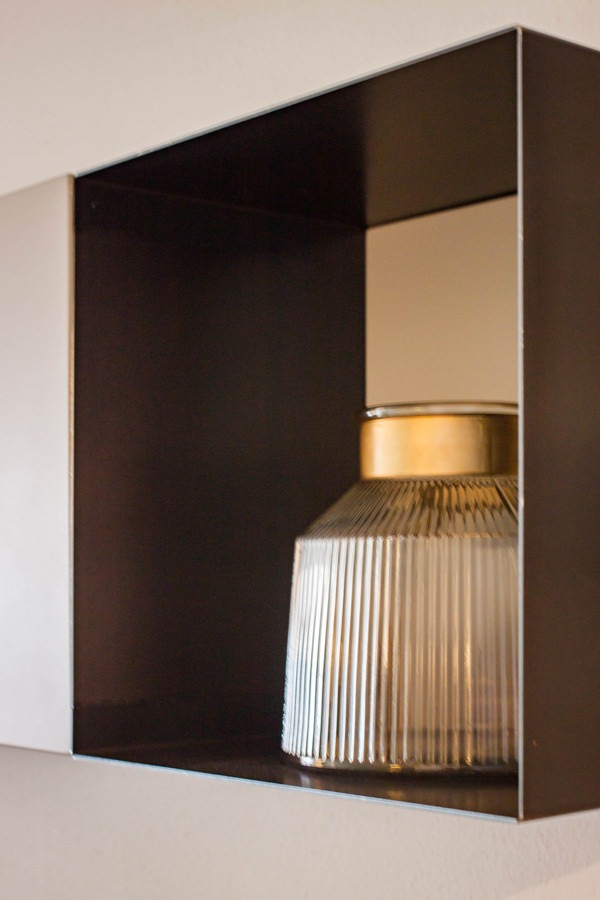
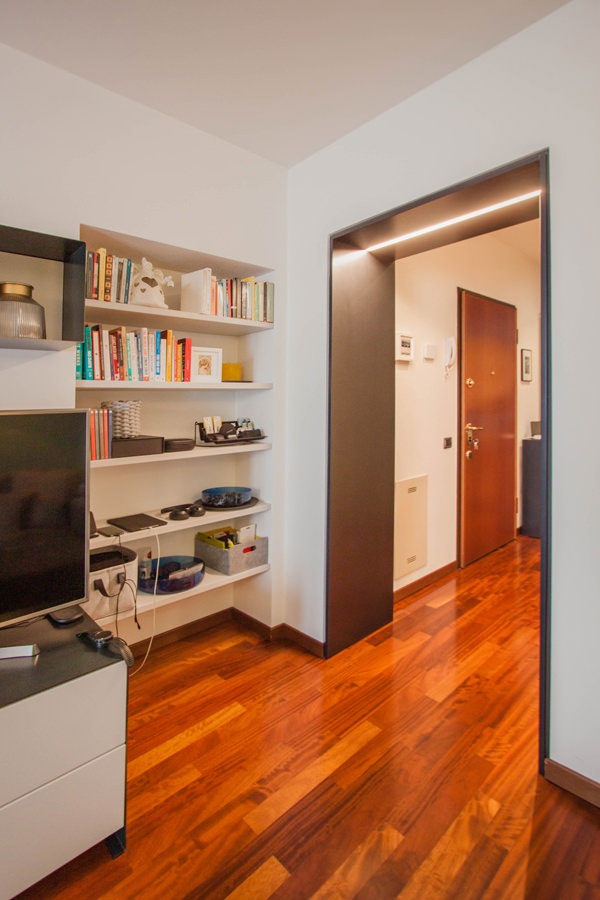
The choice of iron details for the TV cabinet in this living area denotes a contemporary elegance
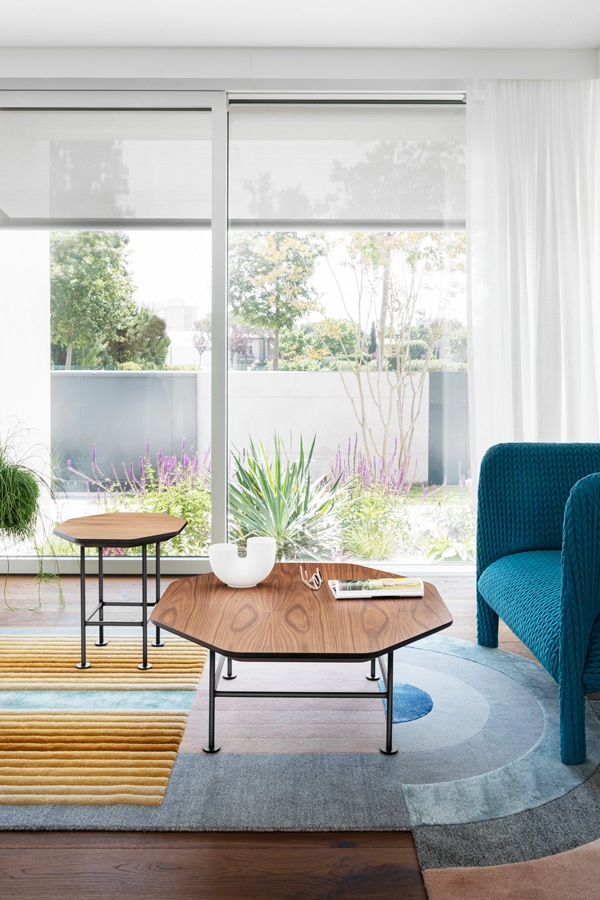
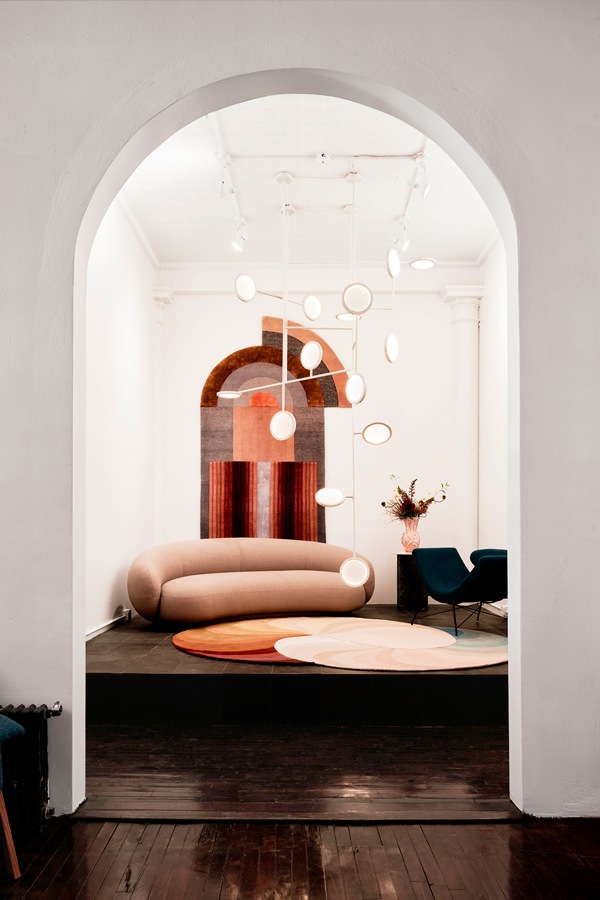
CC Tapis rugs with a contemporary design and shaped shapes.
Left: Matter of Stuff, May 2019. Right: Miniforms 2019 Catalog, Laura Pozzi Studio, Photo Alessandro di Bon
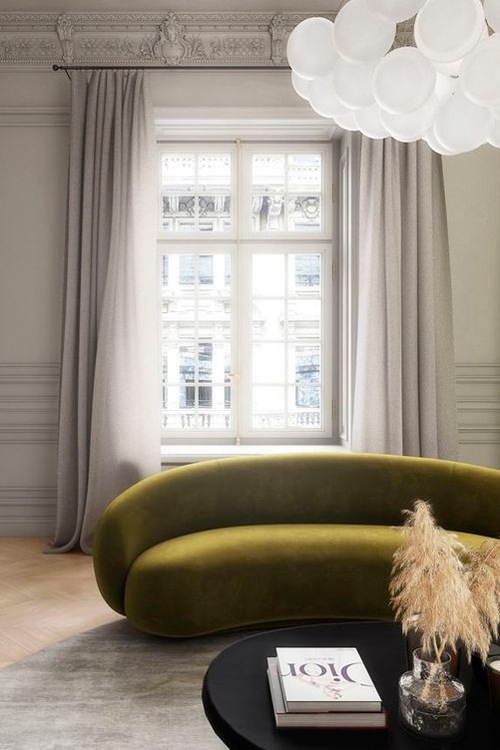
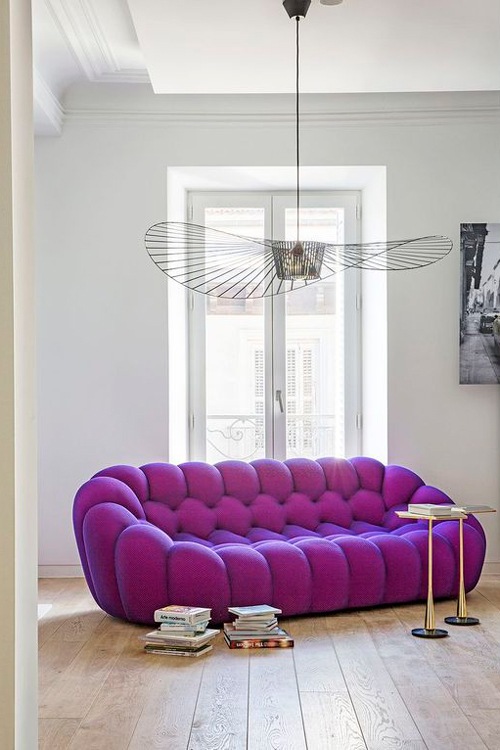
Some examples of trendy 2/3-seater sofas in 2021
To conclude …
The contemporary style furniture, albeit constantly changing, is characterized by well-defined design choices. It adapts perfectly to elegant and simple tastes, for souls predisposed to always remain in line with the latest trends and design products. Those who choose the interiors of their home in a contemporary style dare to choose character, even if combined with neutral contexts.

